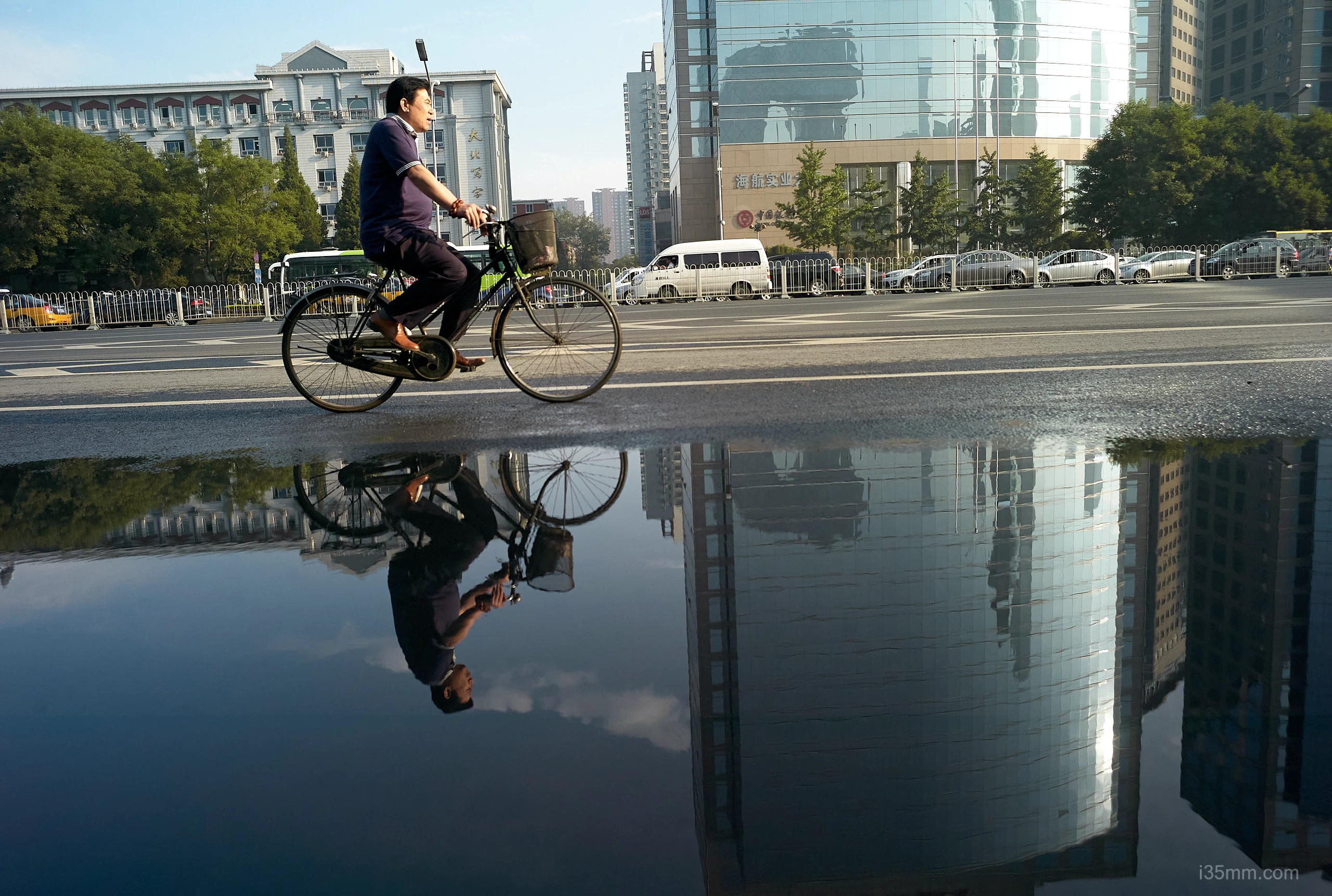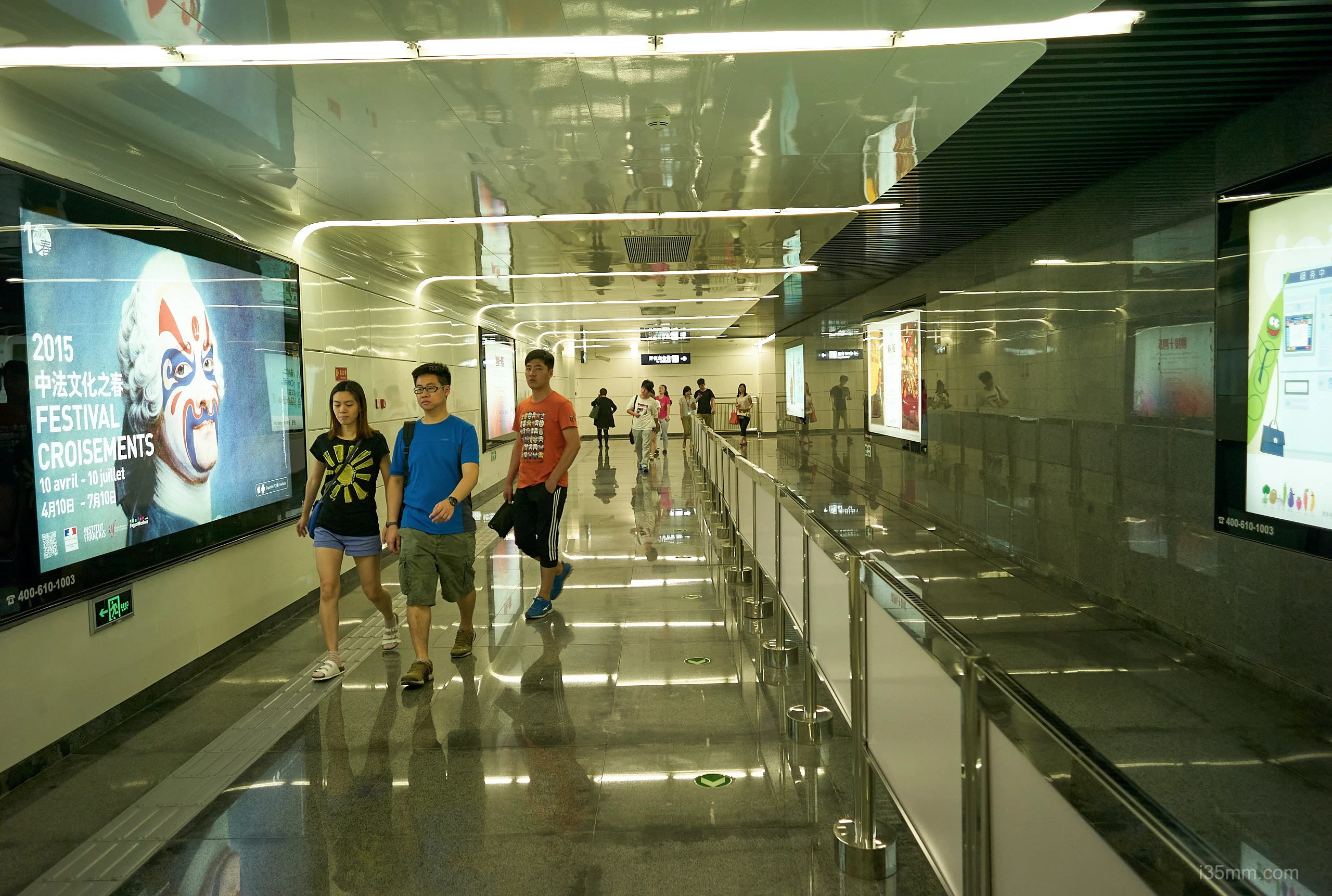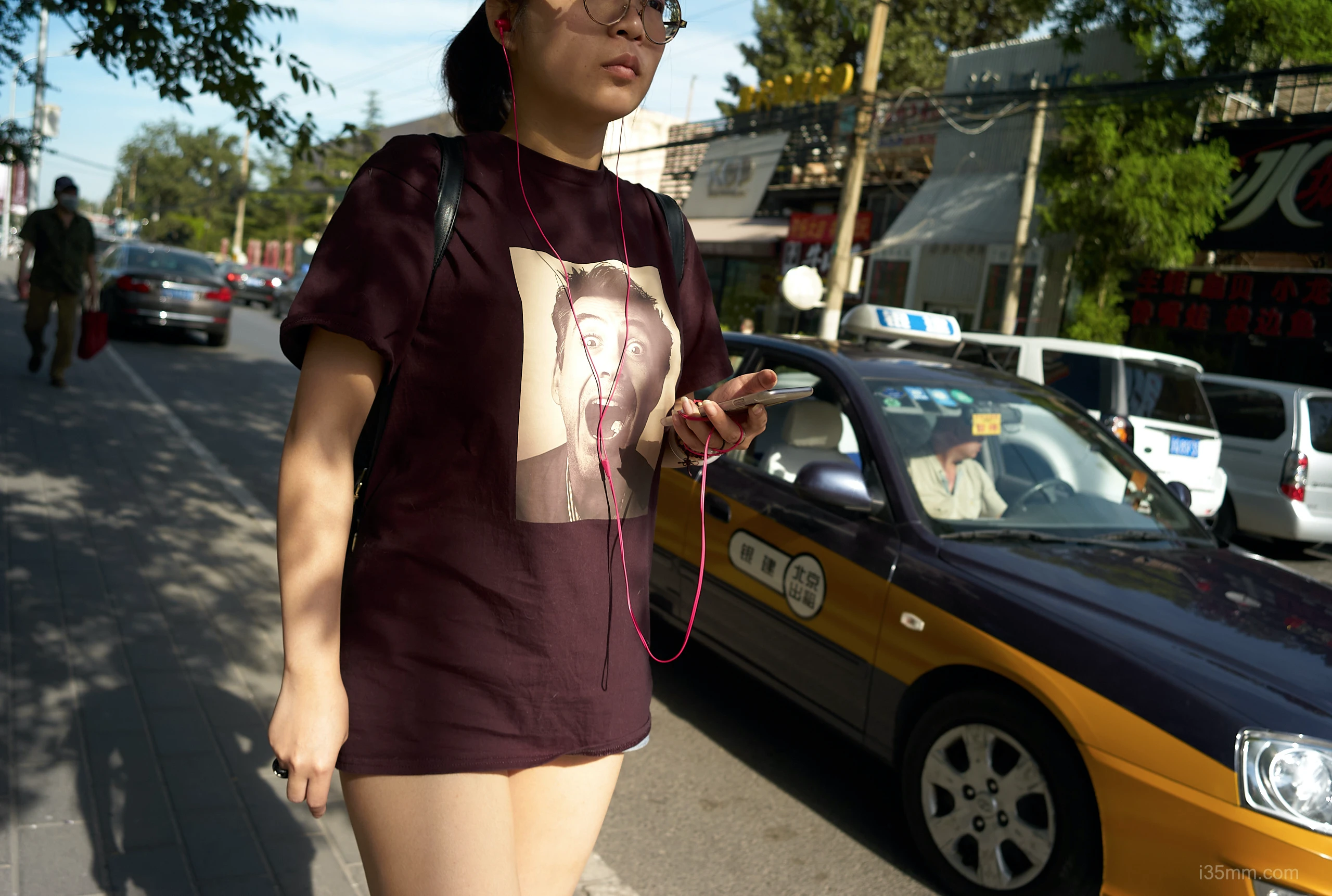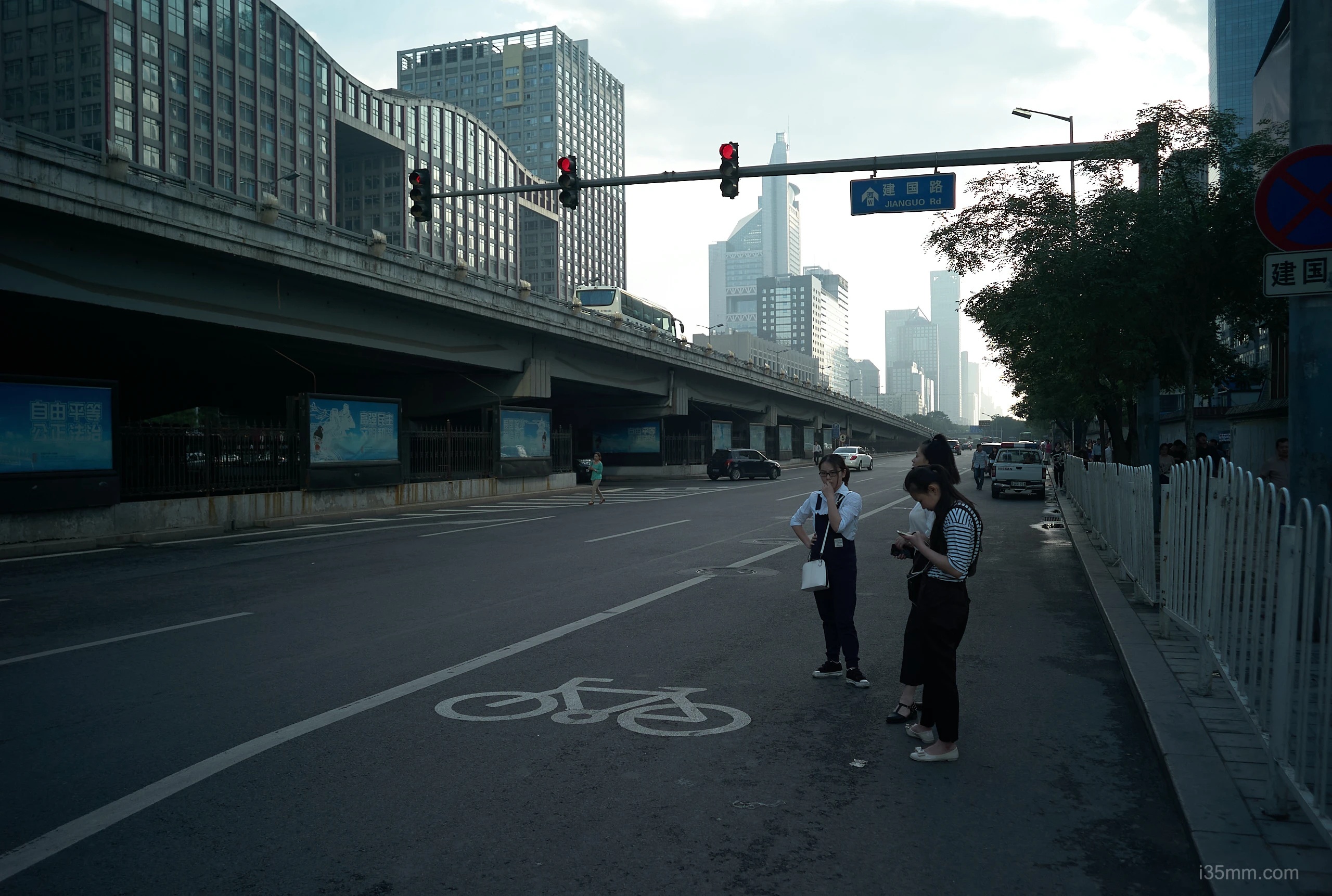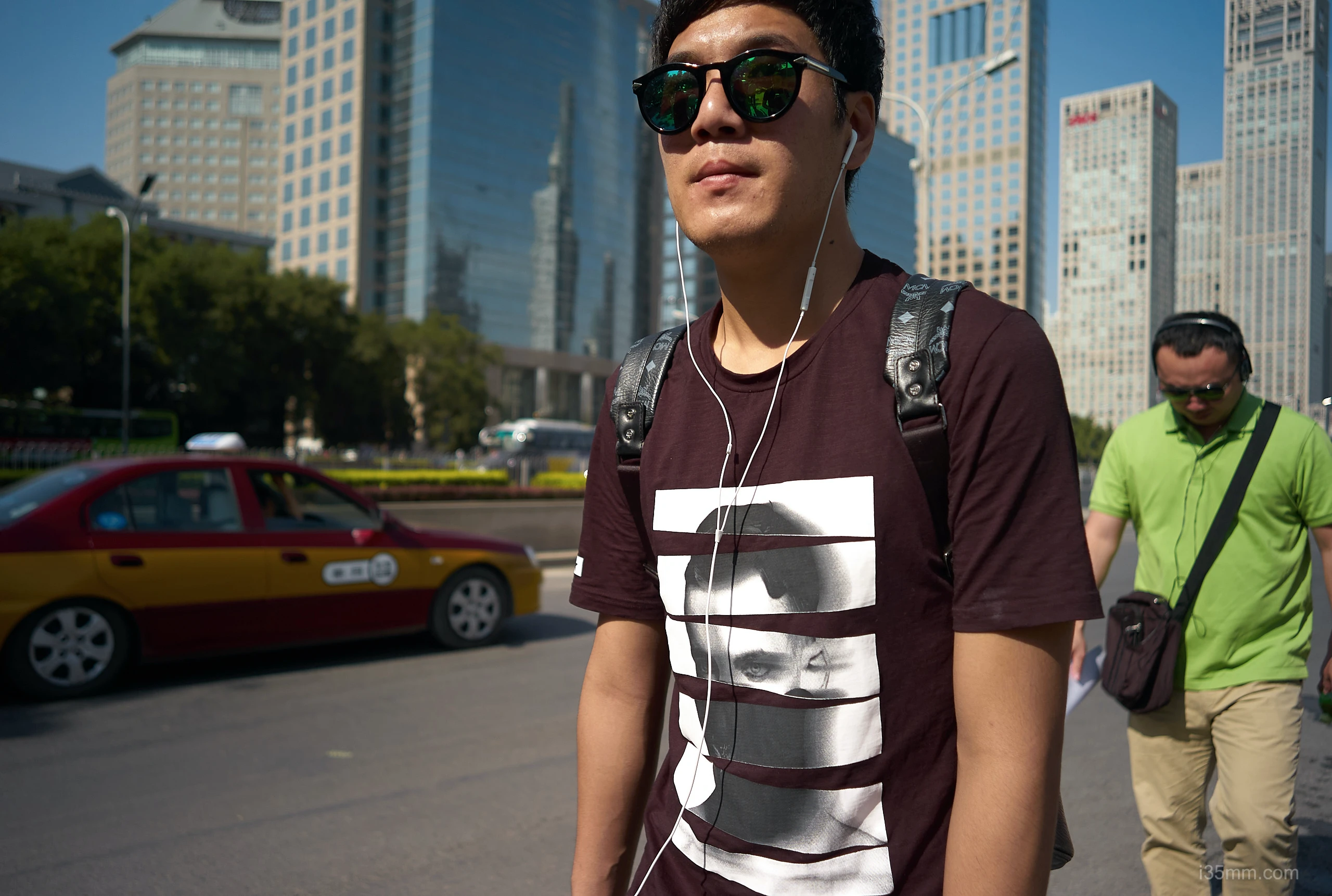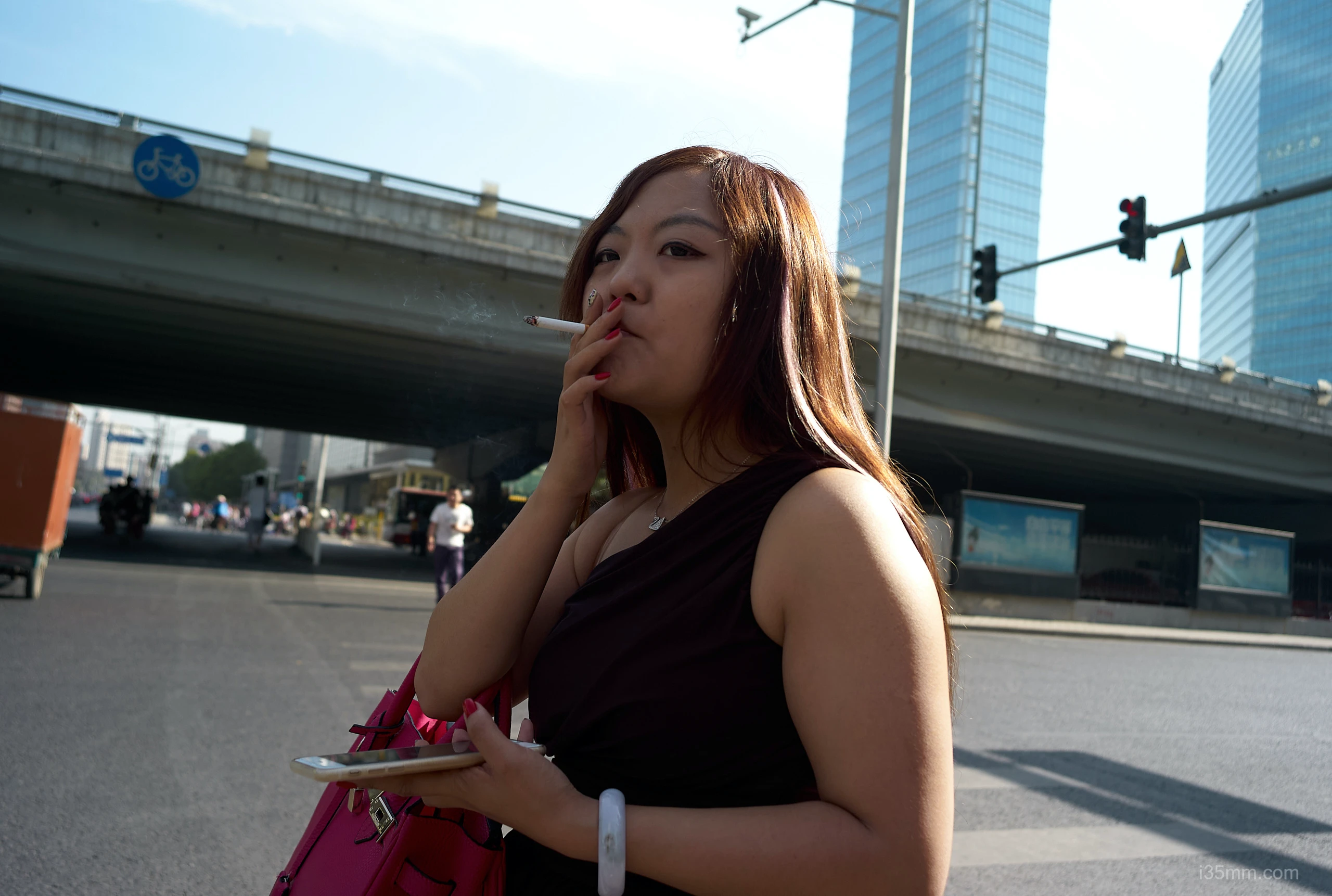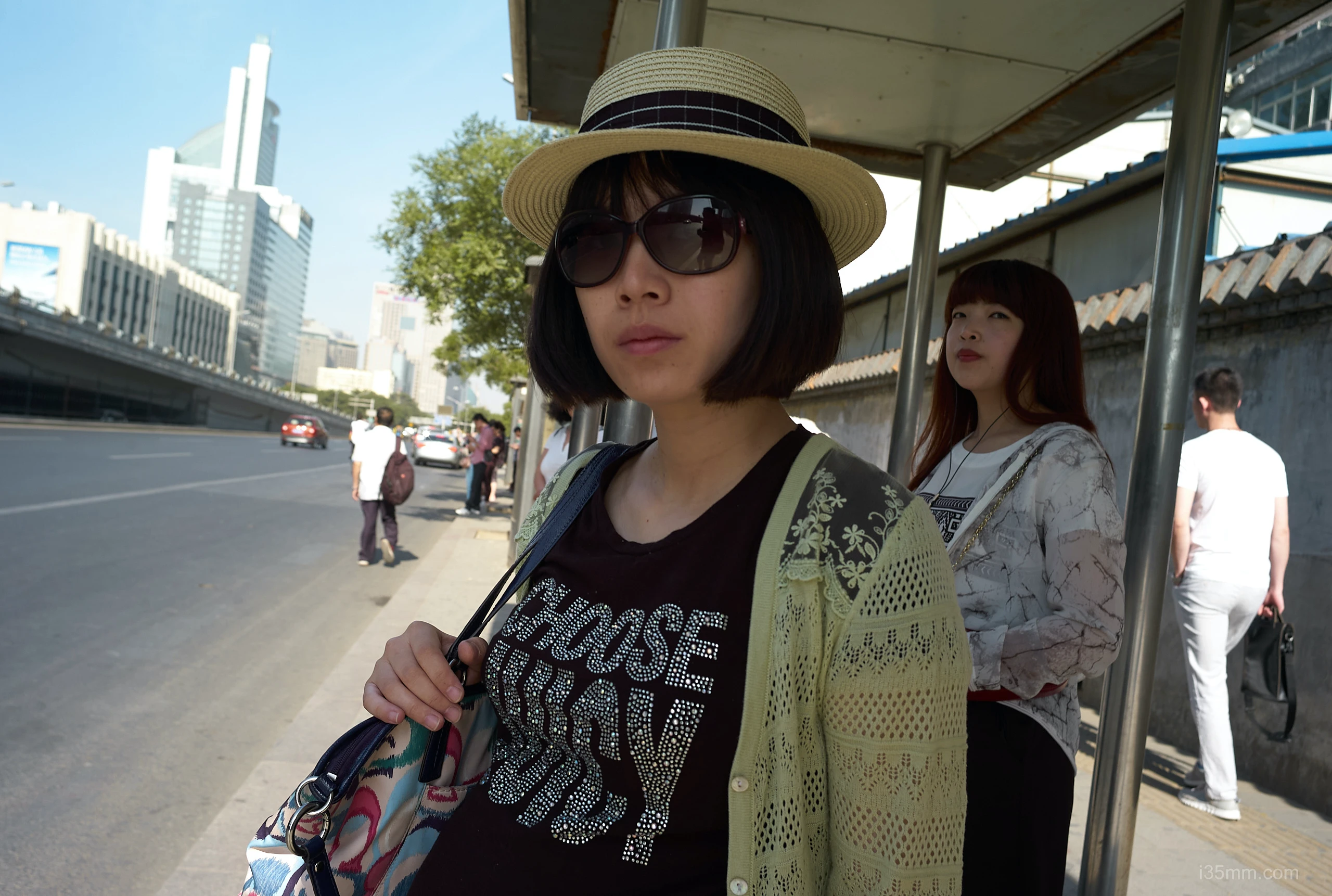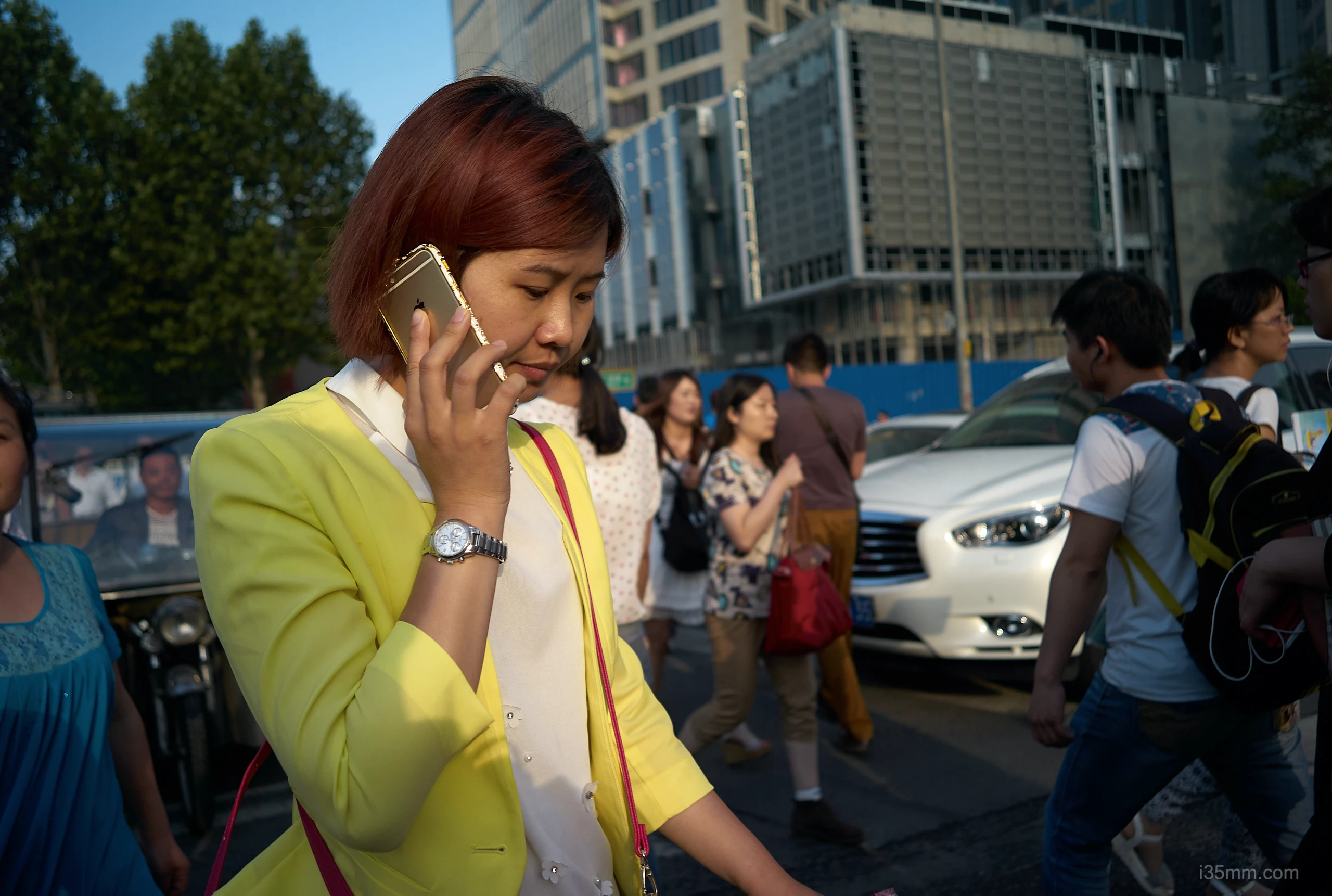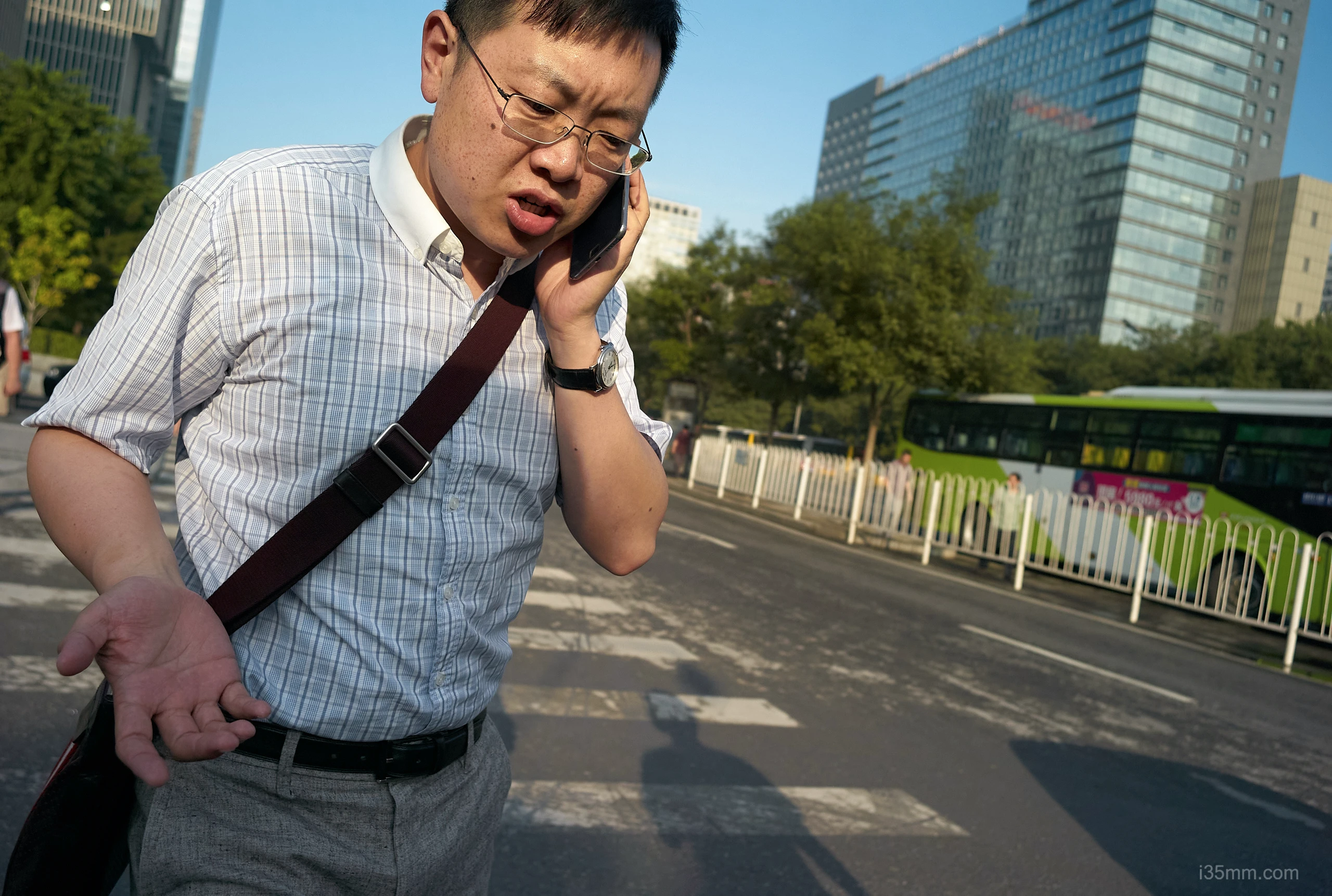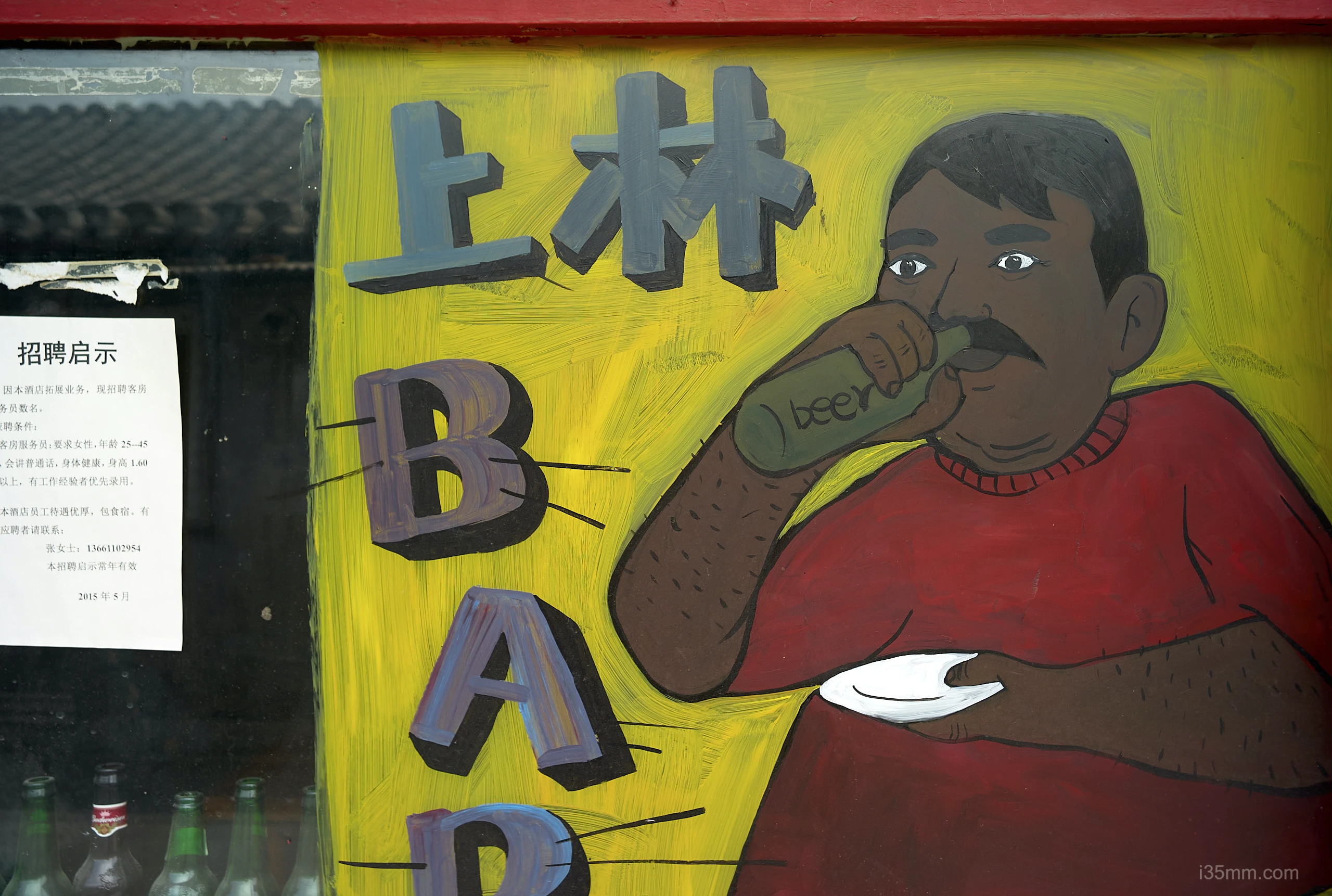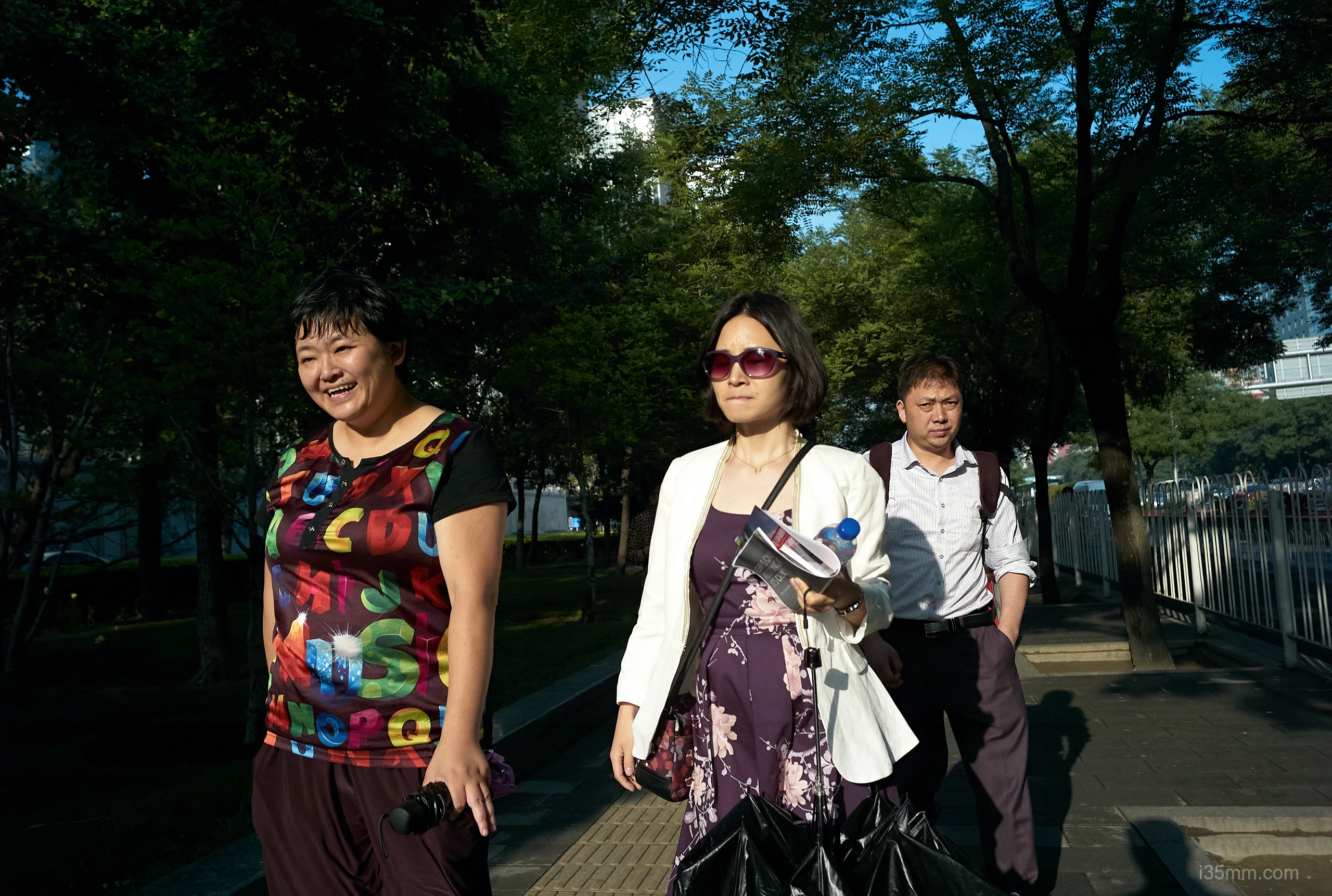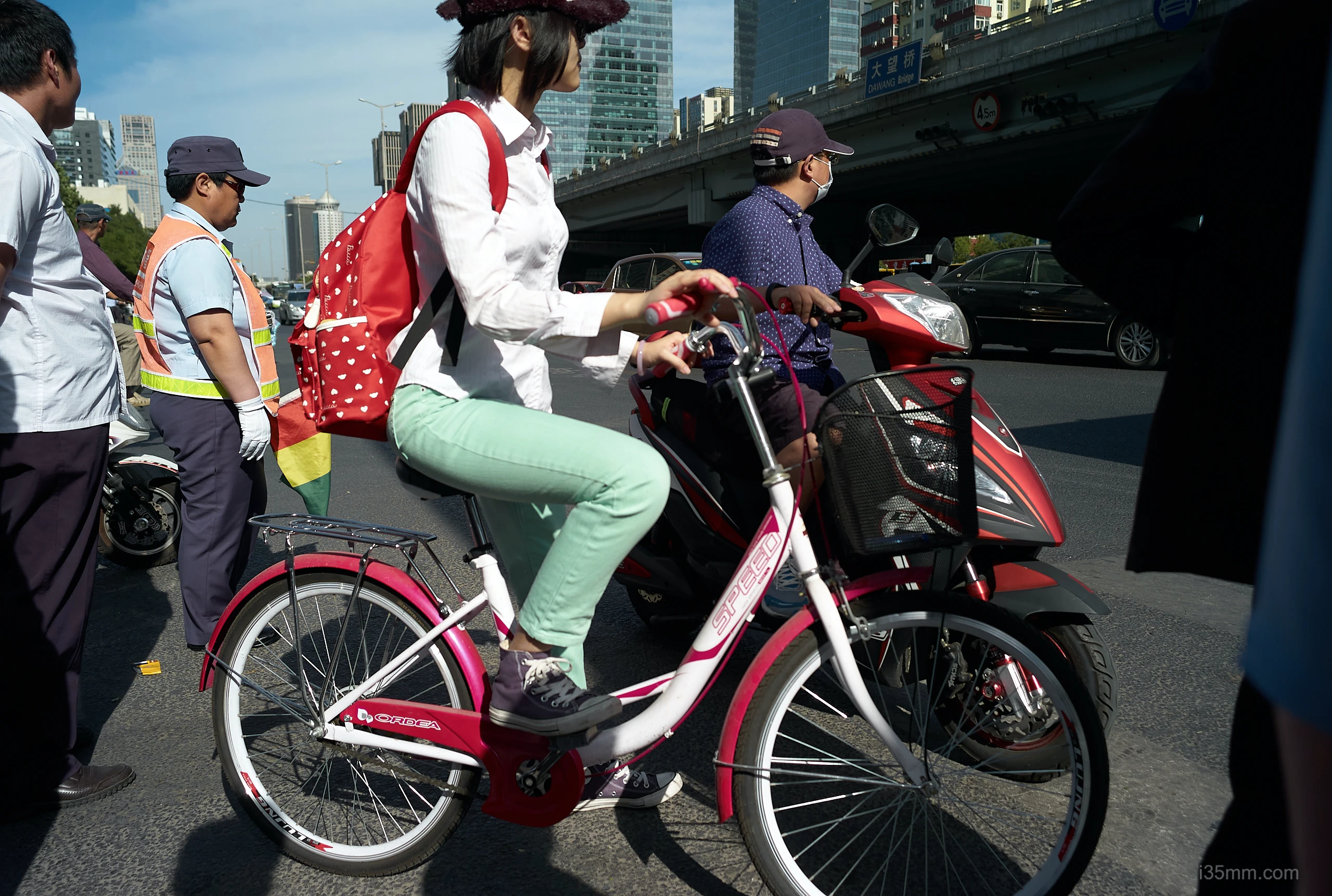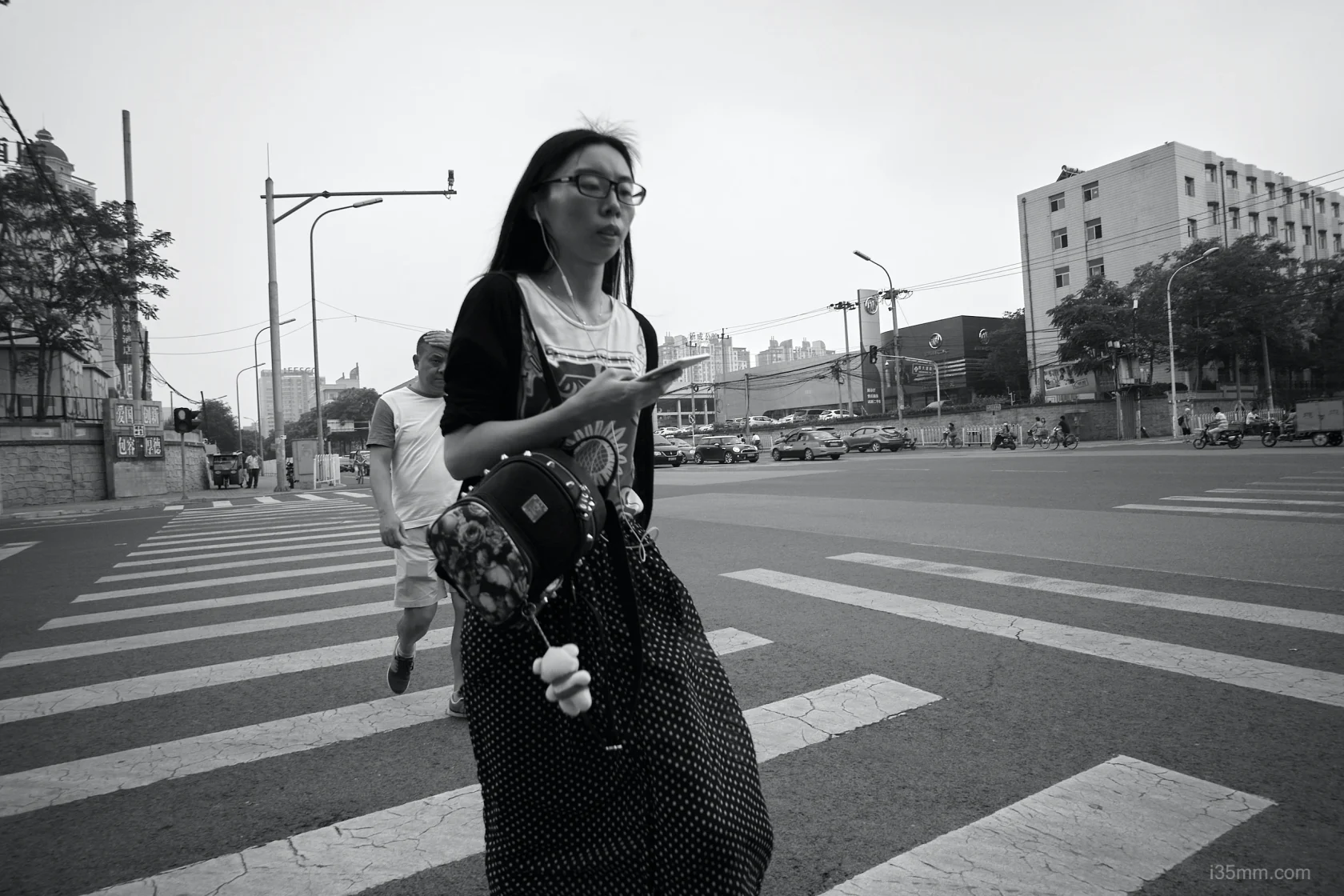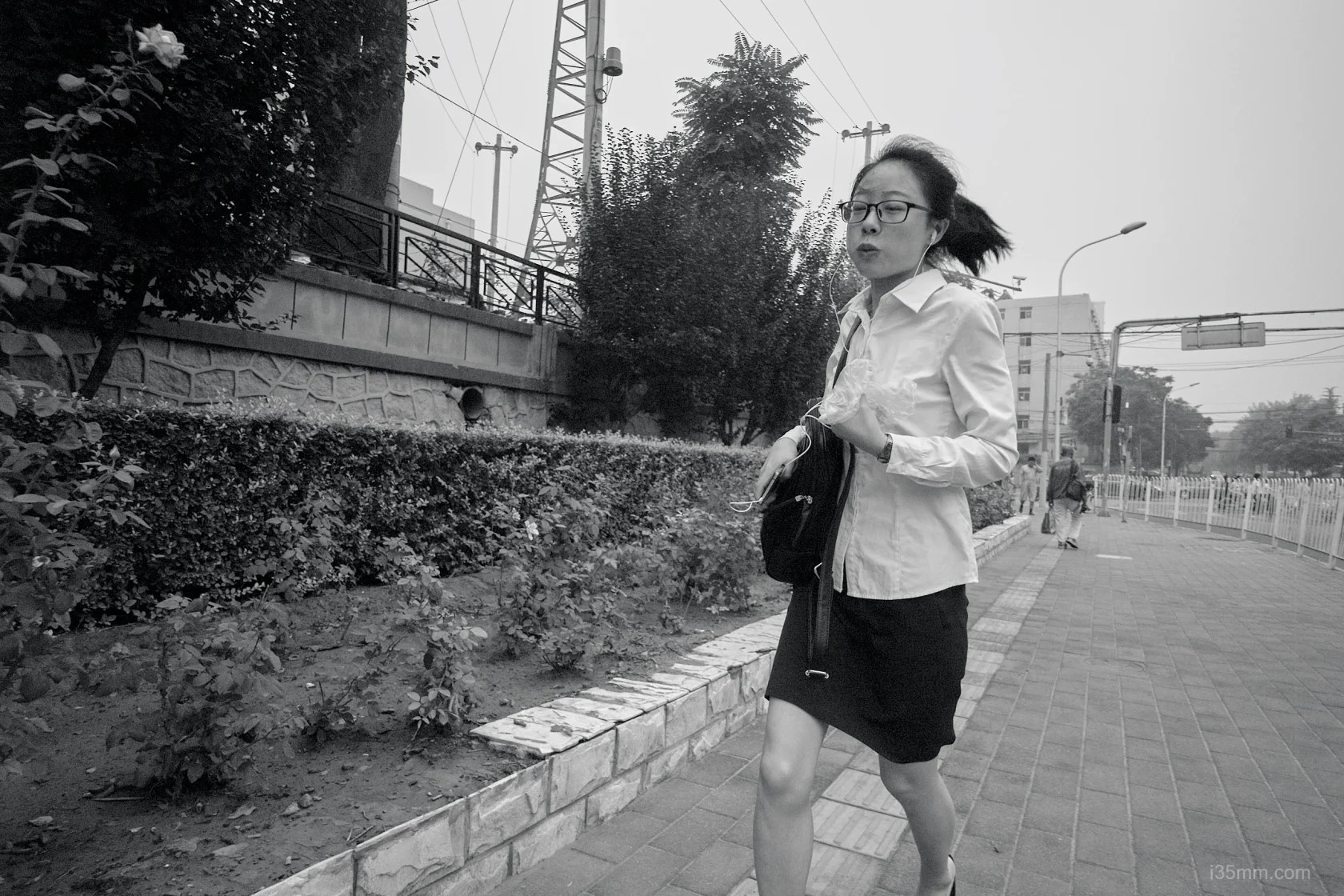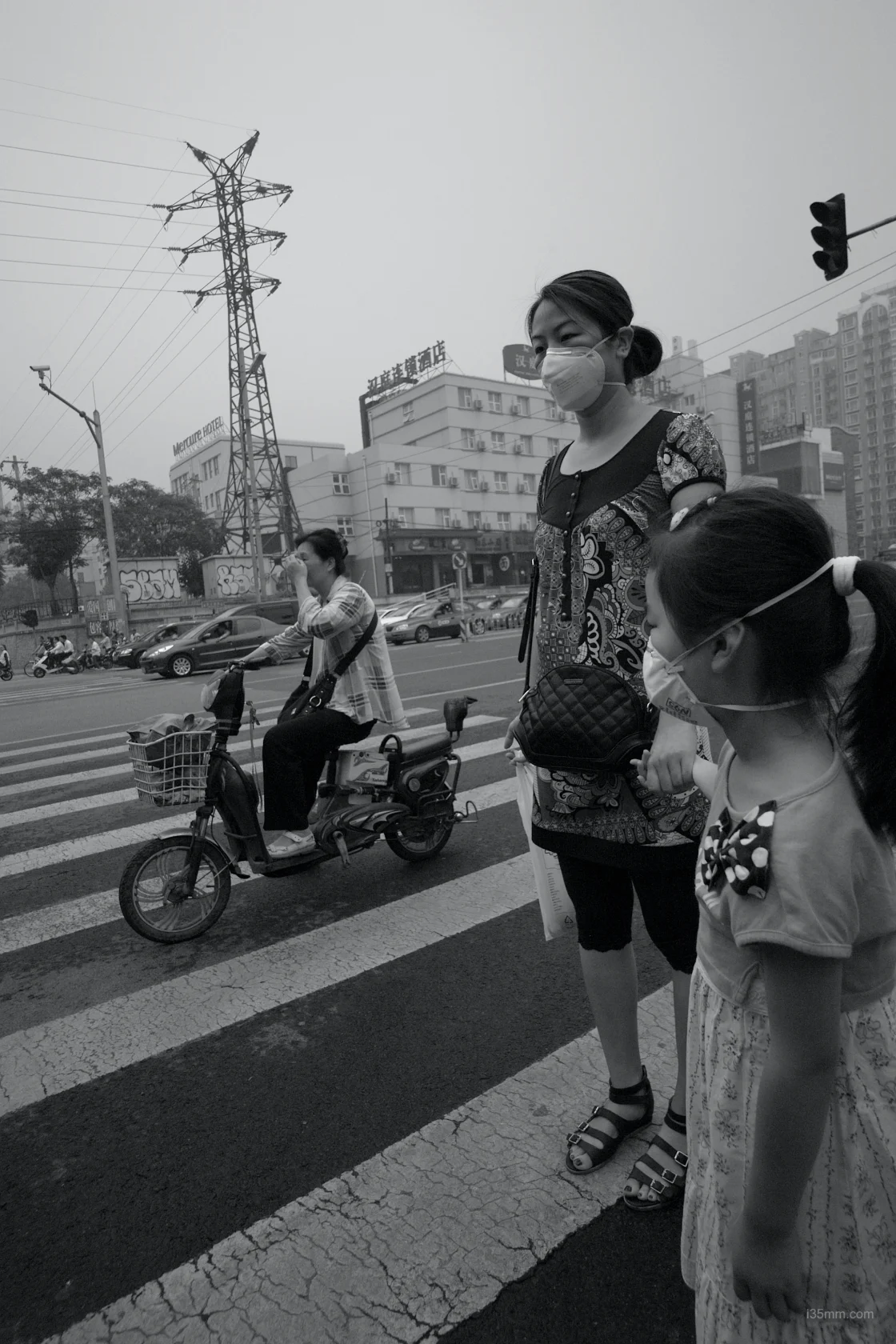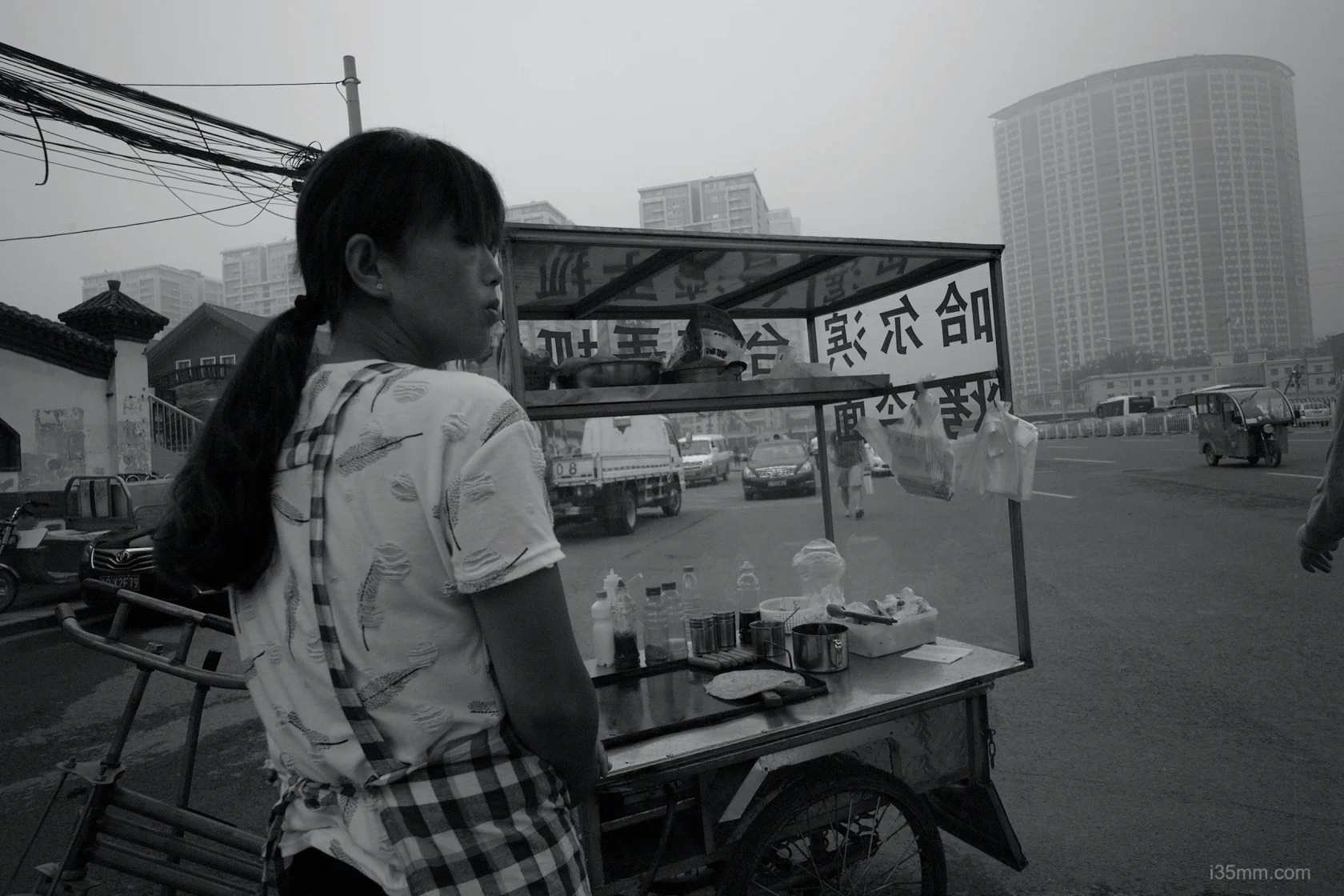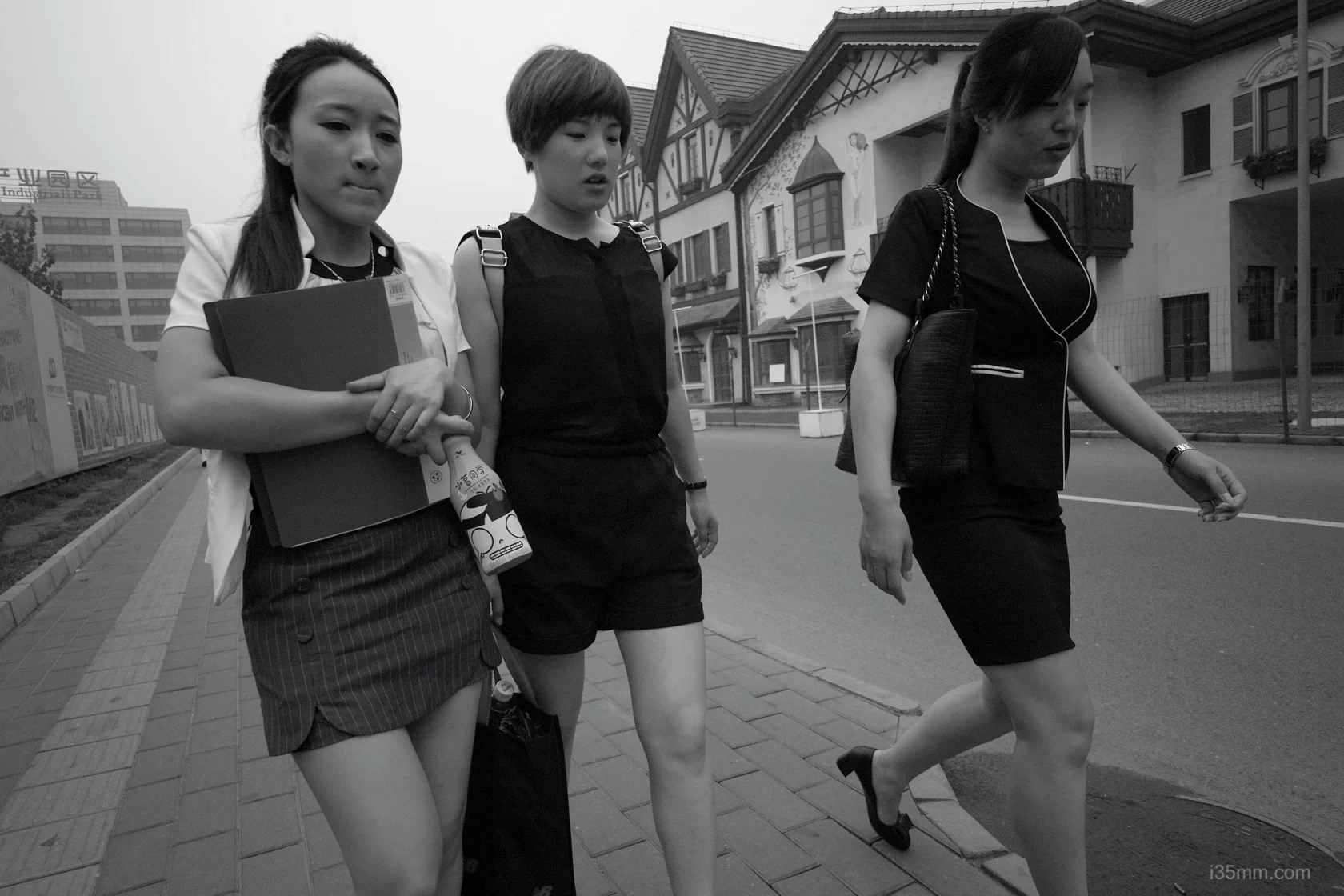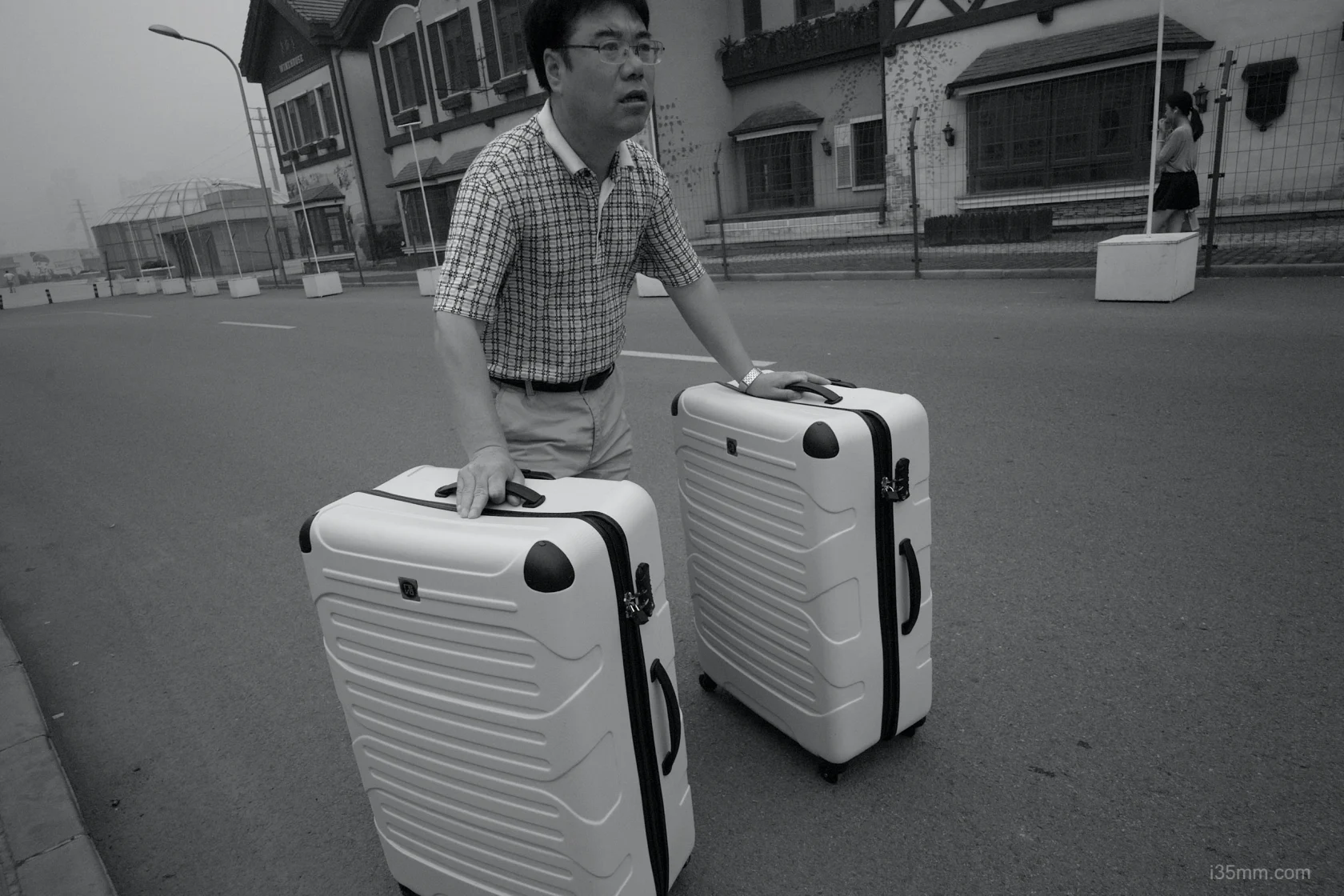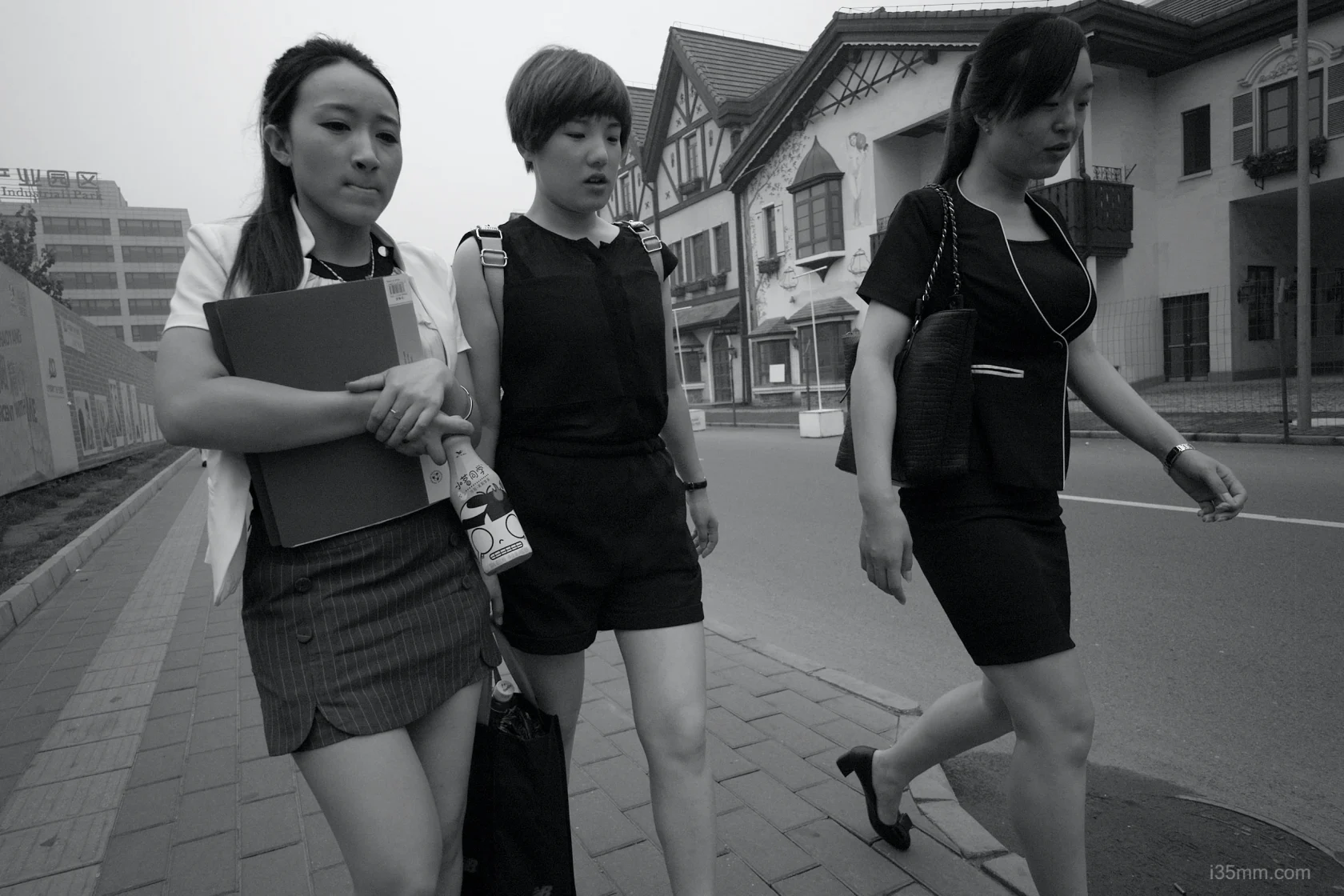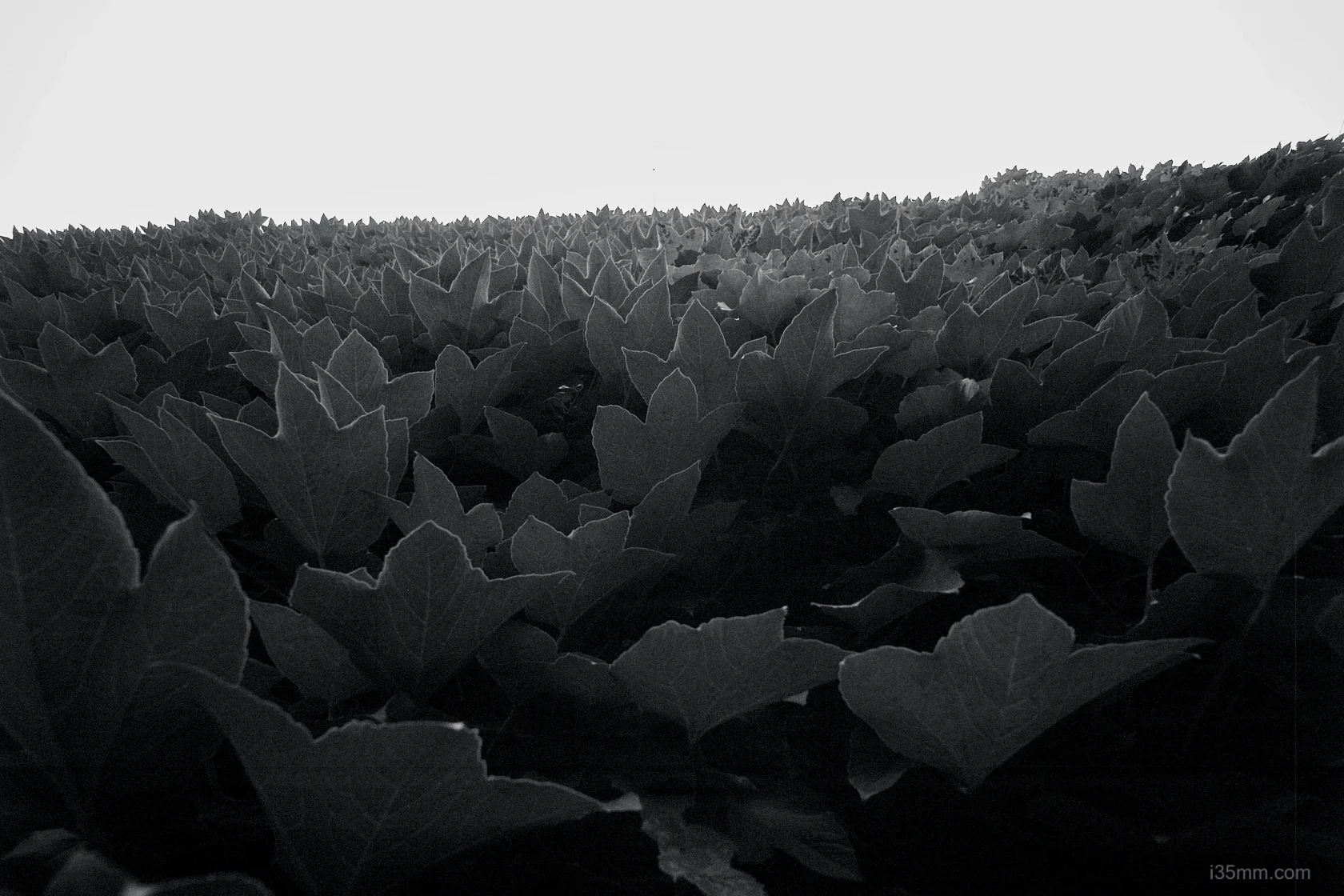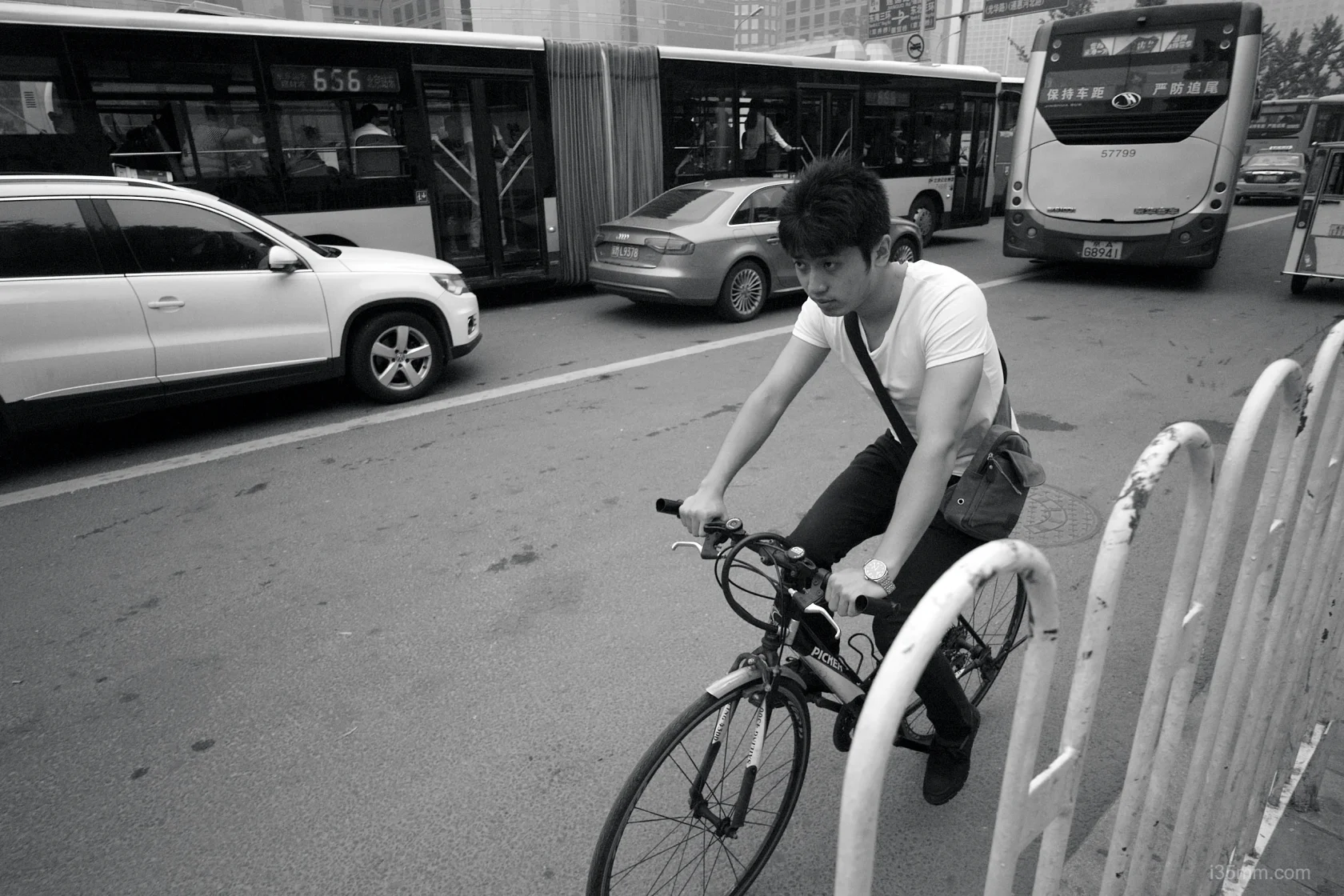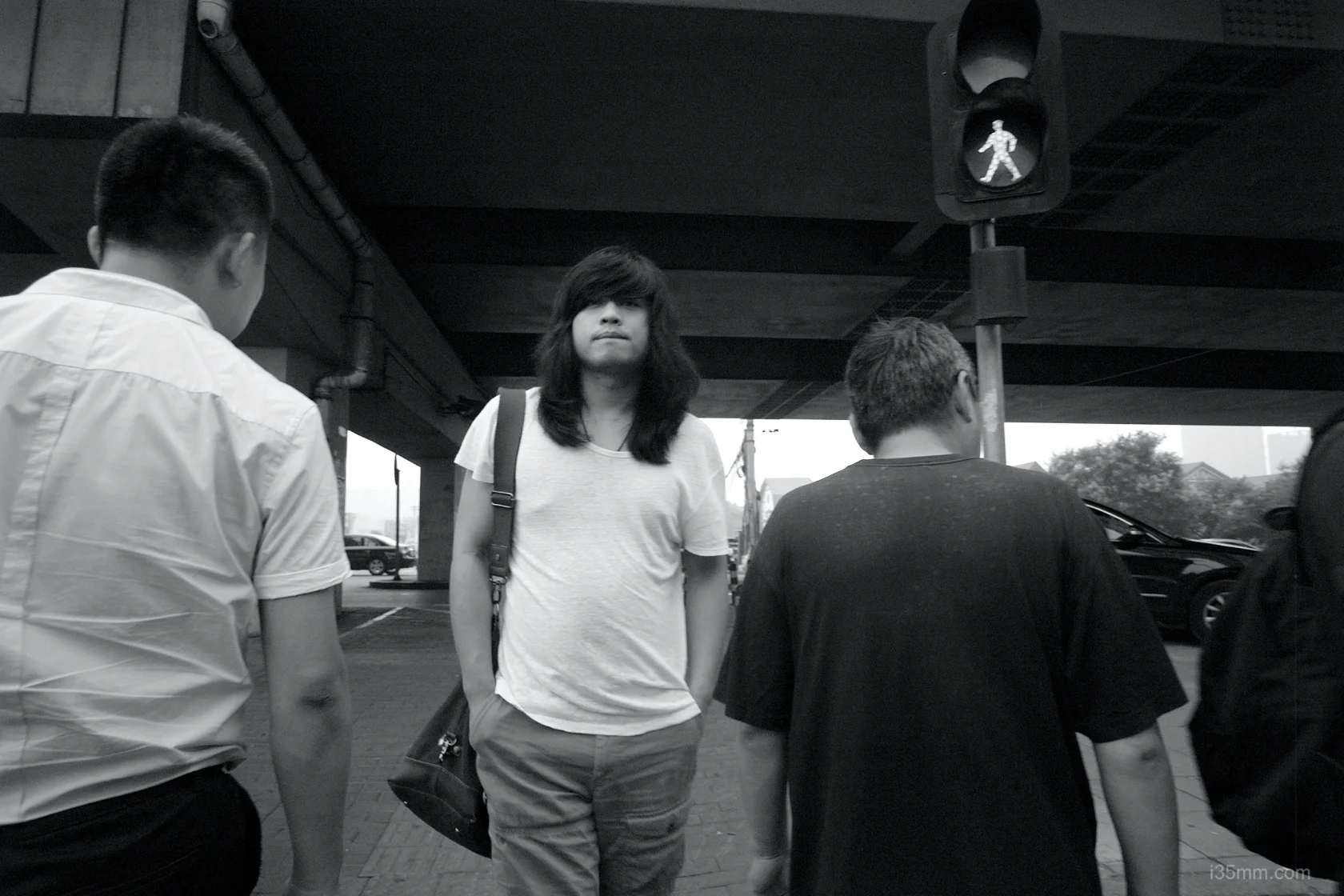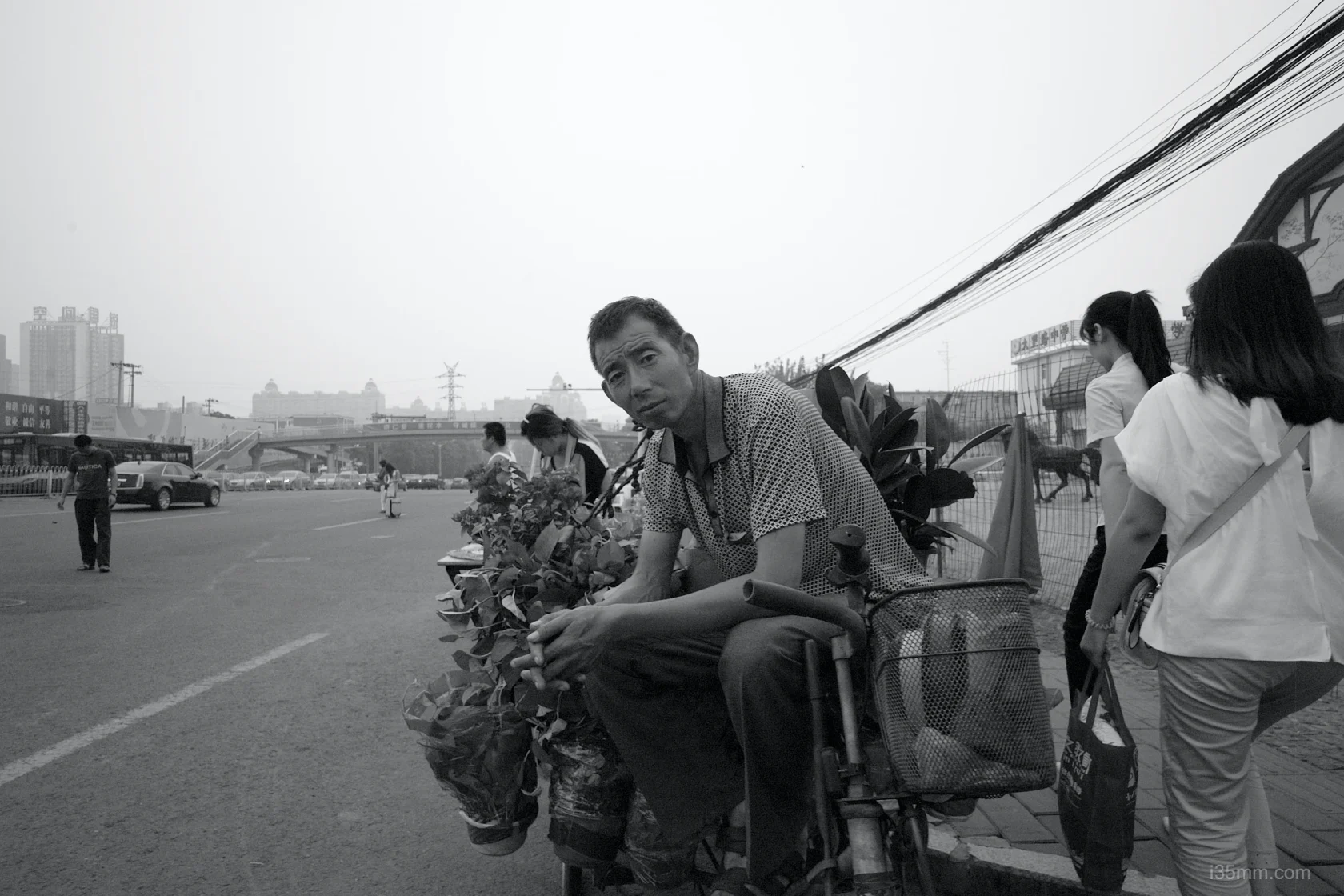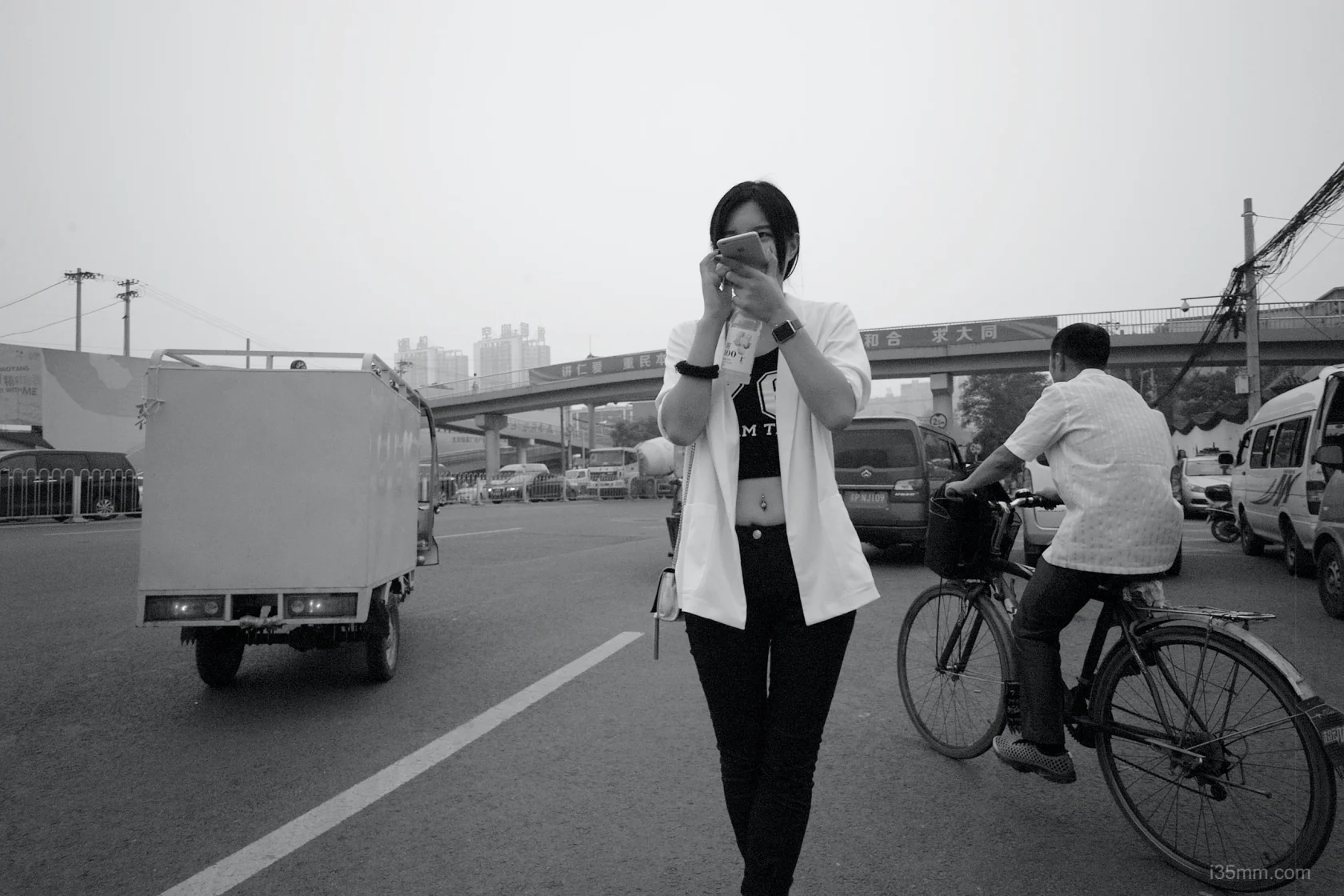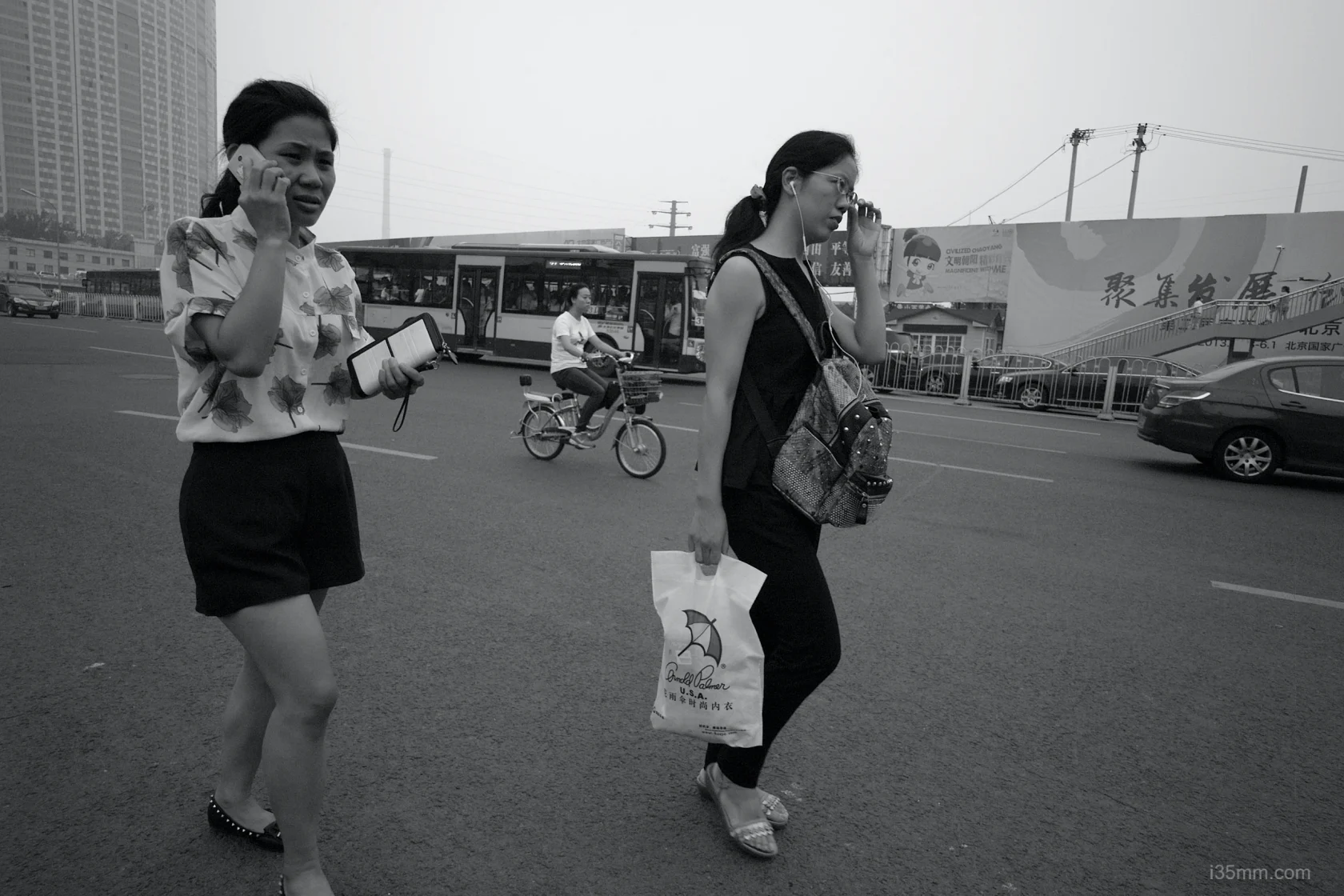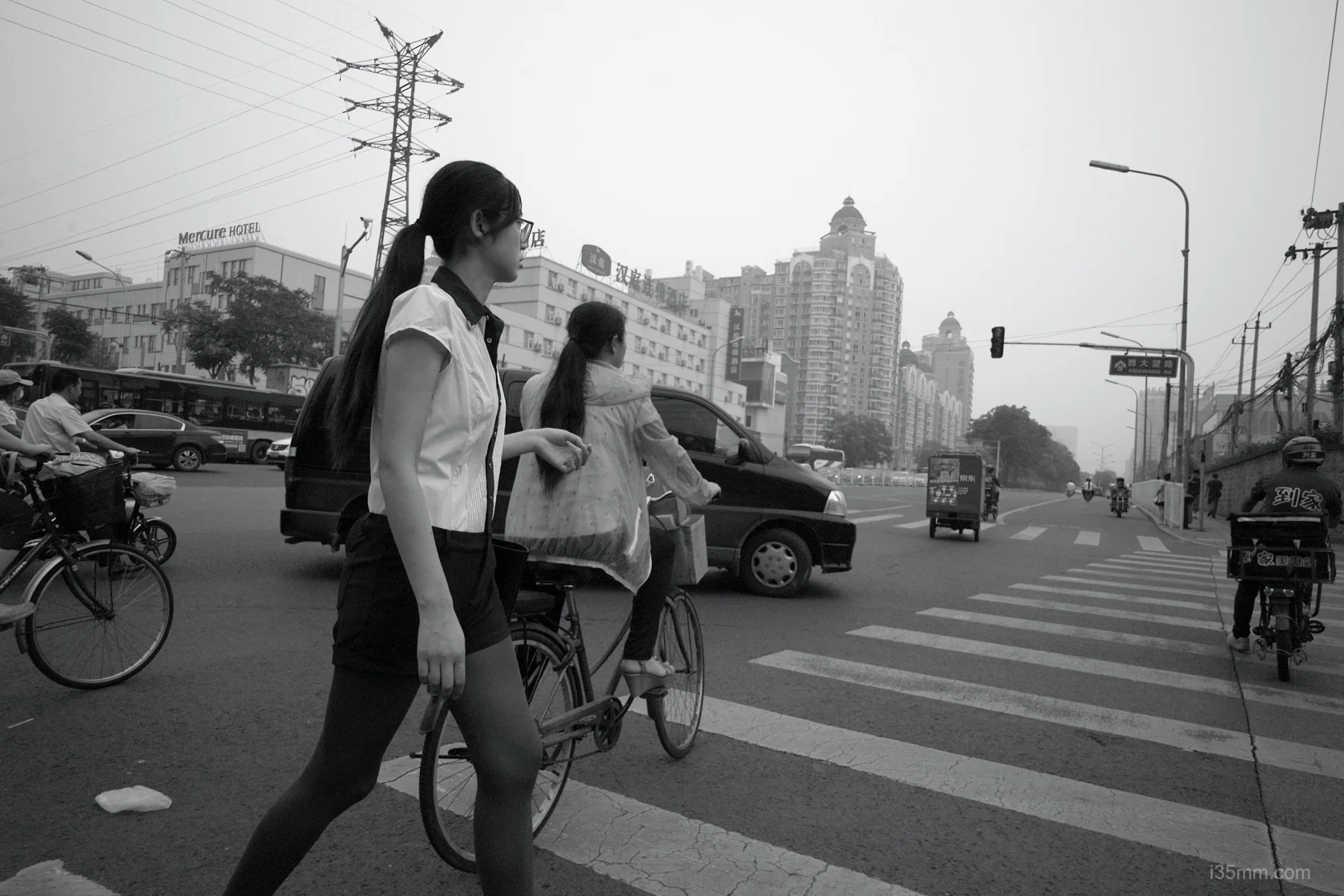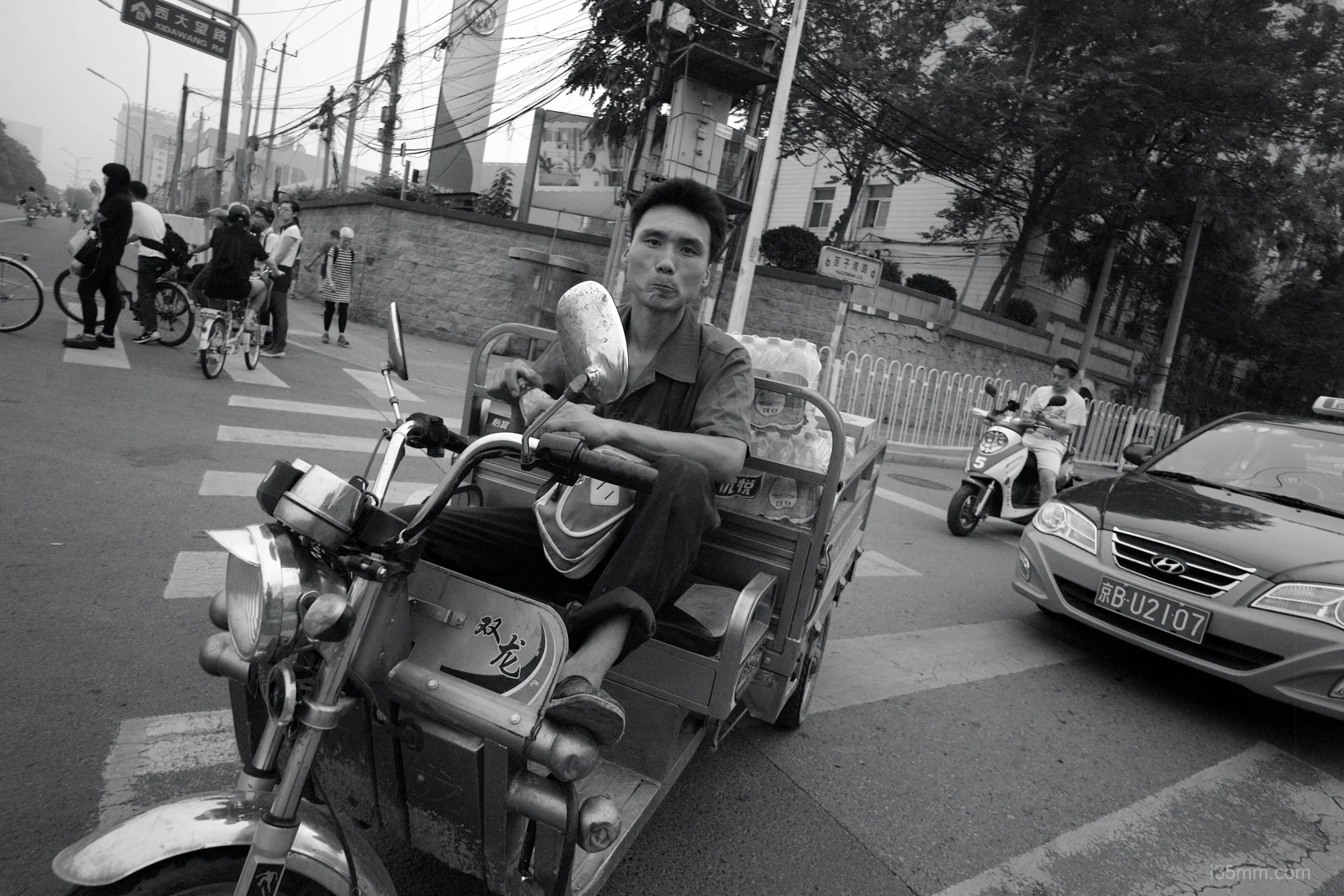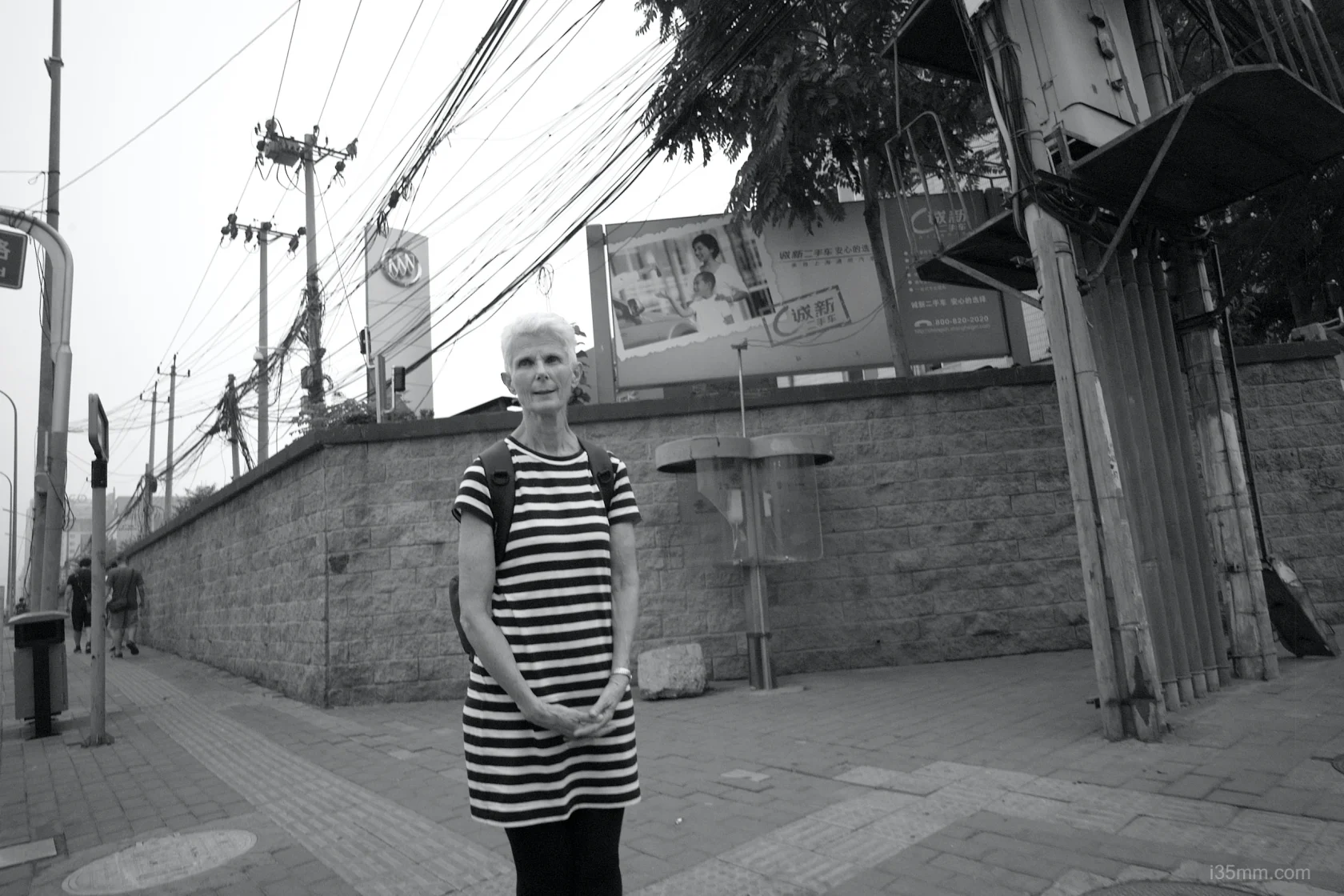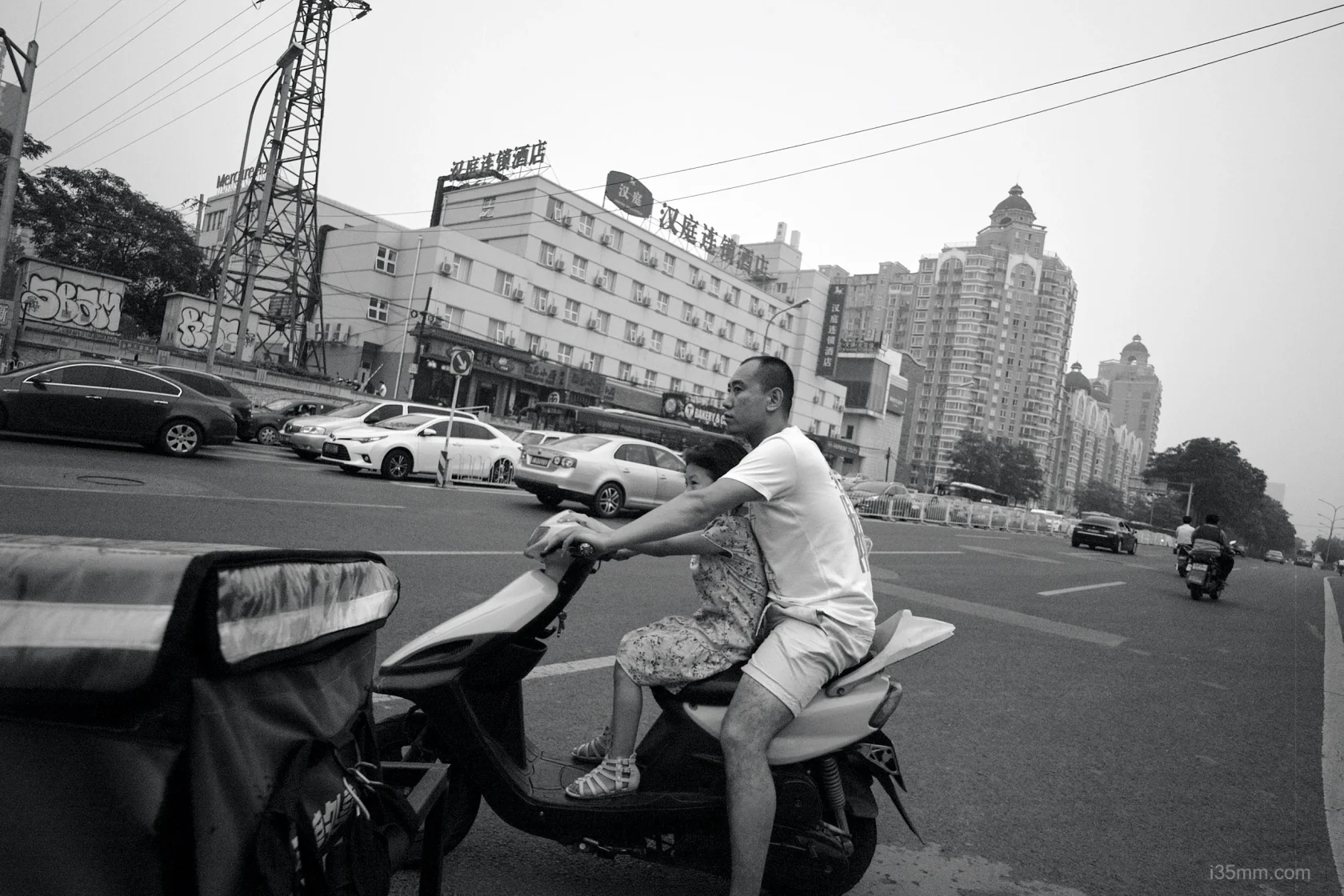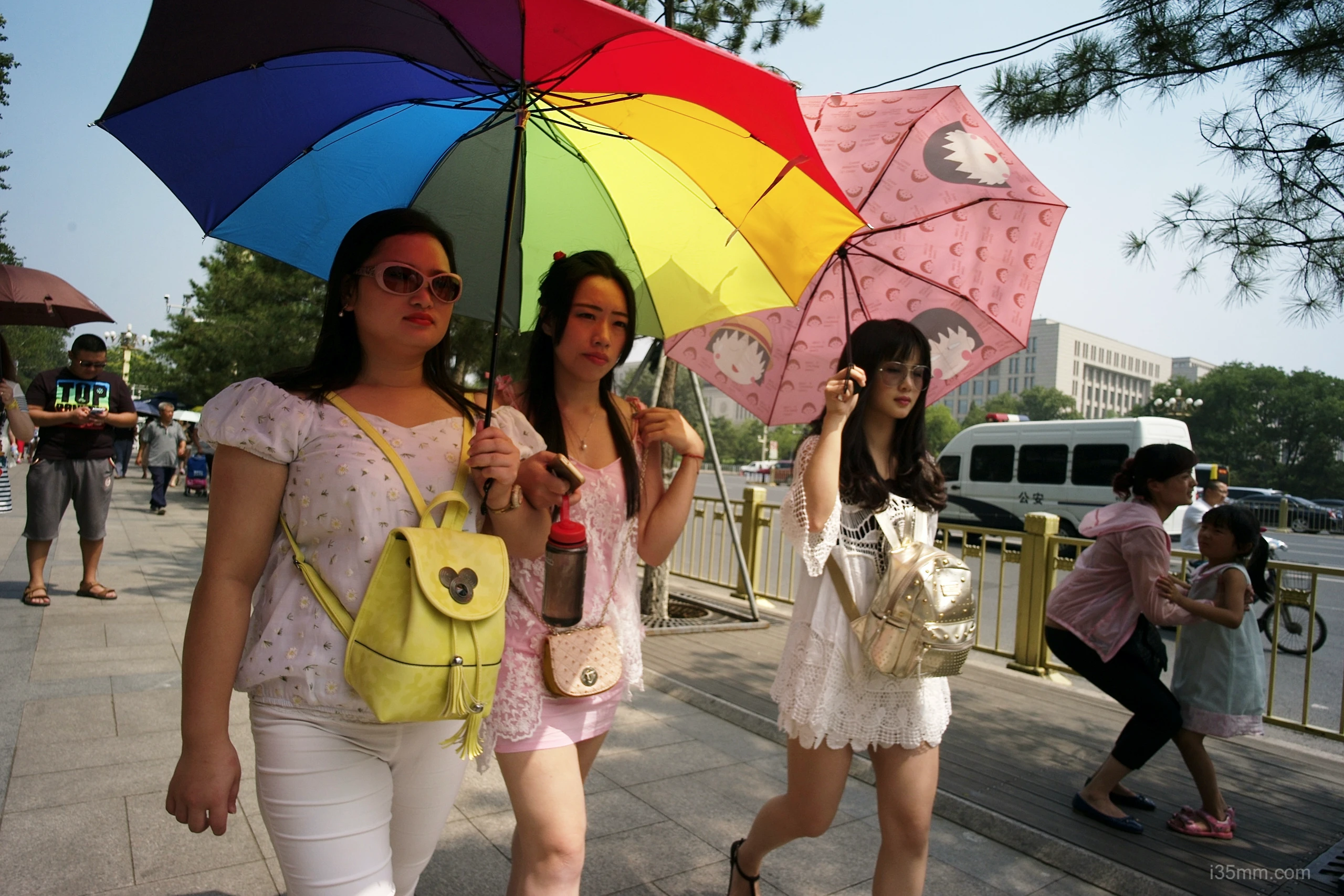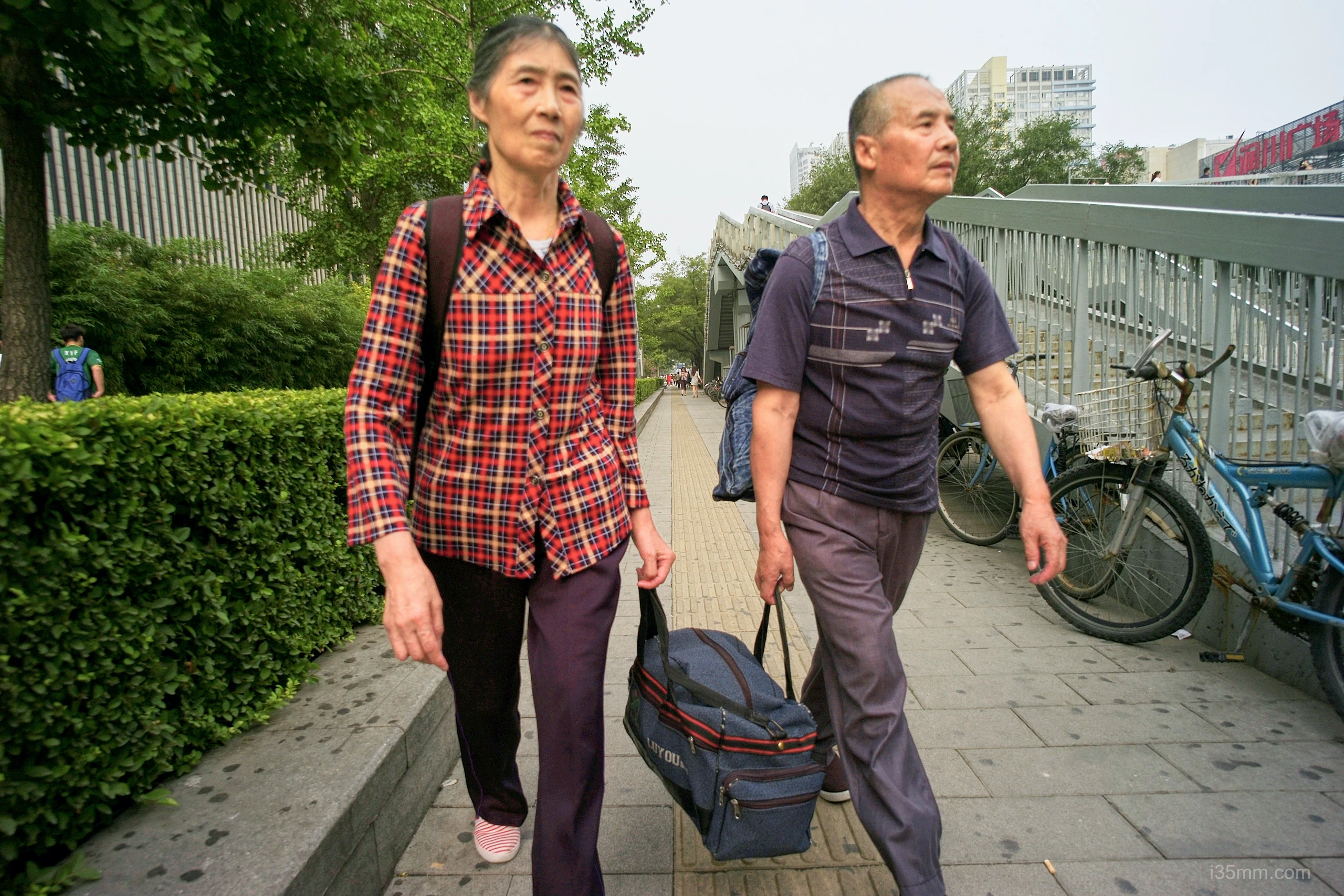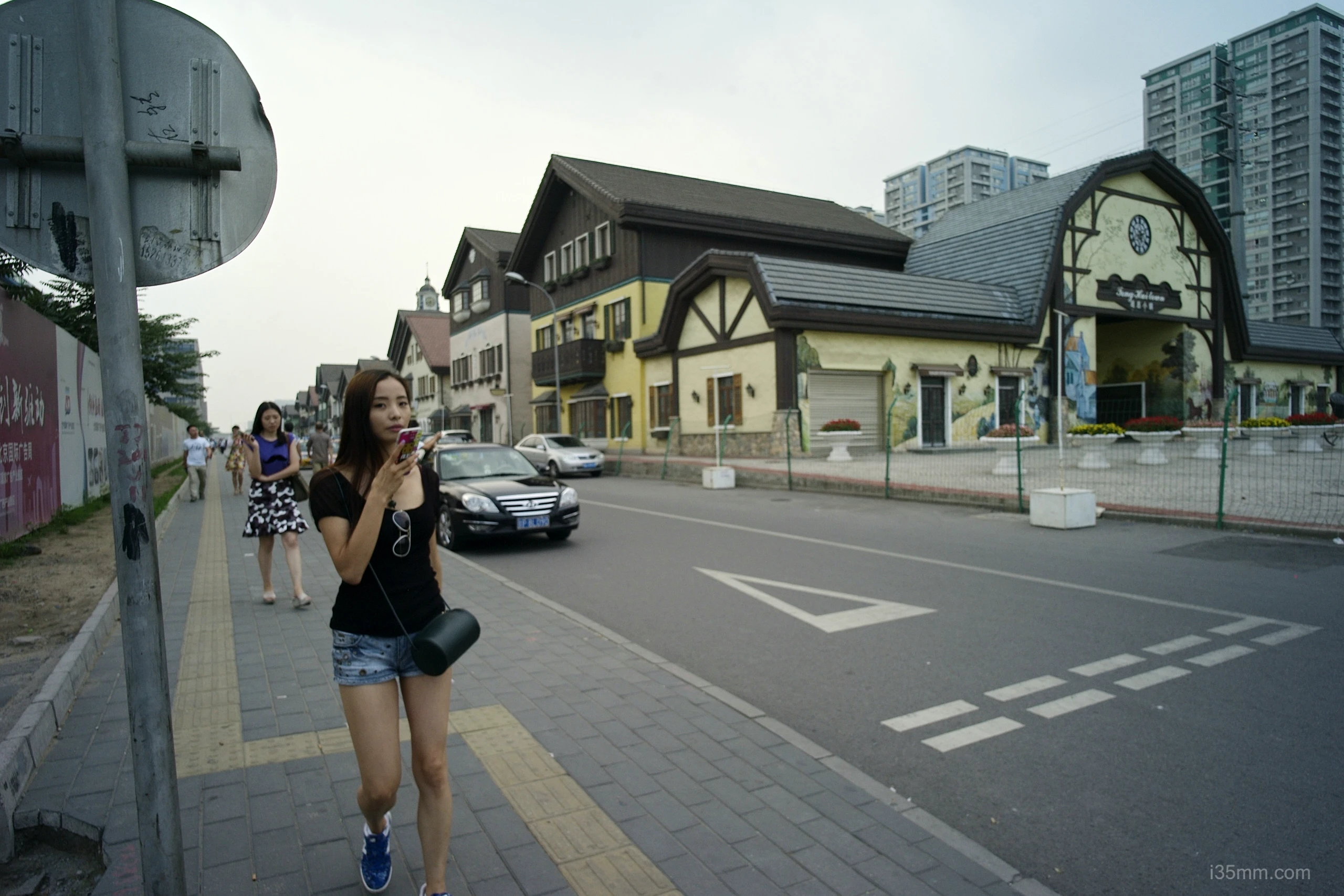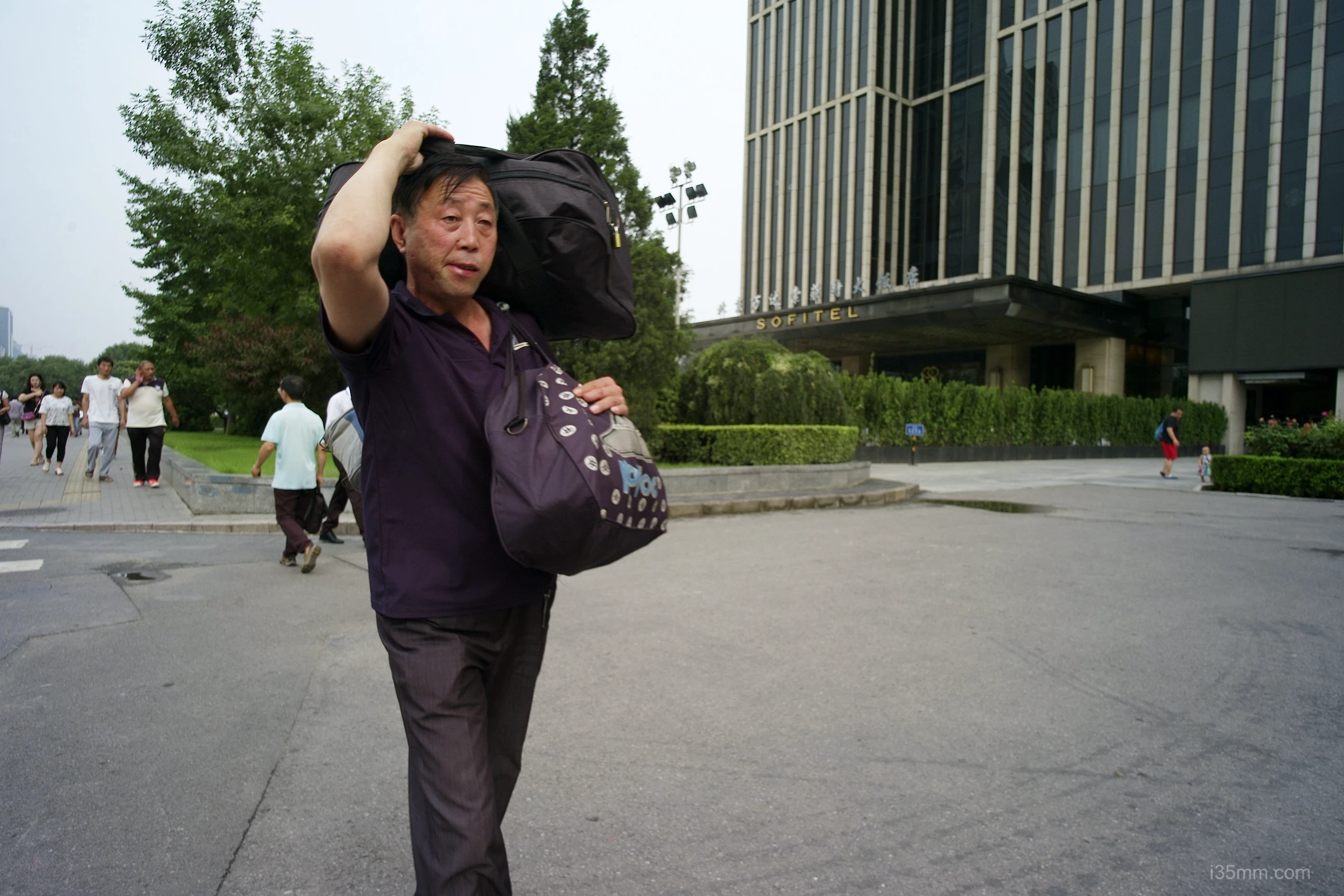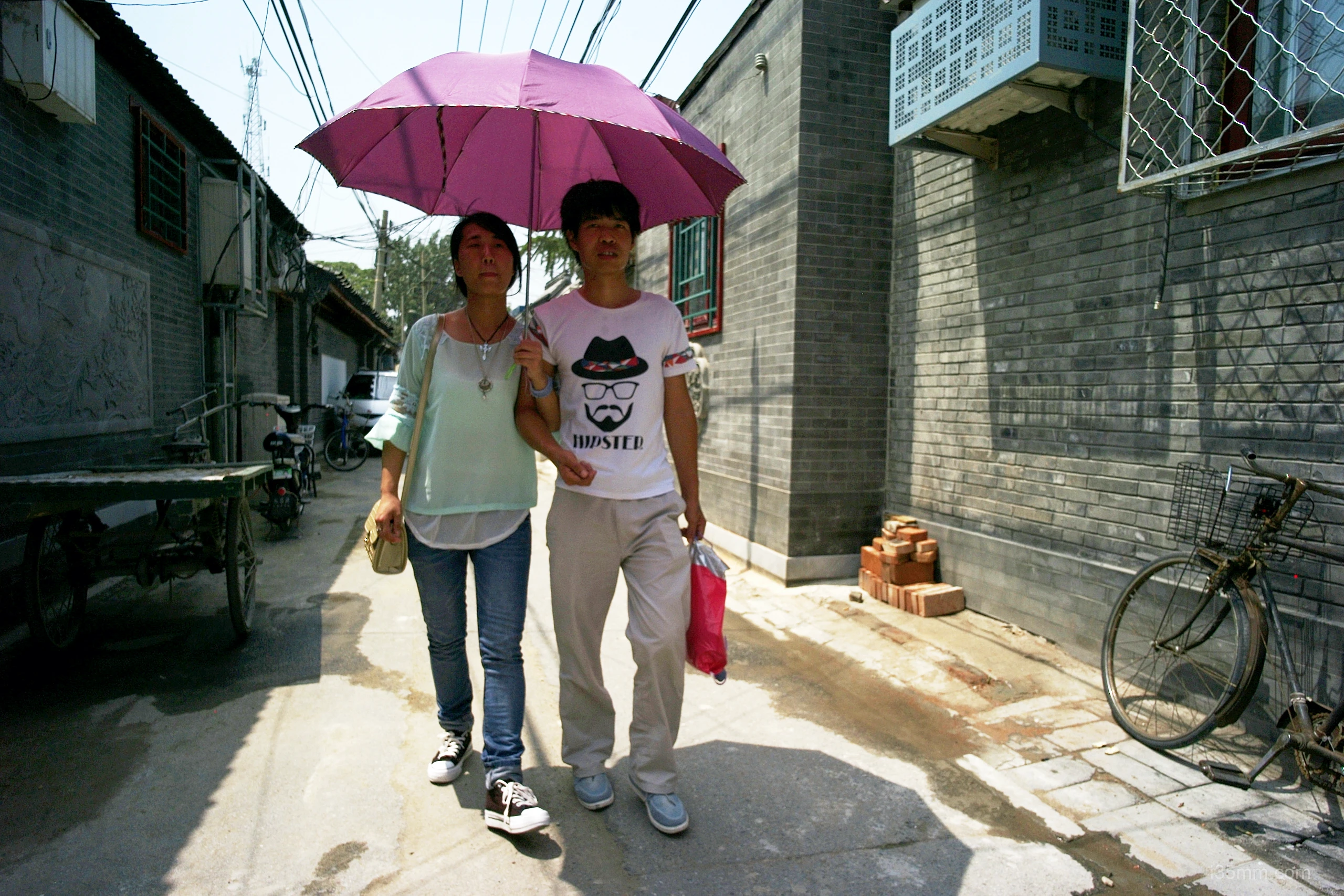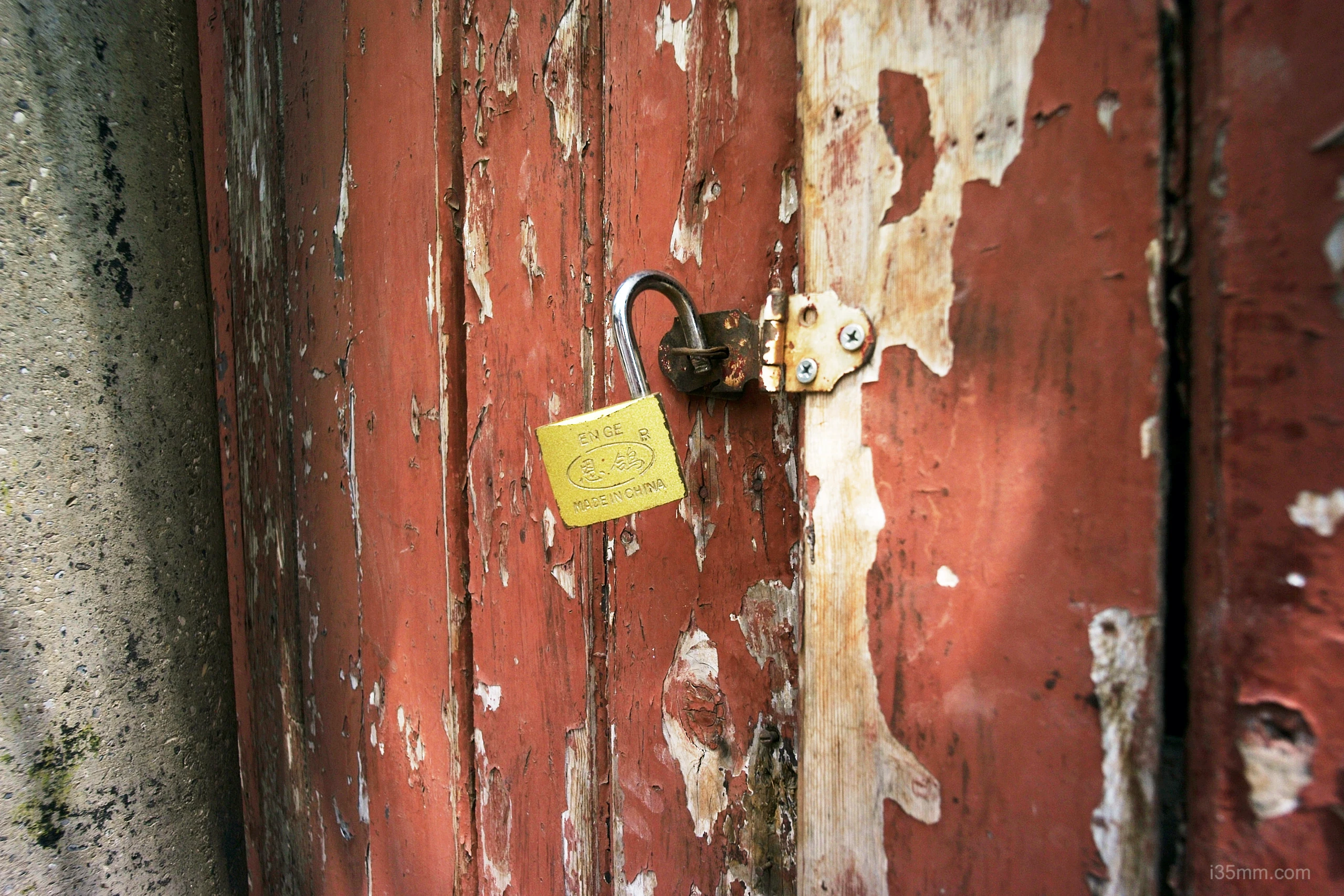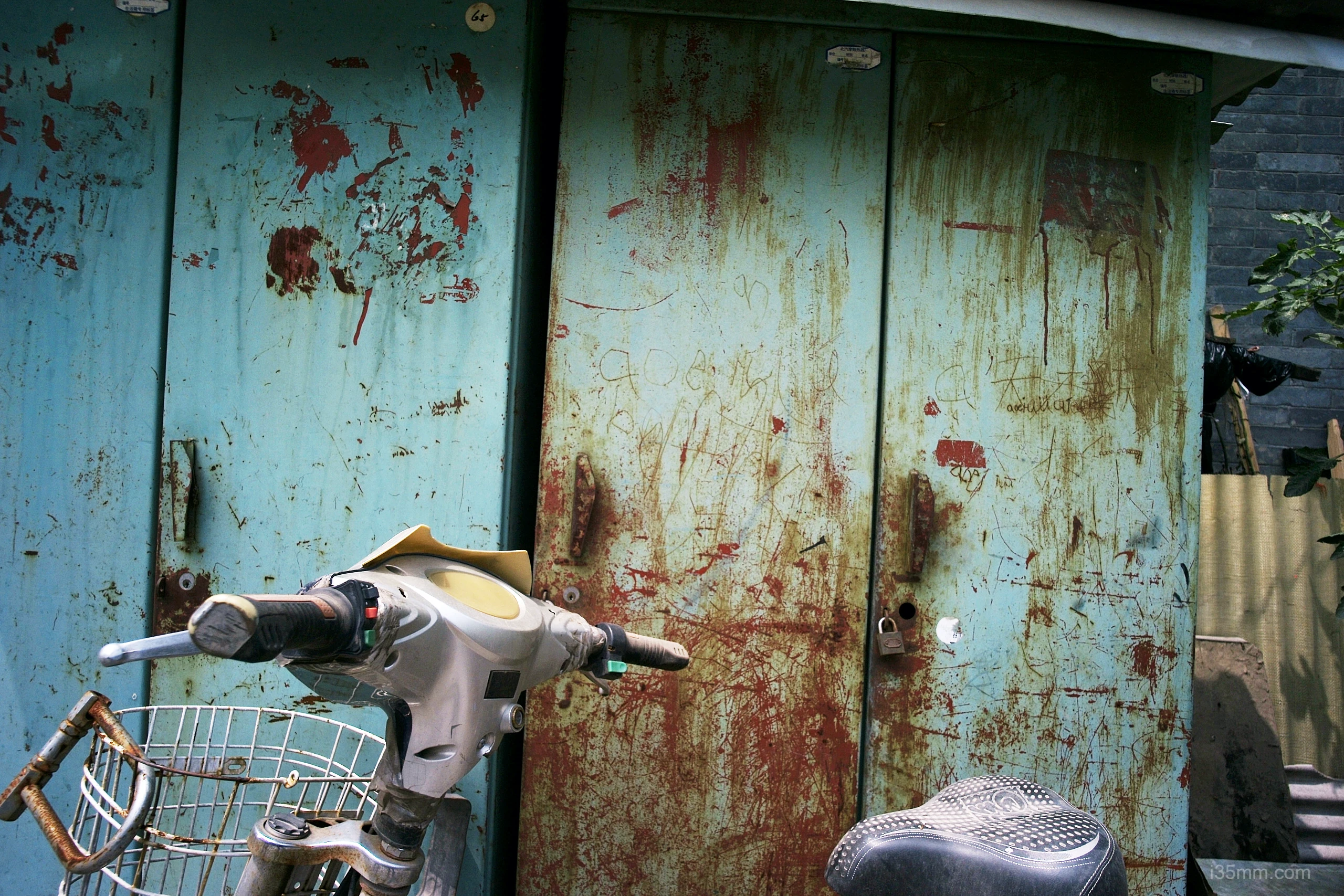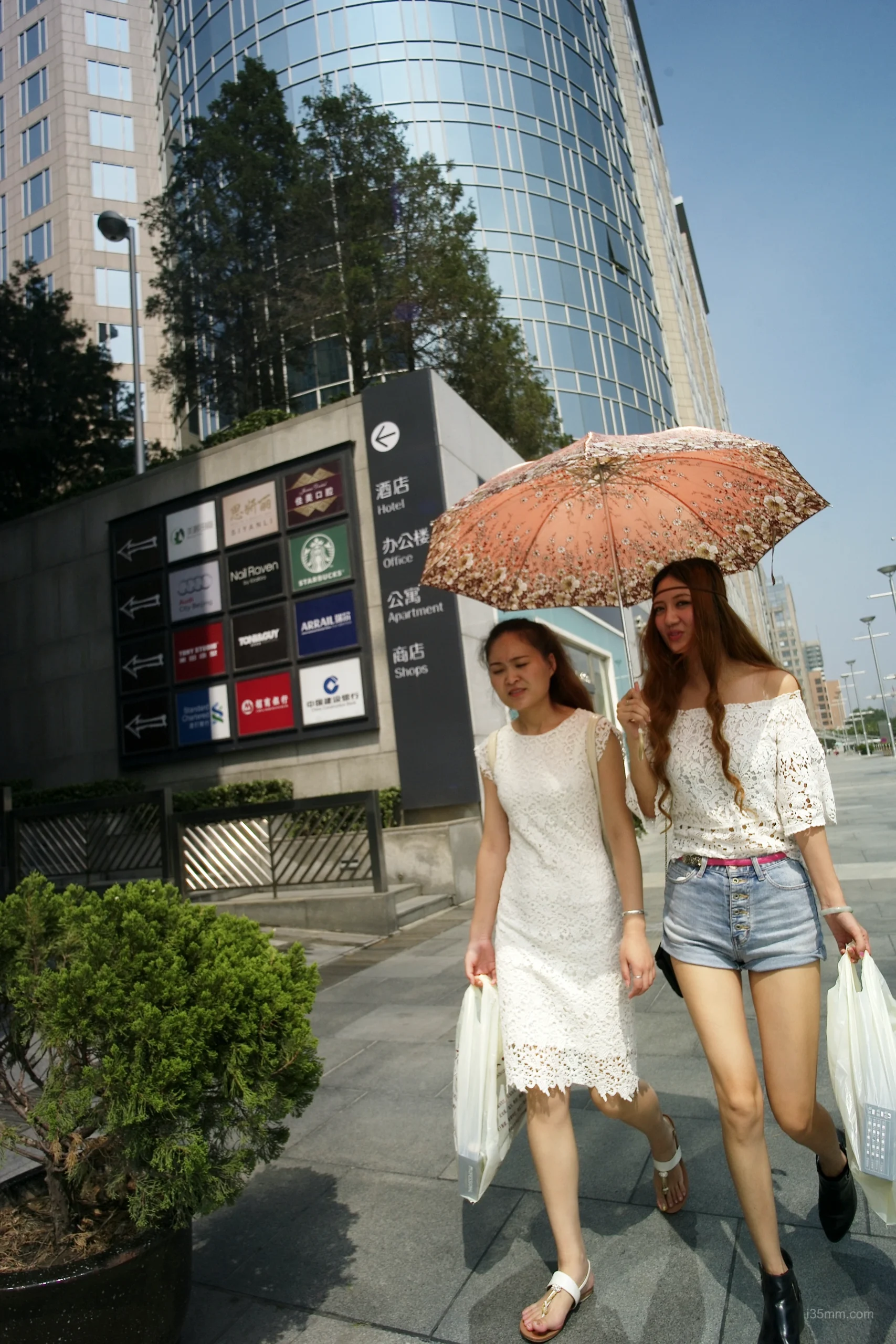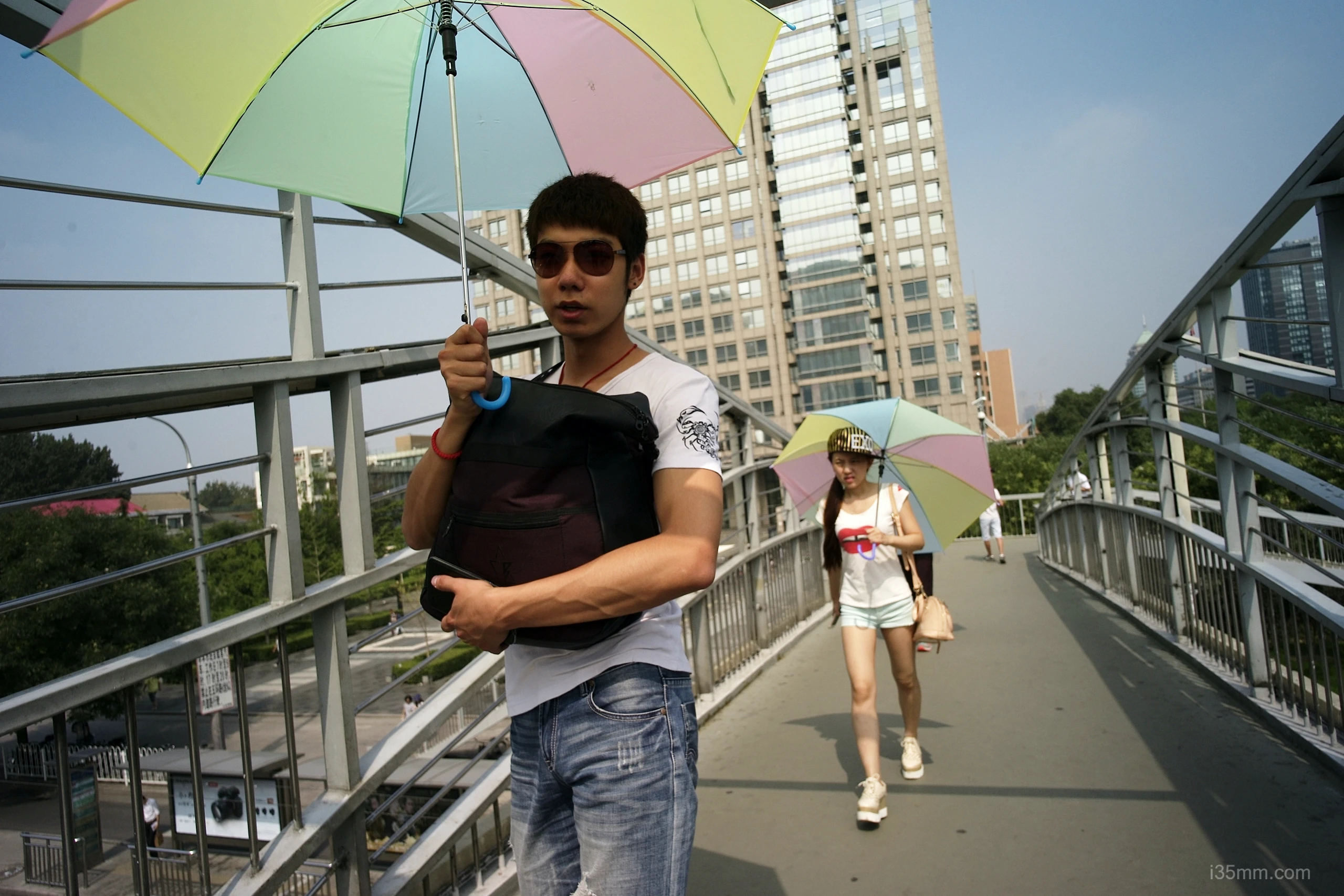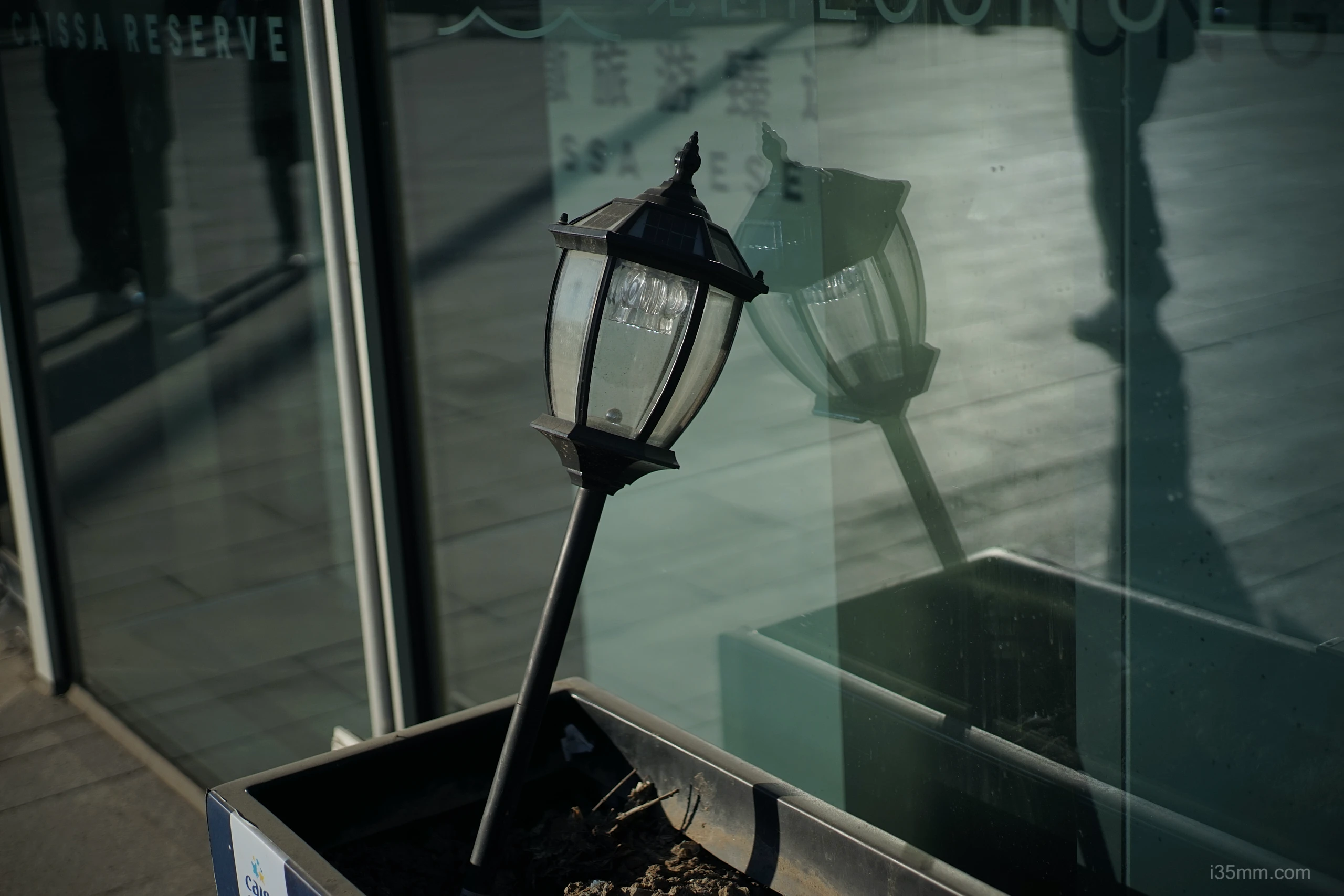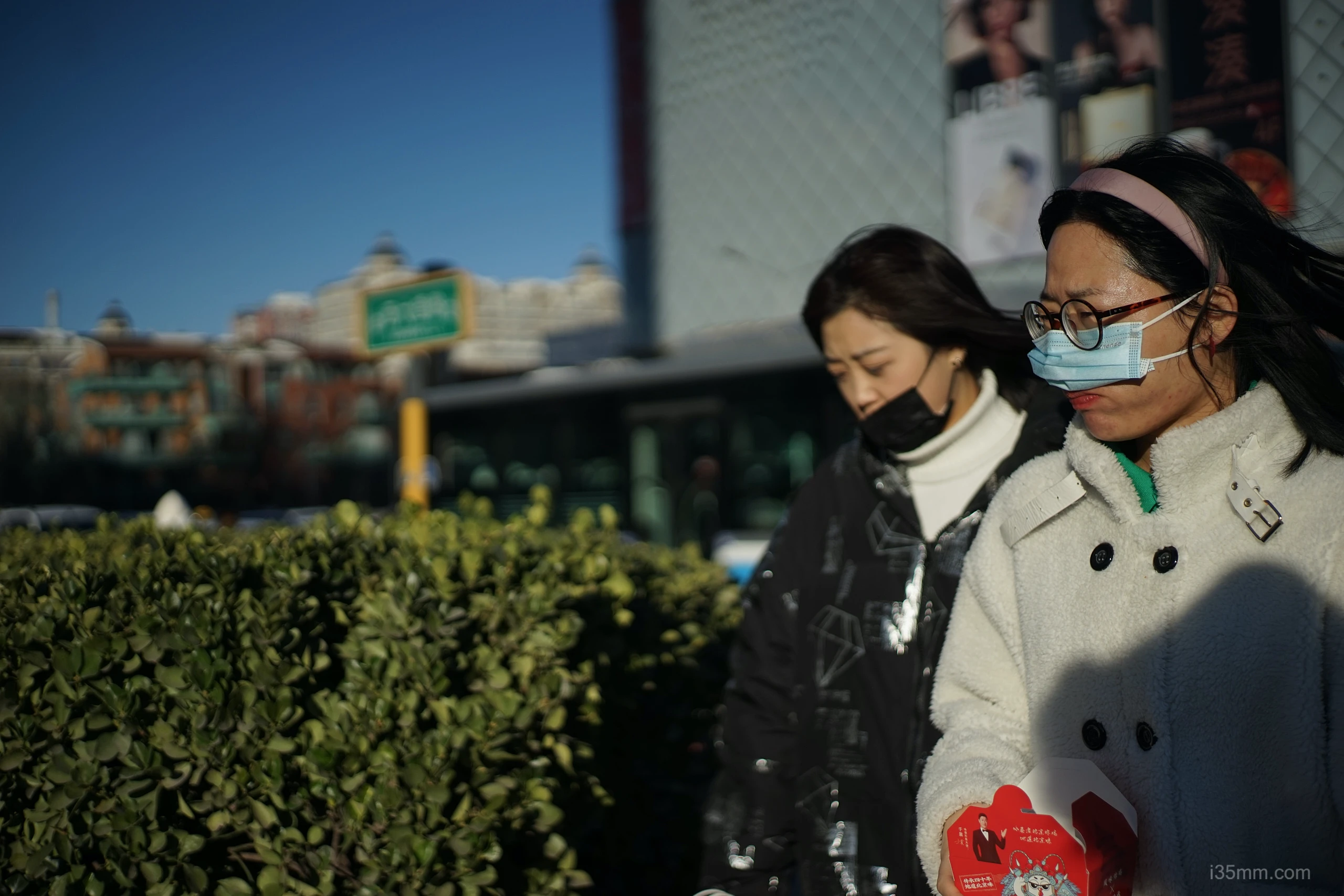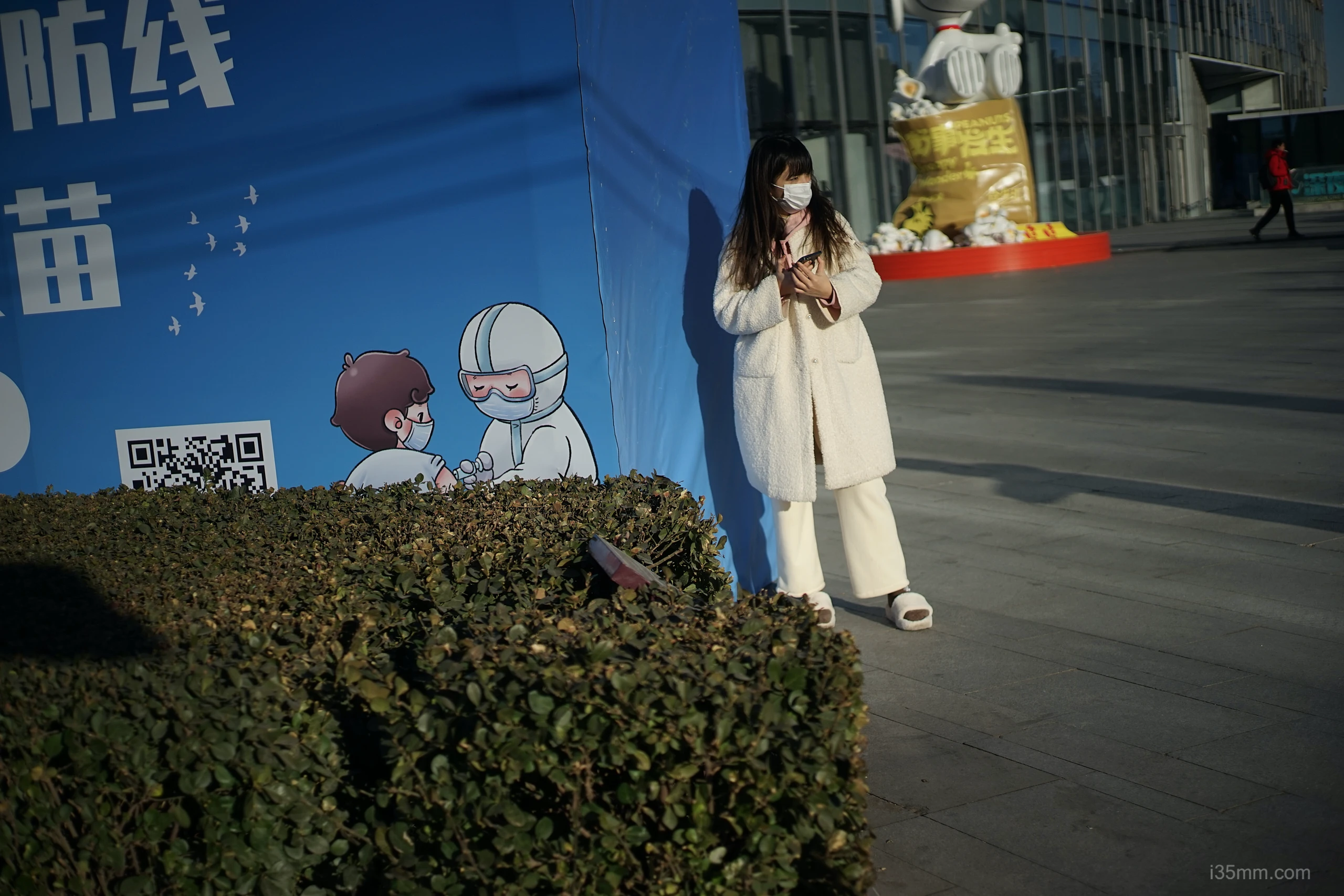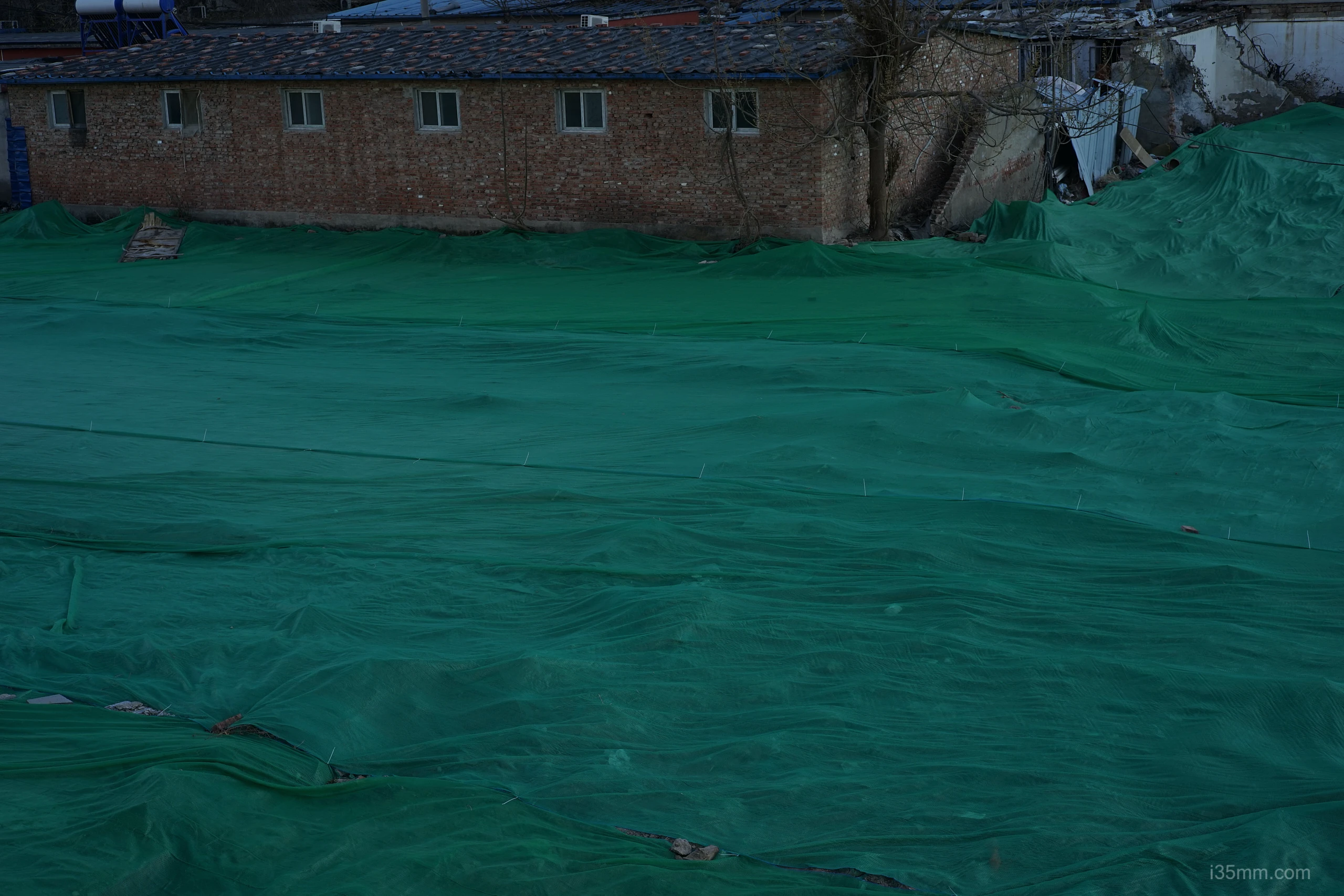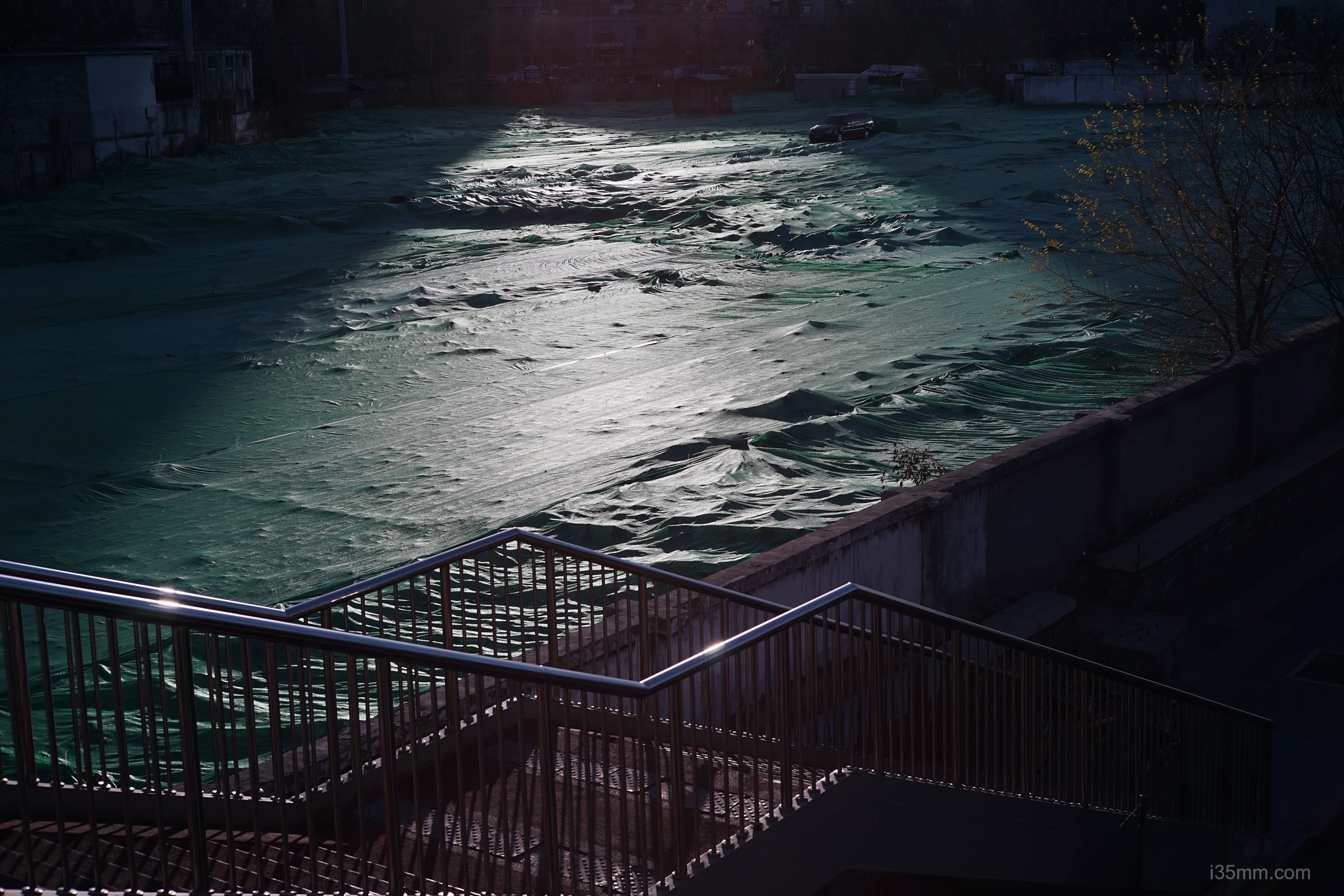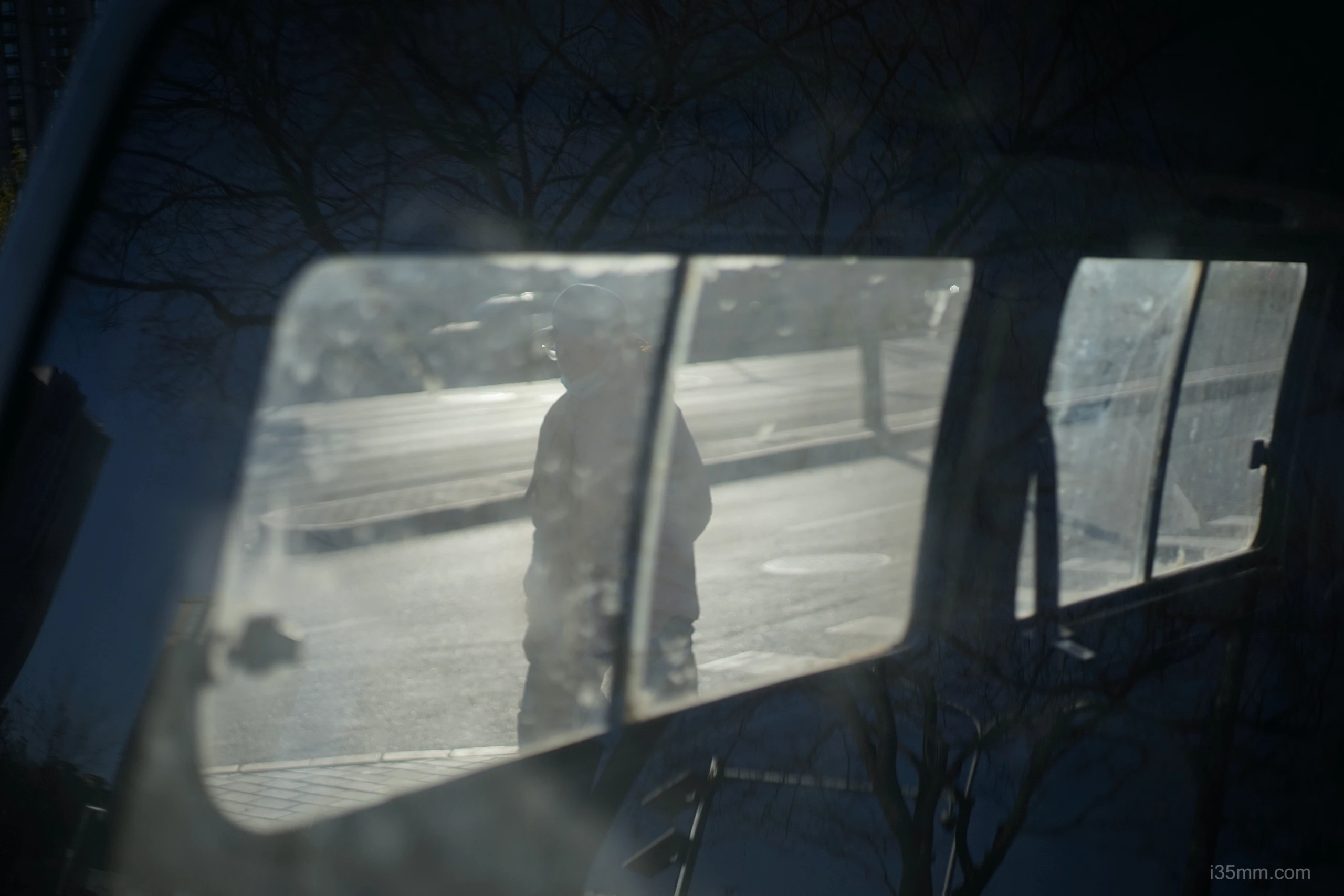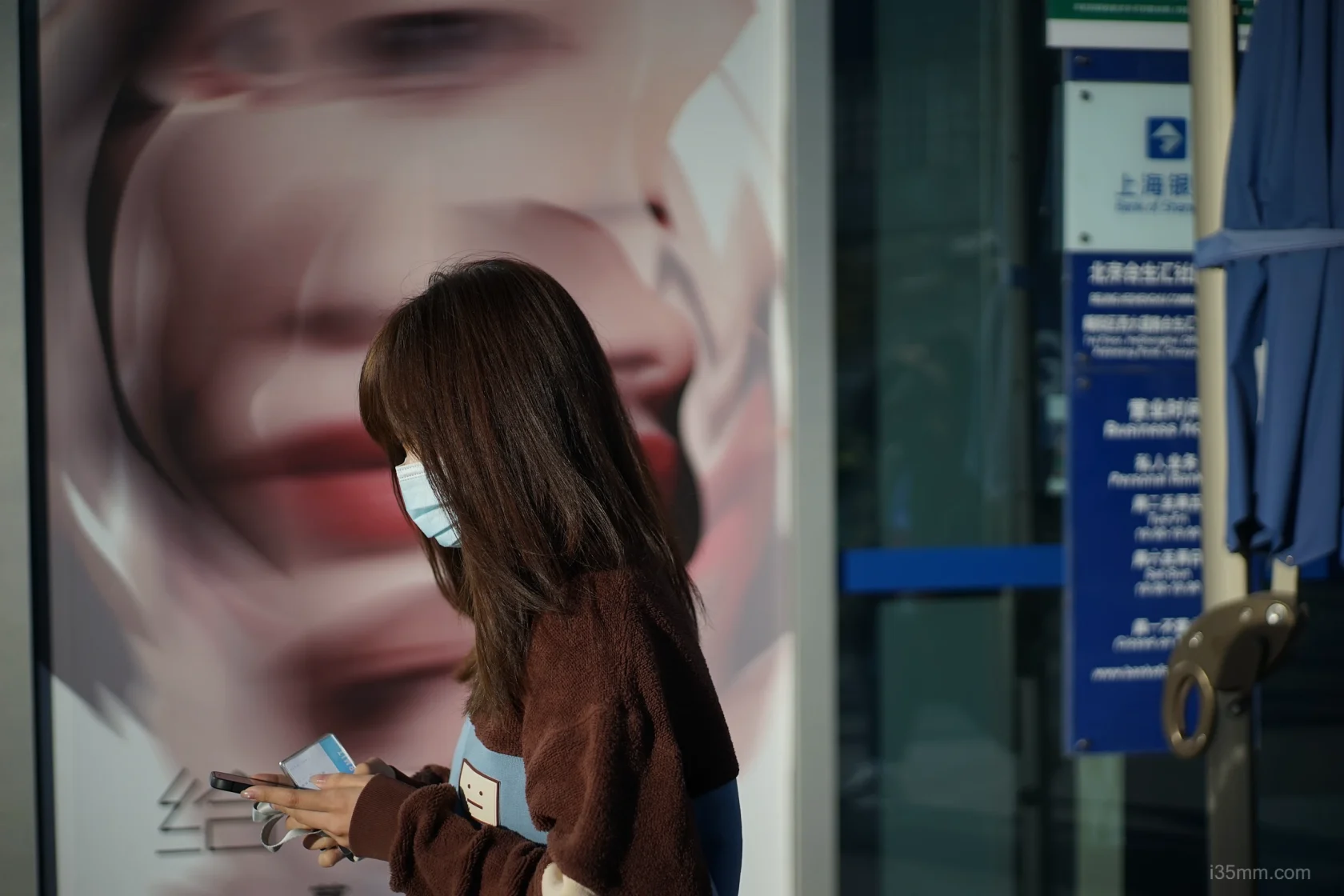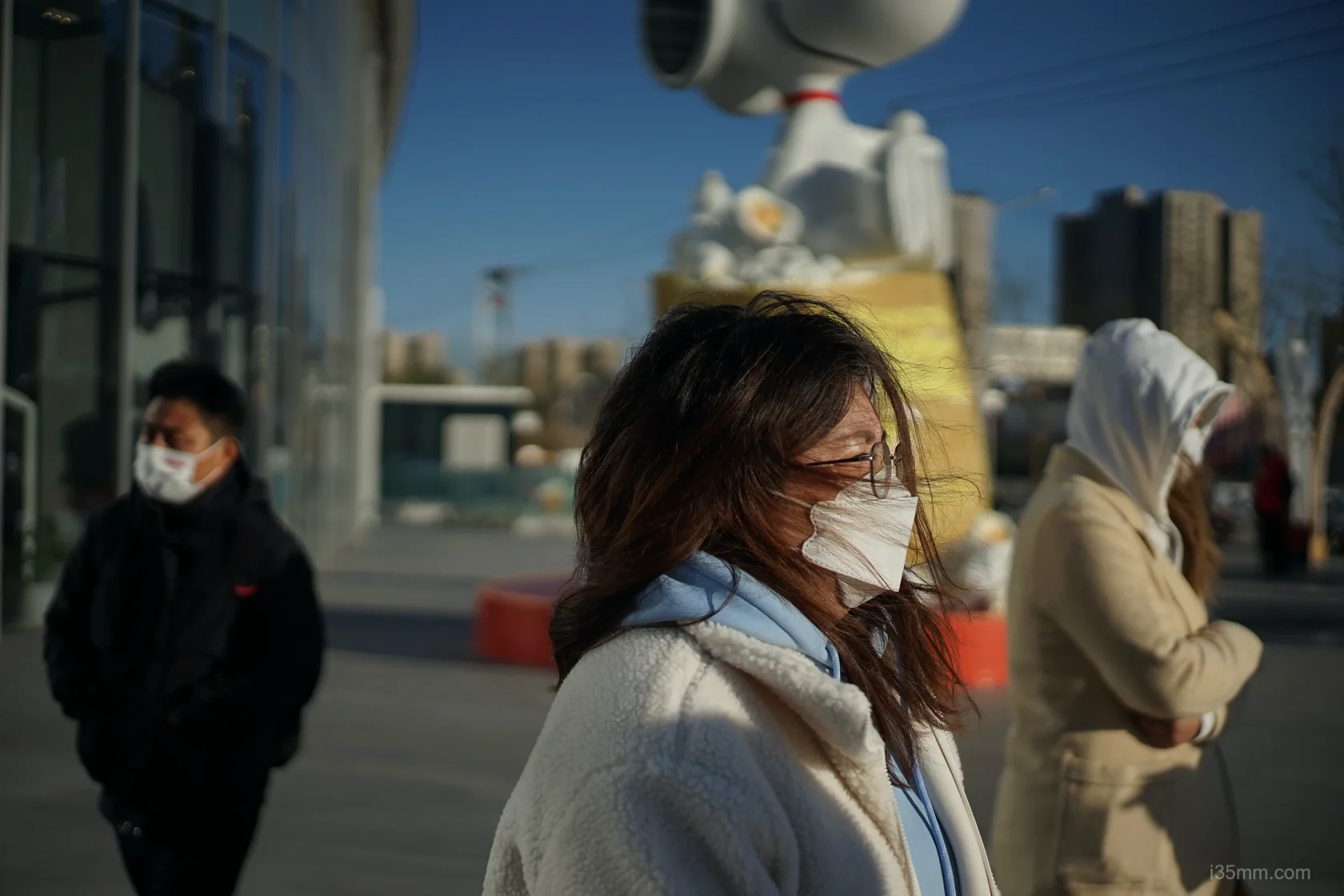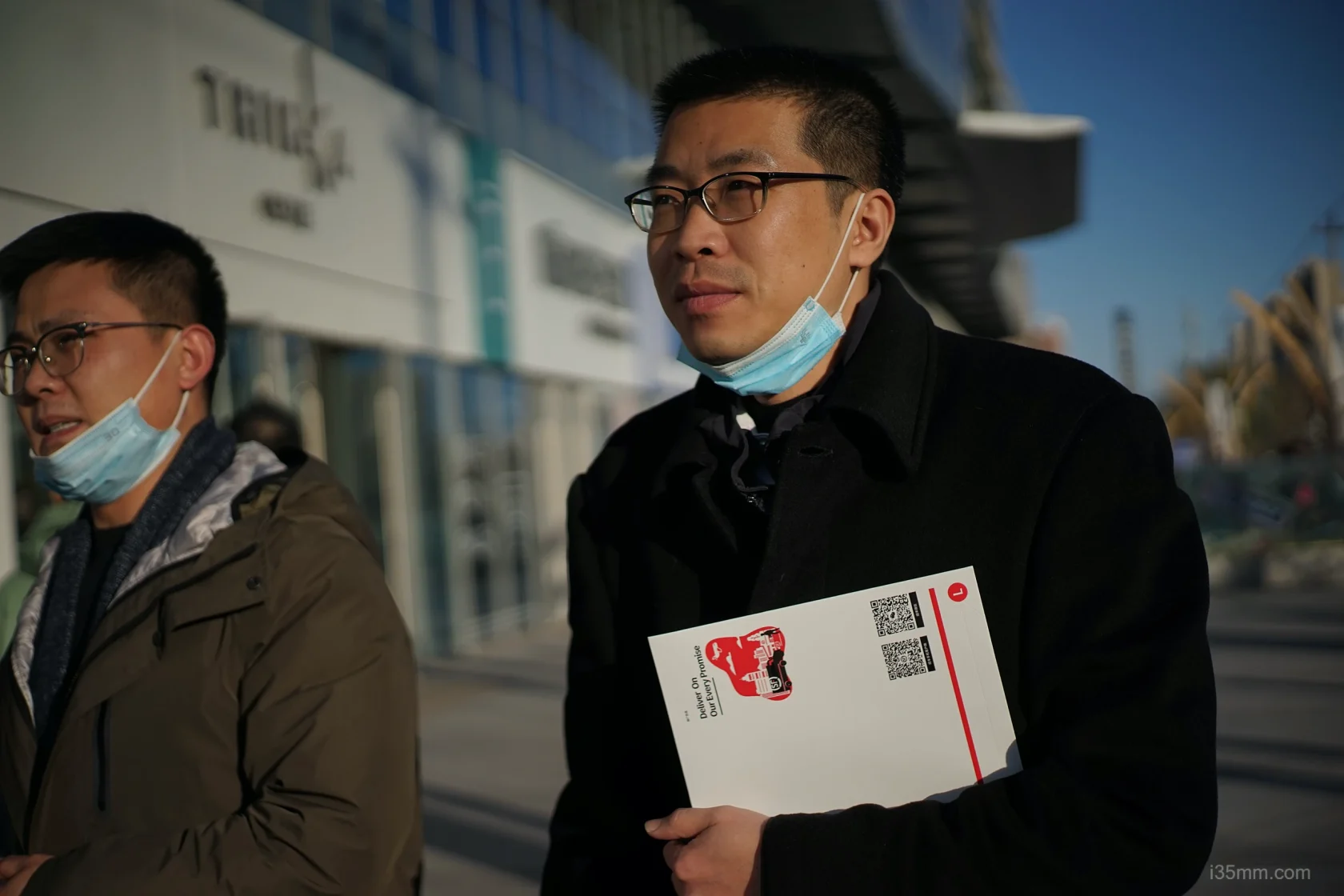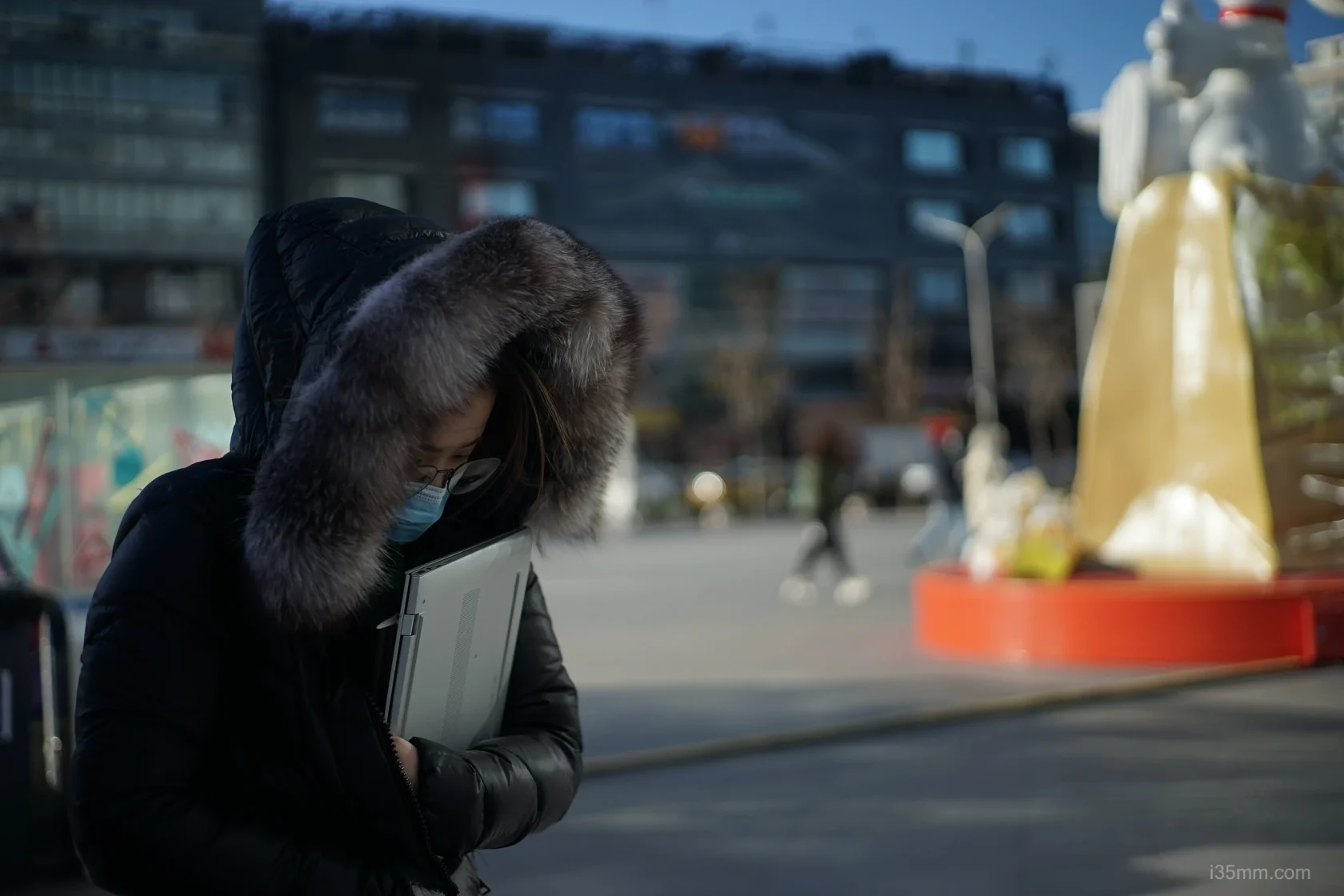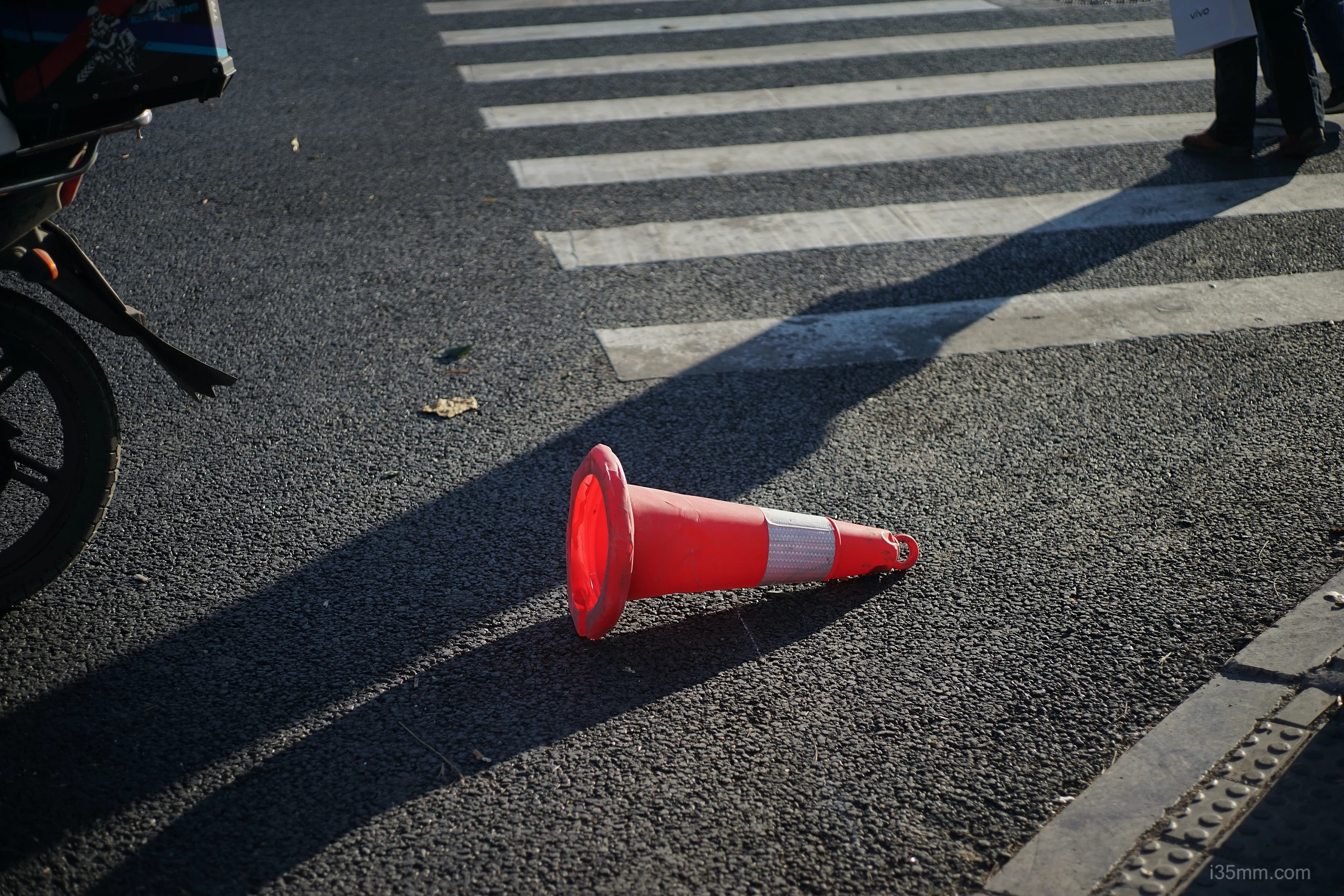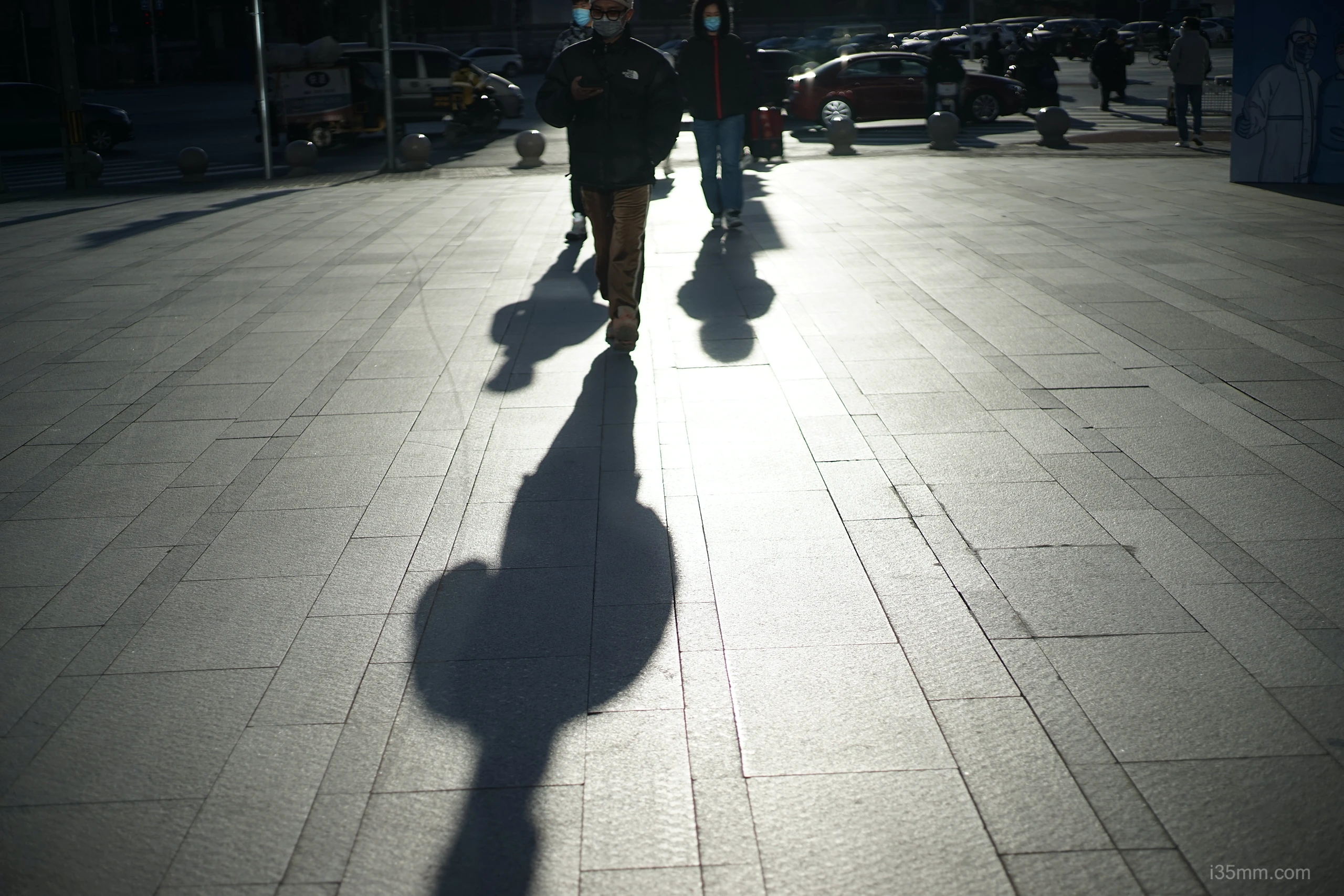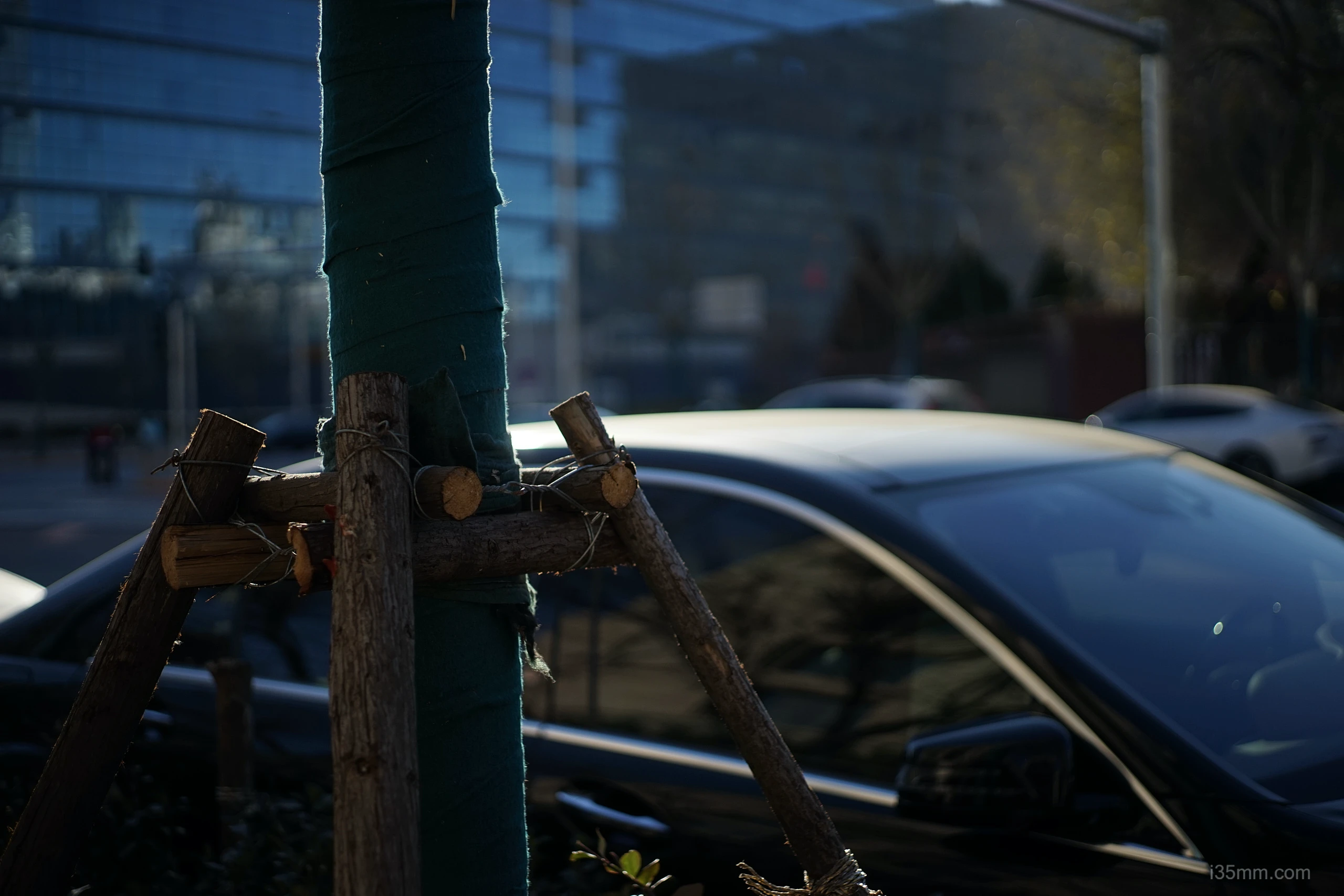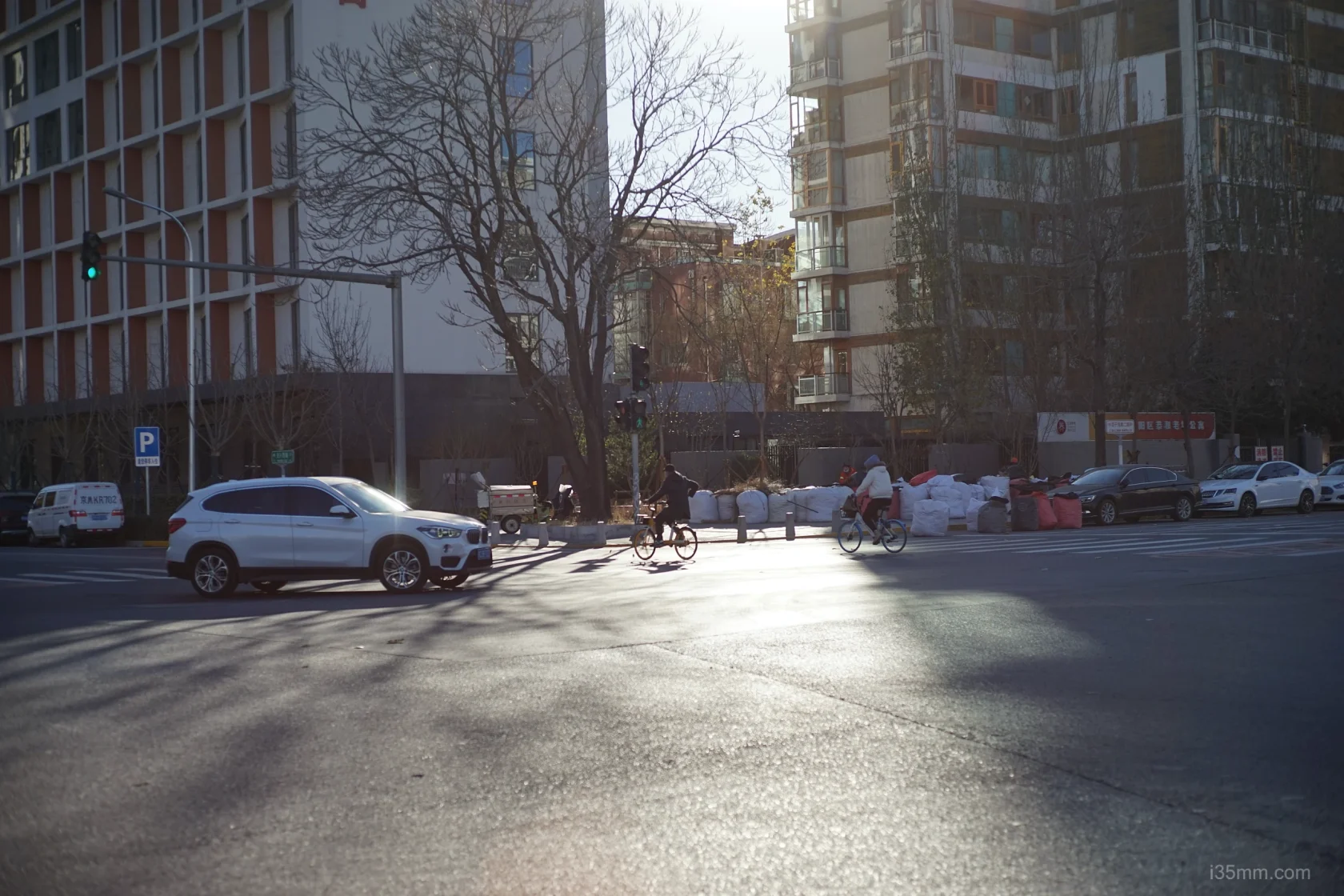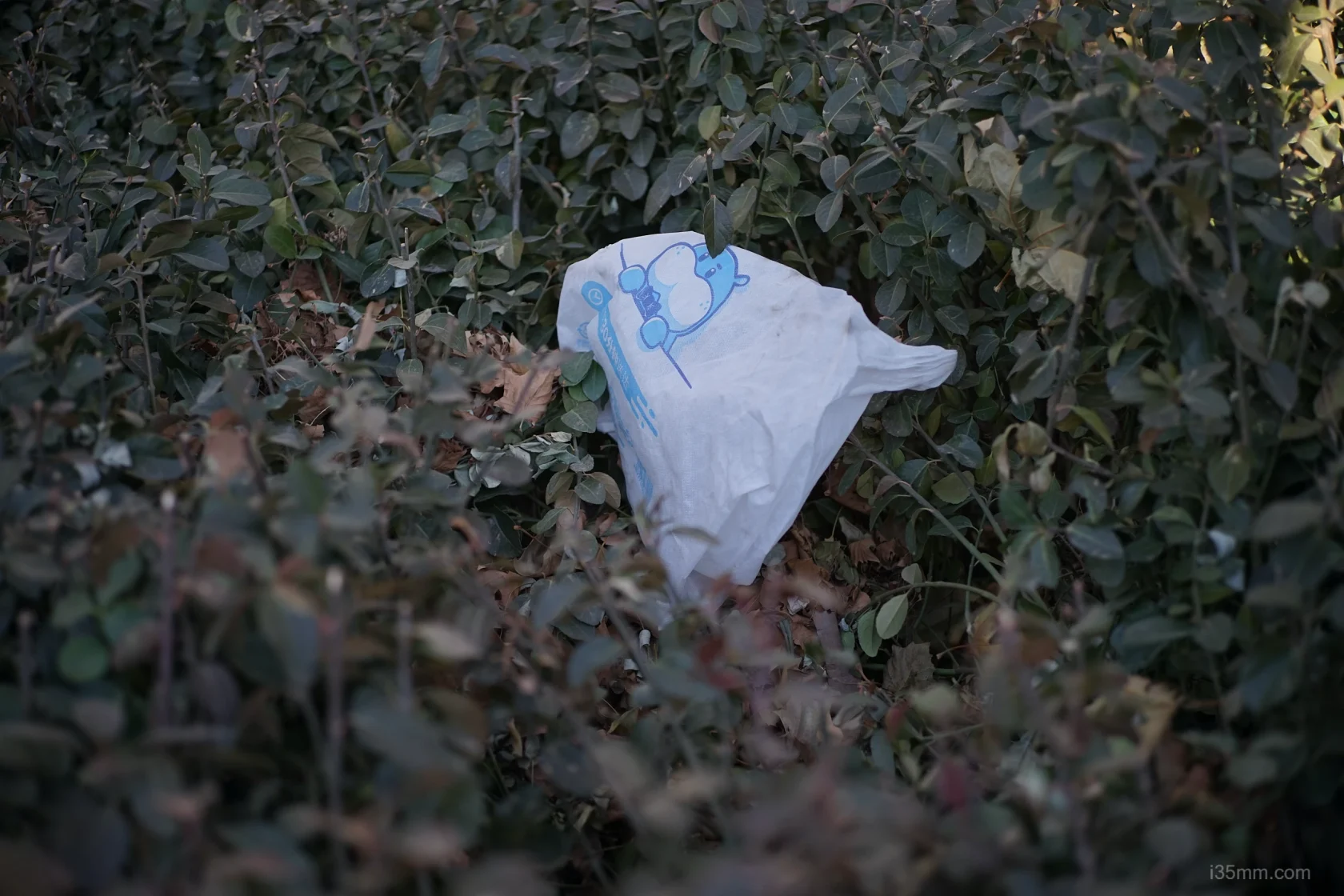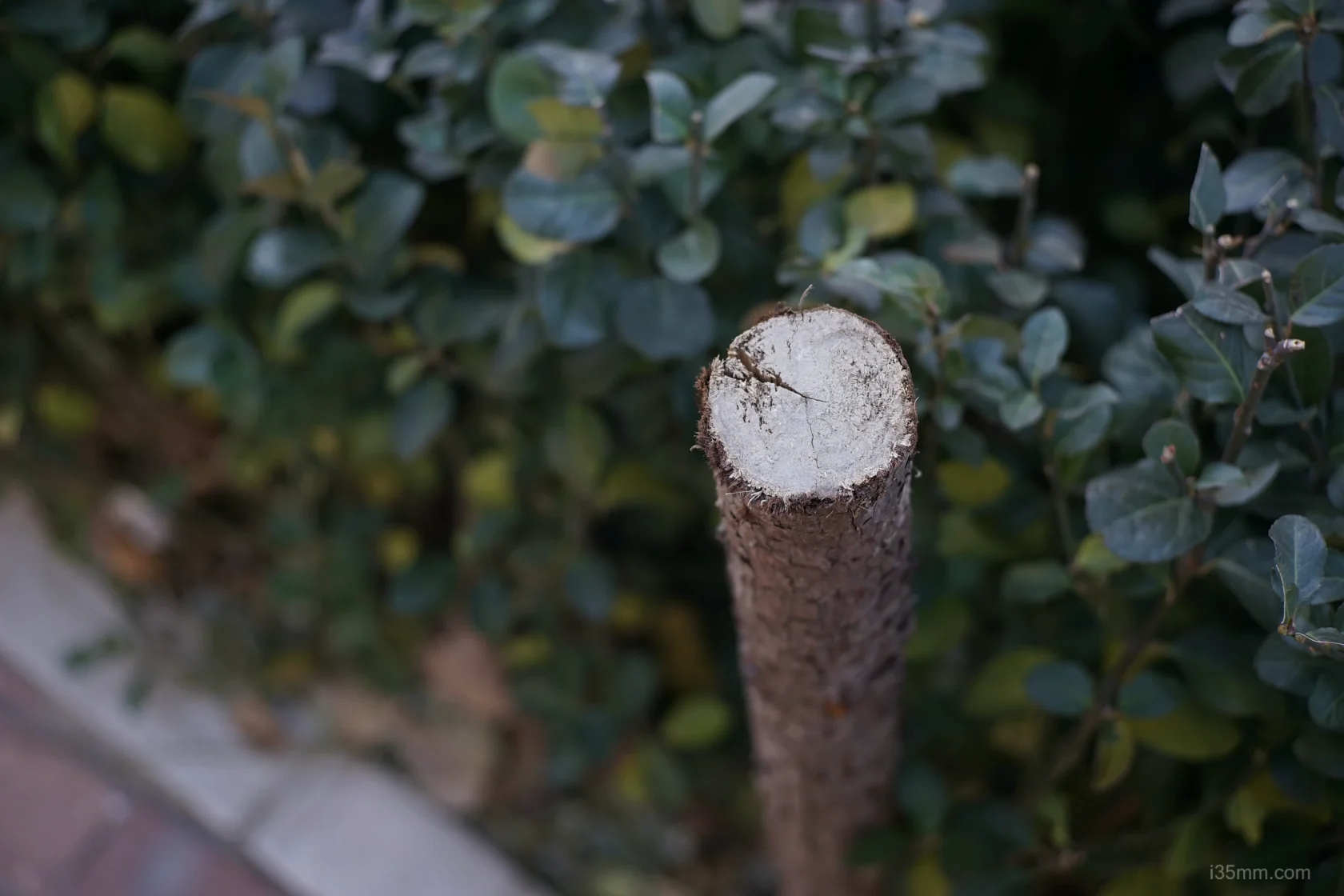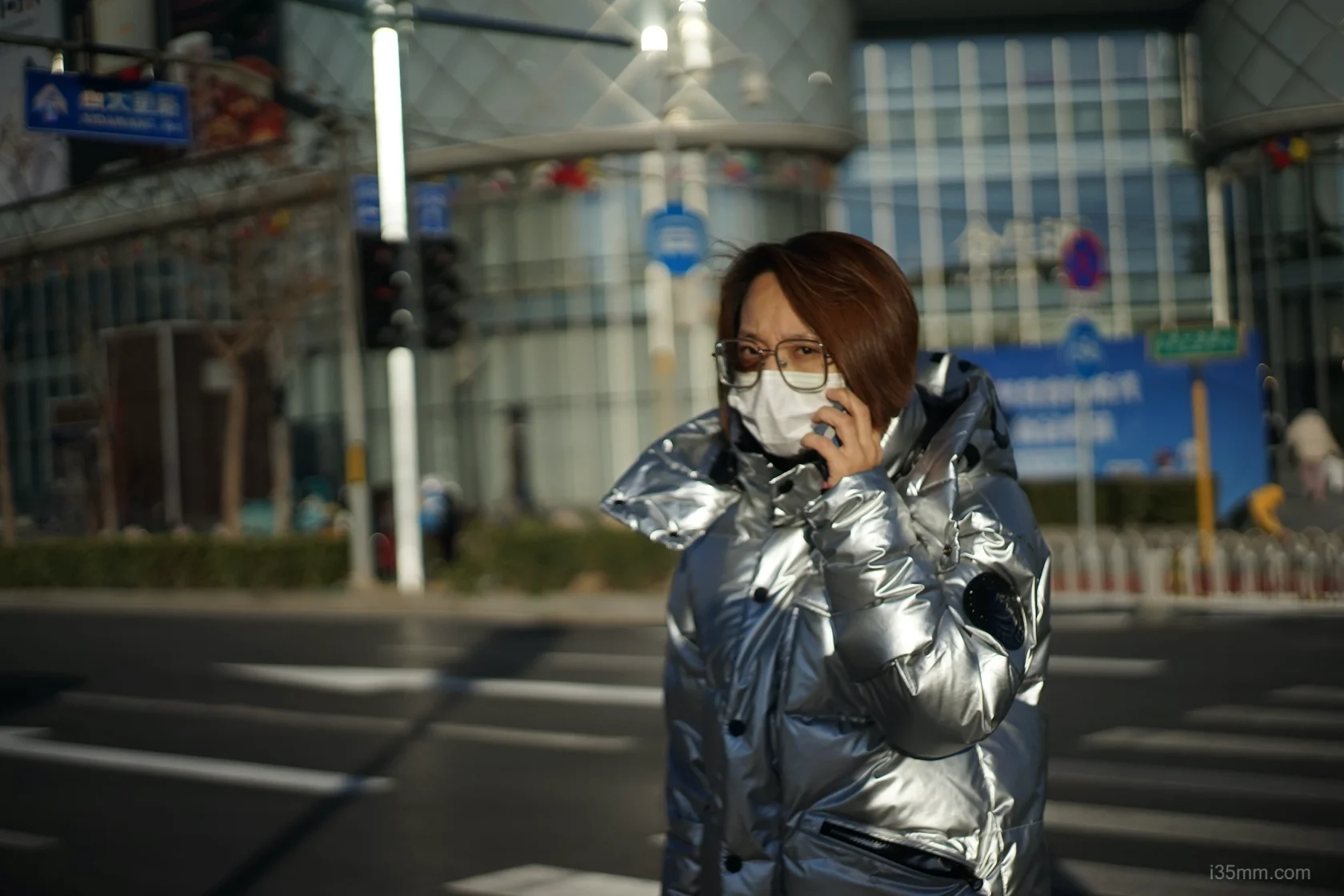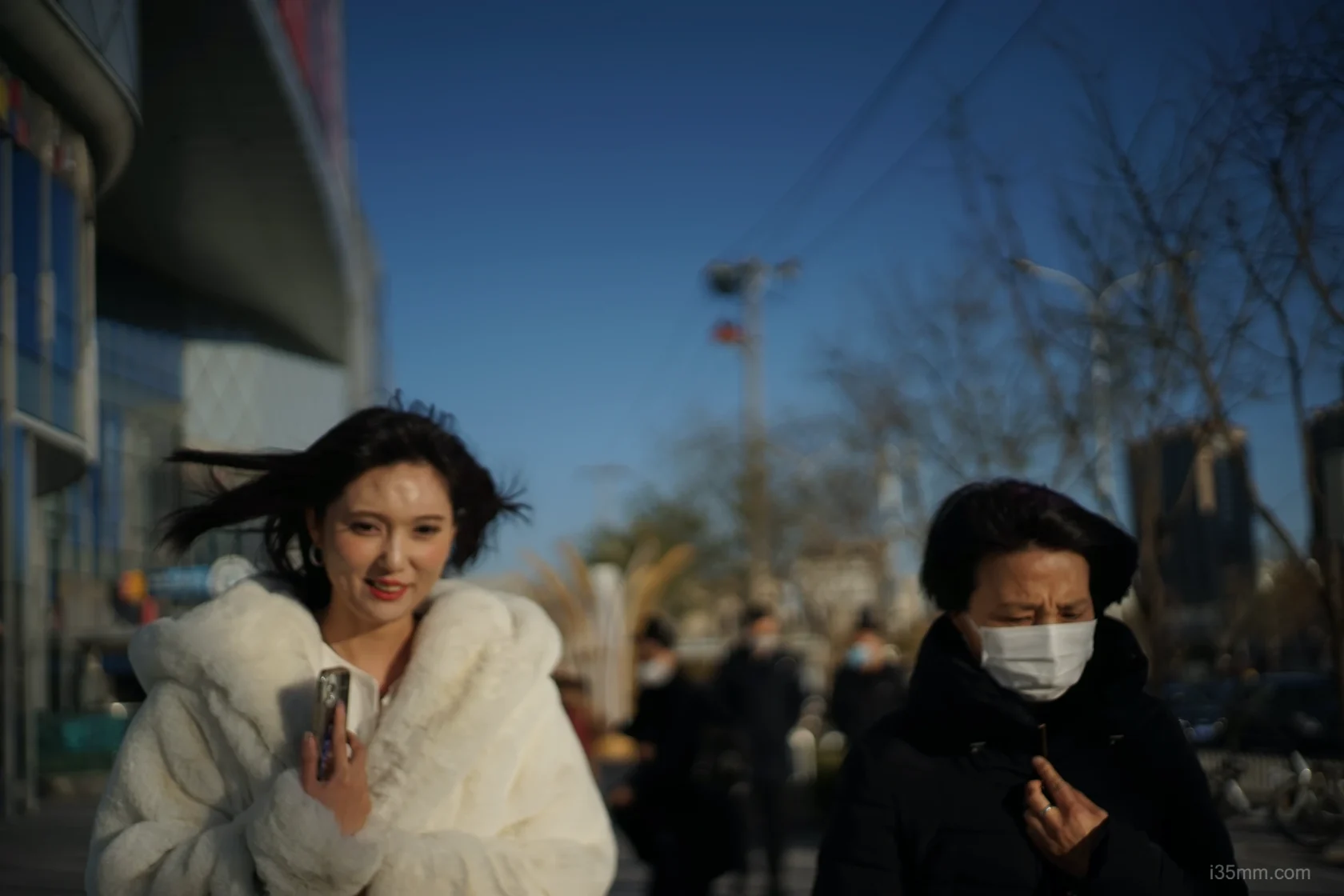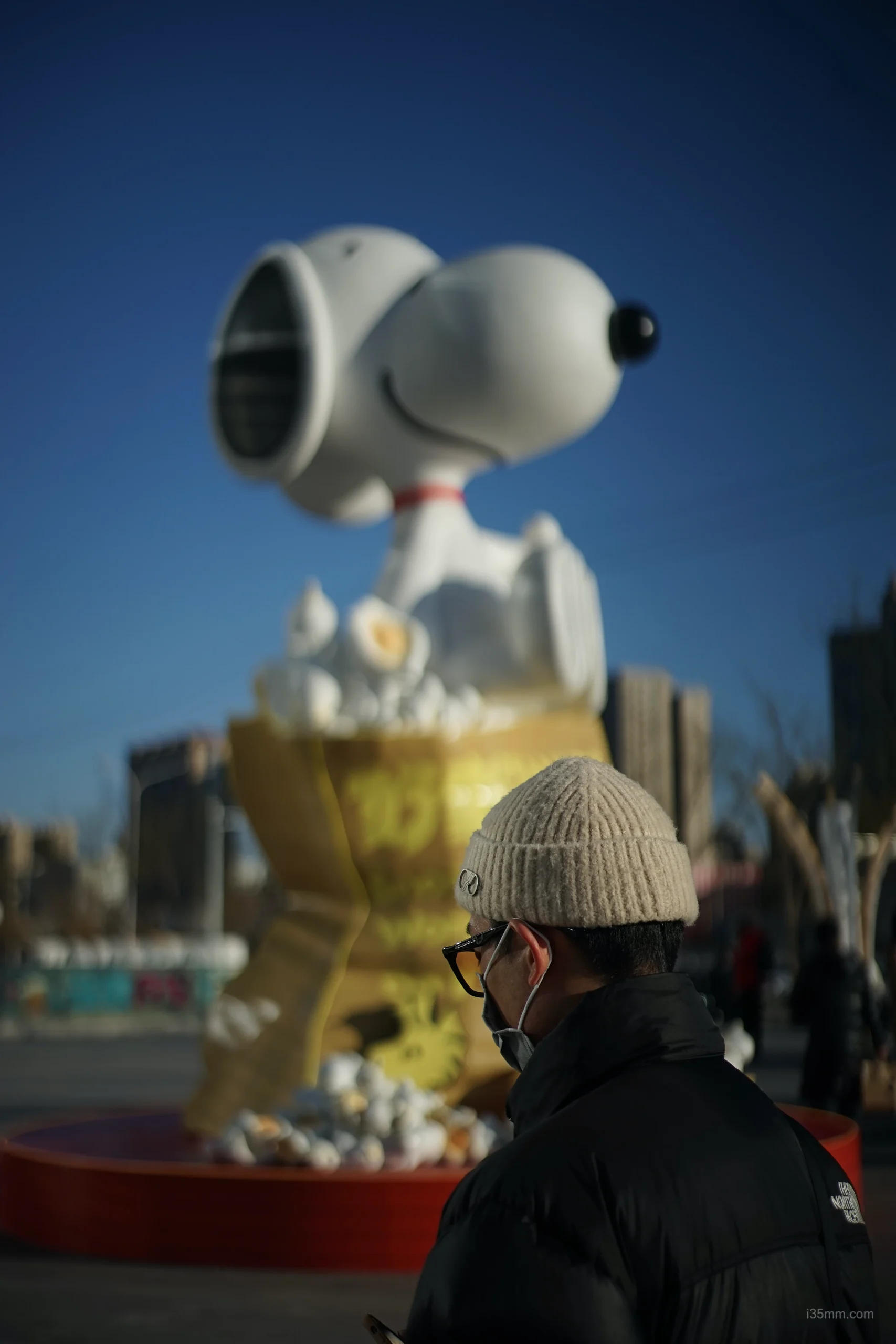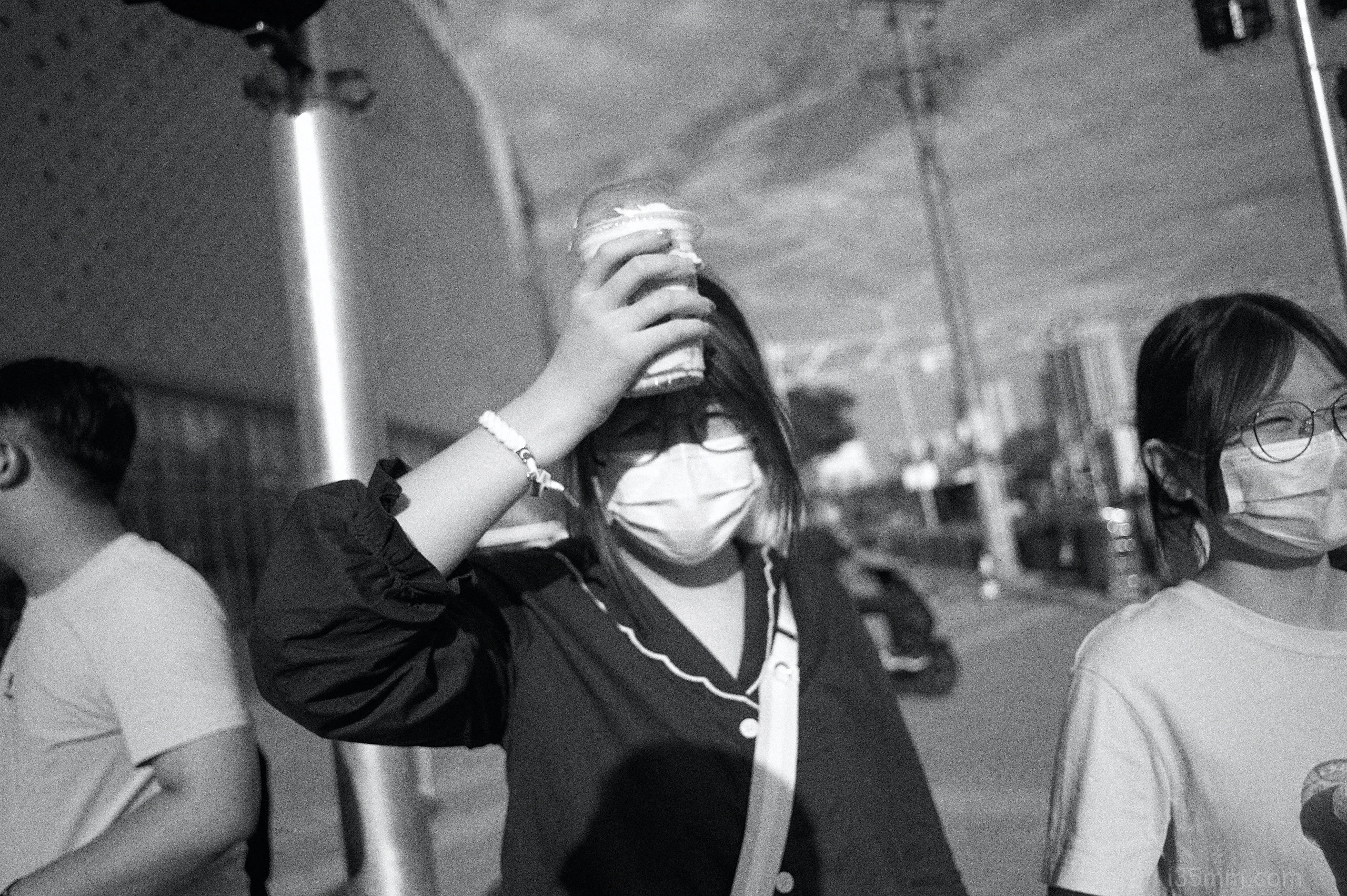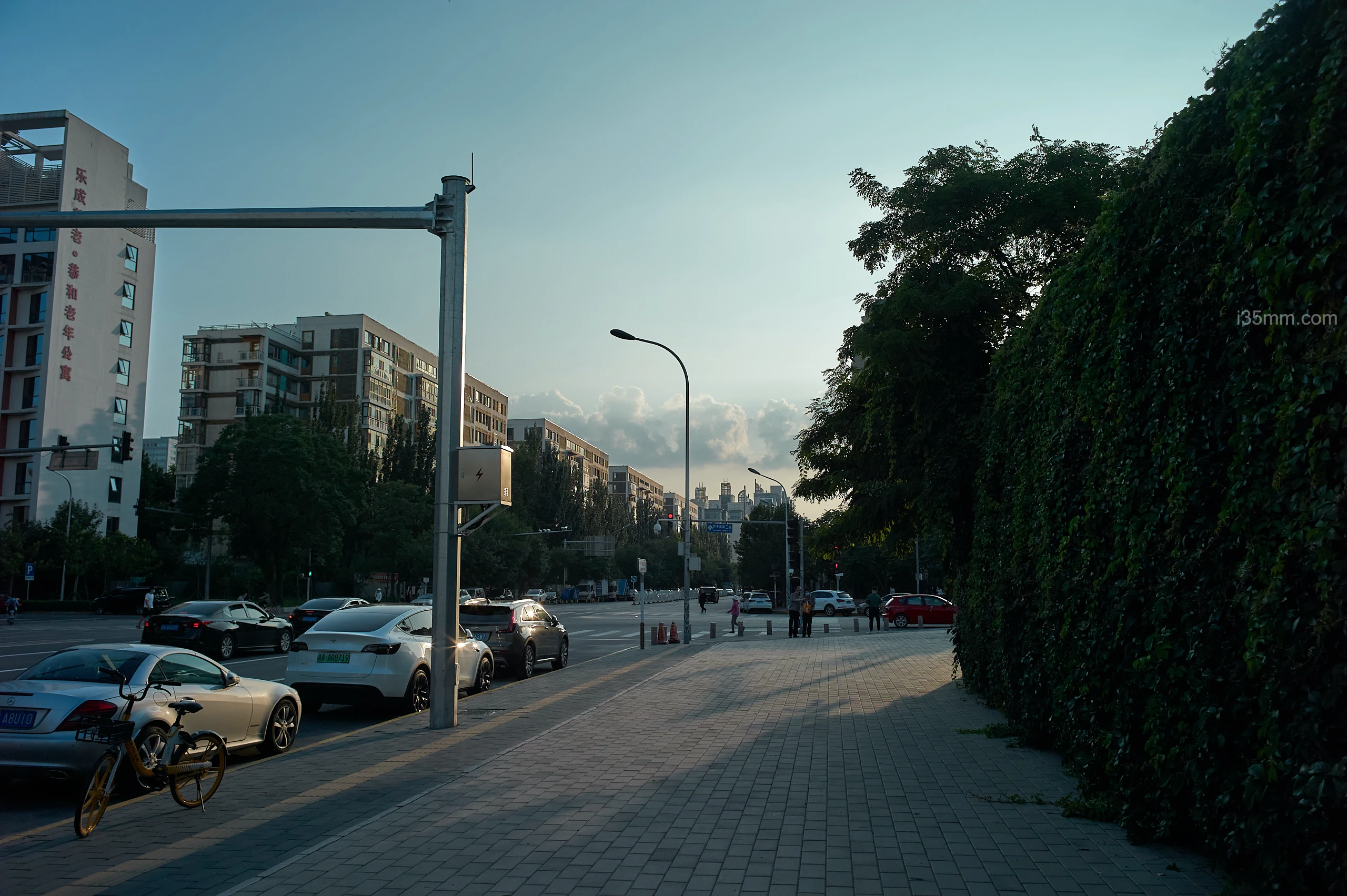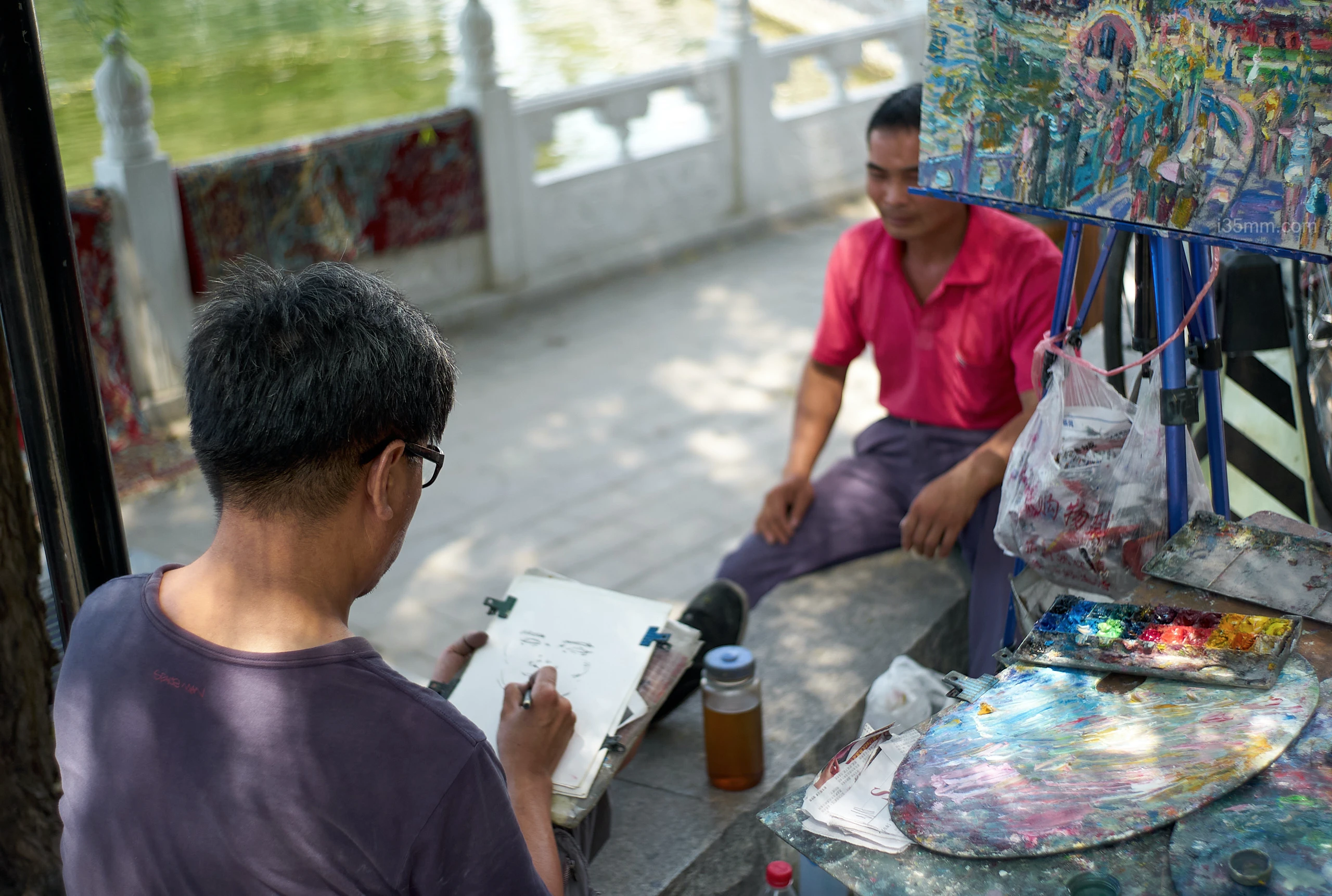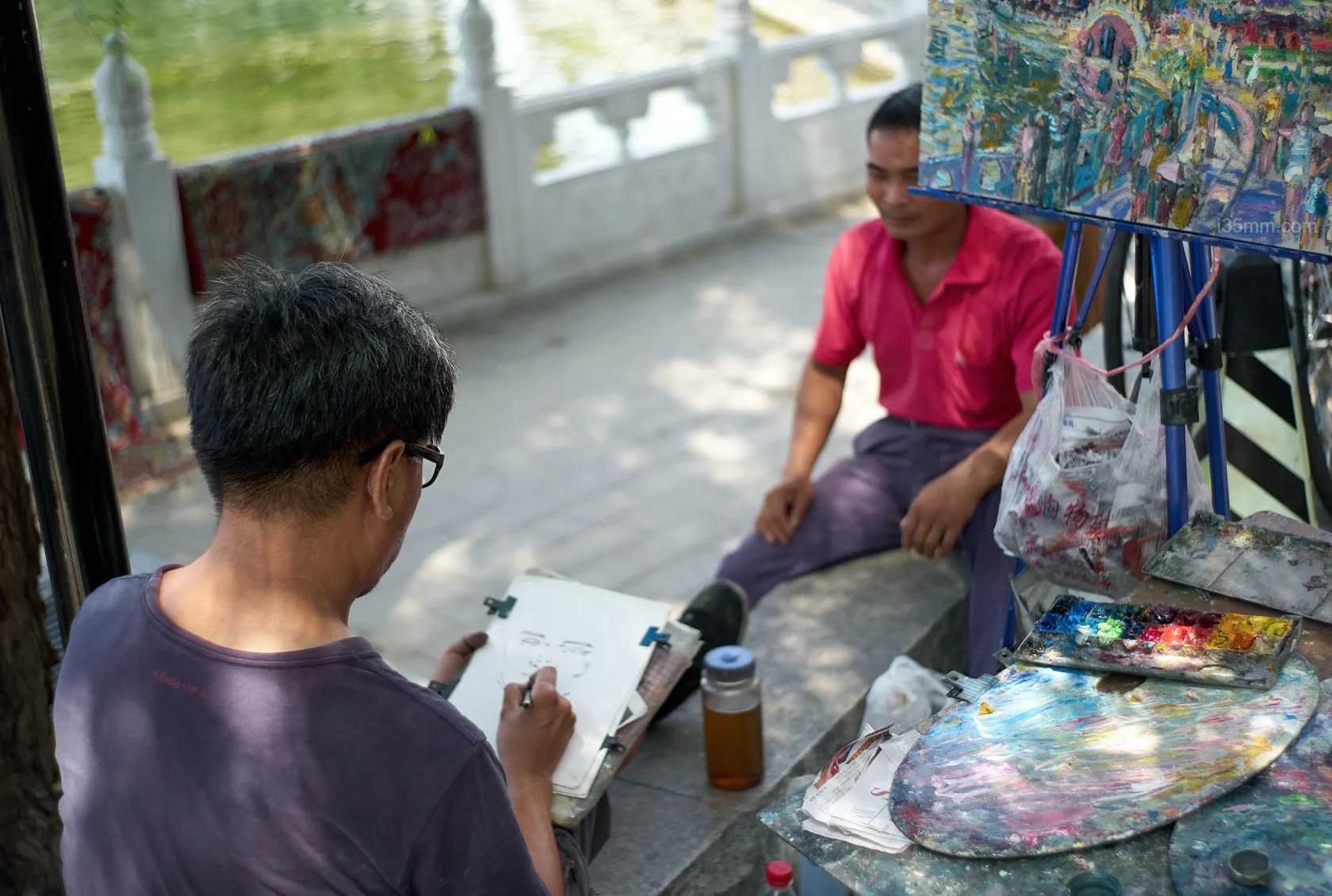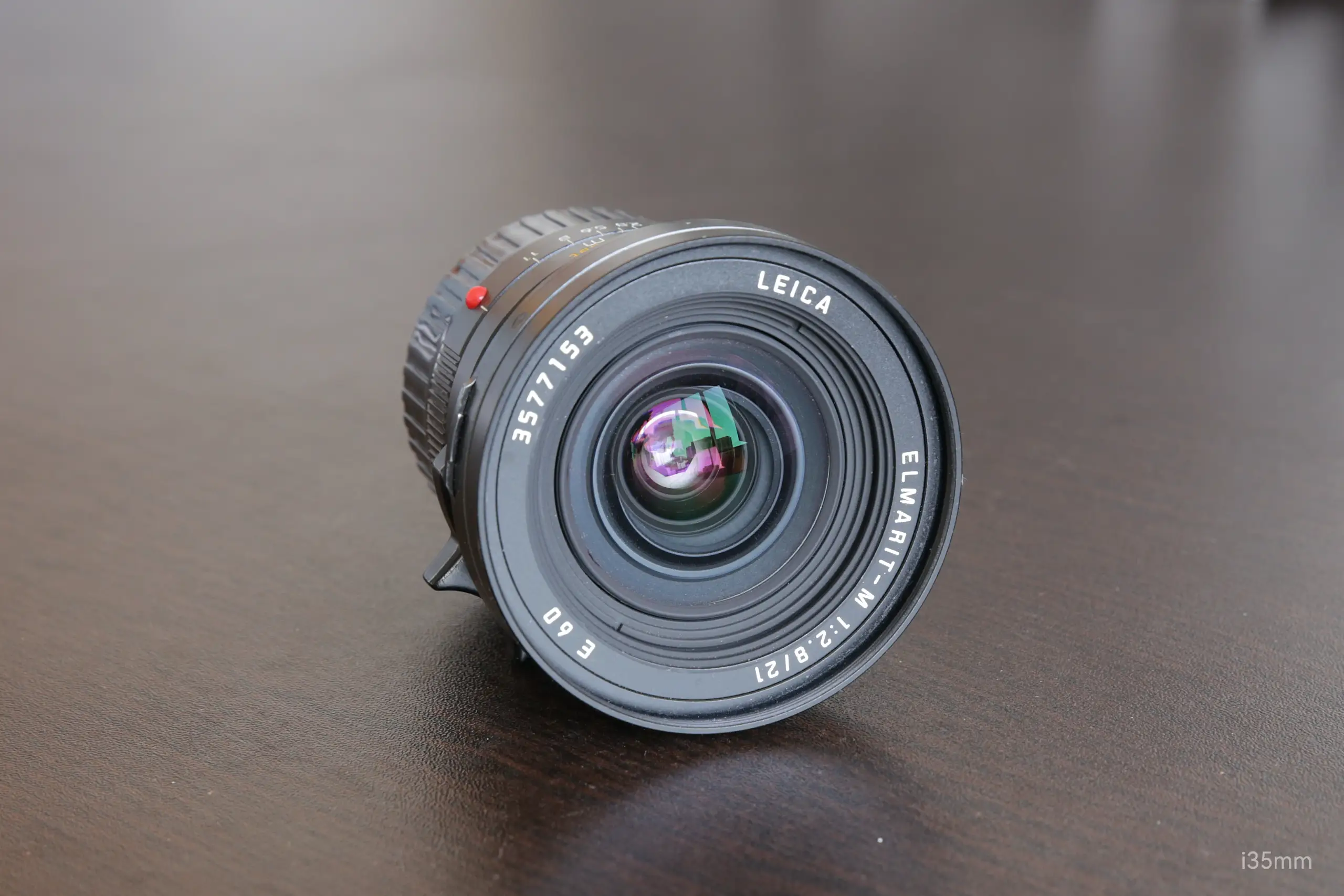
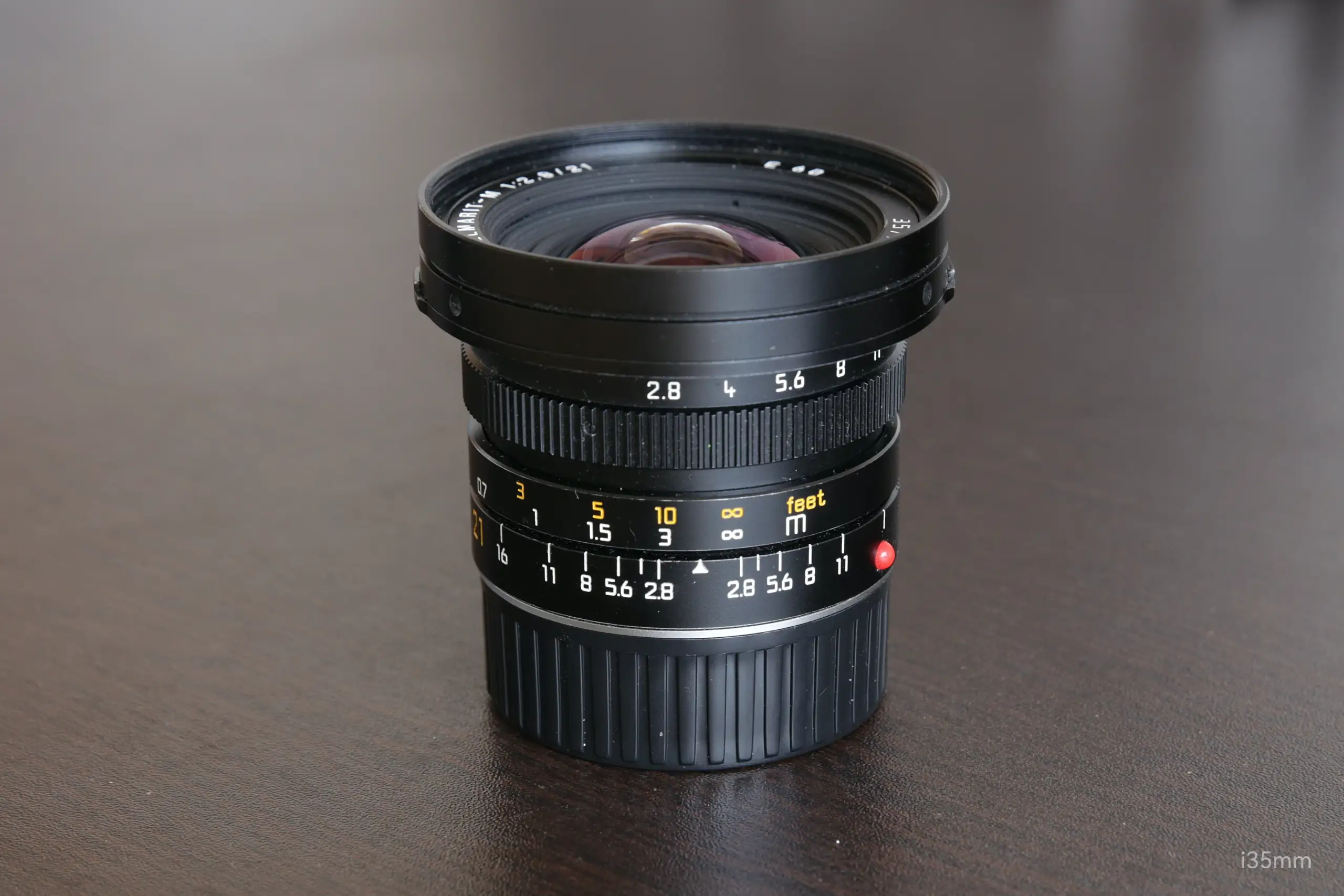
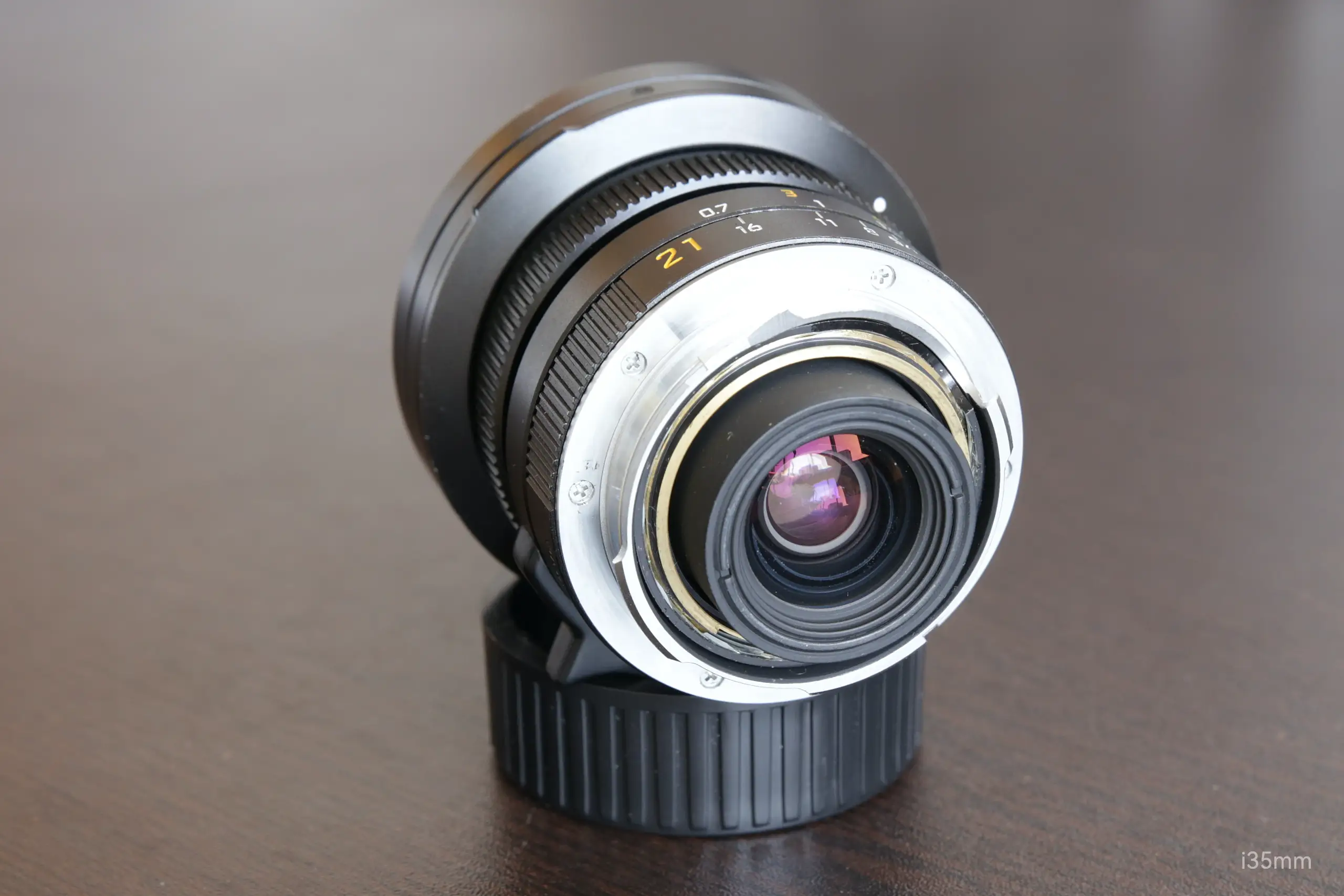
The Leica M8’s Love Affair with the CCD Camera.
When you decide to give up the ccd camera, perhaps unexpectedly, the ccd camera will also quietly leave you. I, on the other hand, am deeply grateful to be able to use the Leica M8 with the Elmarit 21mm f2.8 E60 to take tons of wonderful ccd photos. I can’t wait to tell you that this lens is without a doubt the perfect partner for the Leica M8.
The excellence of the Leica m8.
I firmly believe that the Leica m8 is an exceptional camera. In these challenging times of full-frame ccd technology, Leica’s aps-h format for the m8 shows significant advantages over the aps-c format of common DSLRs. Admittedly, not being full-frame, the camera loses some of the lens’s field of view in use, but the APS-H’s 1.33 equivalent conversion makes a 21 mm lens equivalent to 28 mm and manages to capture the best image quality areas of a 21 mm lens. As a result, film shot with the Leica M8 has a very high degree of sharpness.
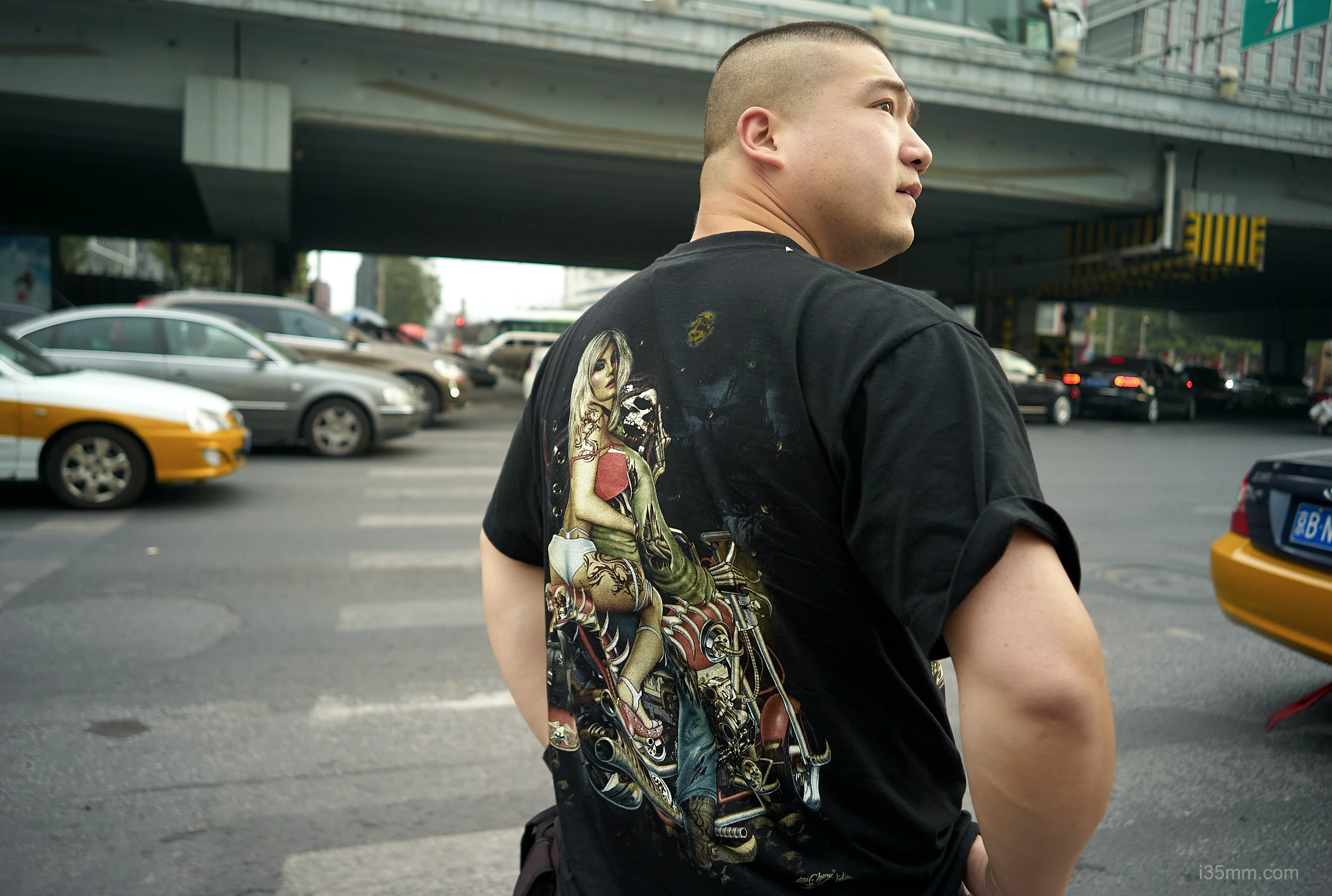
The lens is a wonderful match for the m8.
When this lens is combined with the m8, the results are extremely impressive. Not only are the colors vibrant, but the sharpness is excellent. I am in love with its colors, which in my opinion are even more captivating than the Leica Elmarit 21mm asph version .
How the lens performs on the M8 vs. M9.
Half of the time this lens was mounted and used on the m9, the other half of the time it was mounted on the m8. I was actually more impressed with the color performance on the M8. Although it’s hard for me to say exactly why, it always seemed to me that the m8’s ccd was able to show its color appeal more fully.
Street photography is like a solo trip, in this field some people recognize the 35mm lens, while others prefer the 28mm lens. I, on the other hand, don’t get hung up on which lens to use. I have always believed that photographers should be willing to experiment. In fact, this 21mm lens with the Leica M8 is my favorite combination. I love it even more than the 28mm lens on the m9, even though they have the same field of view.

